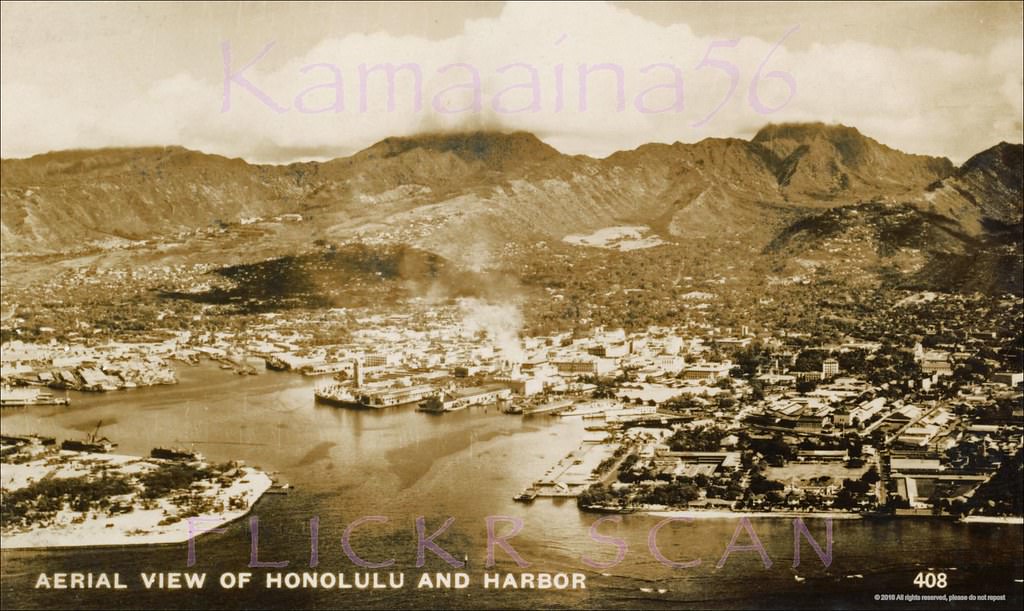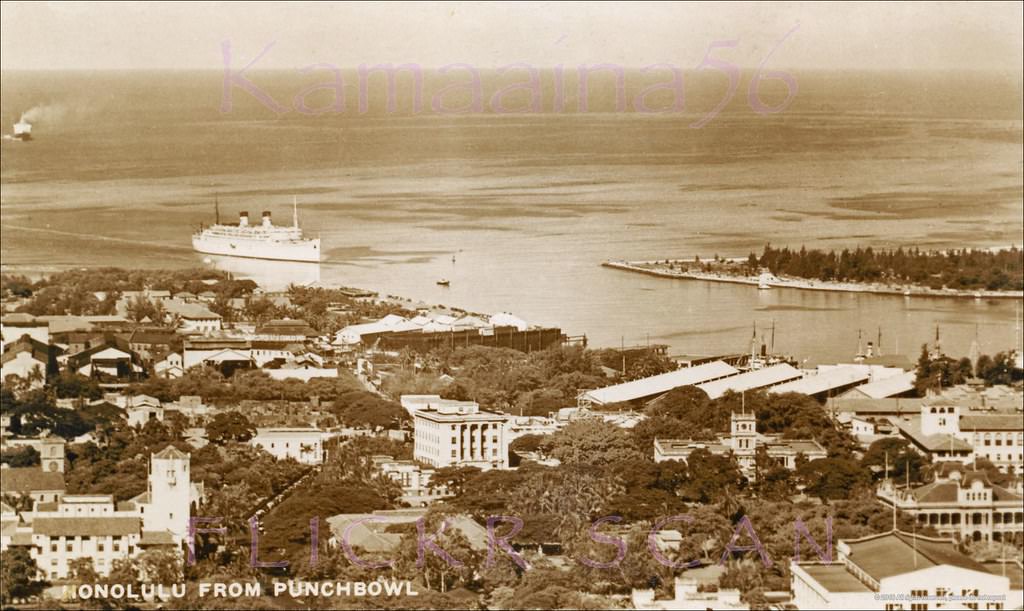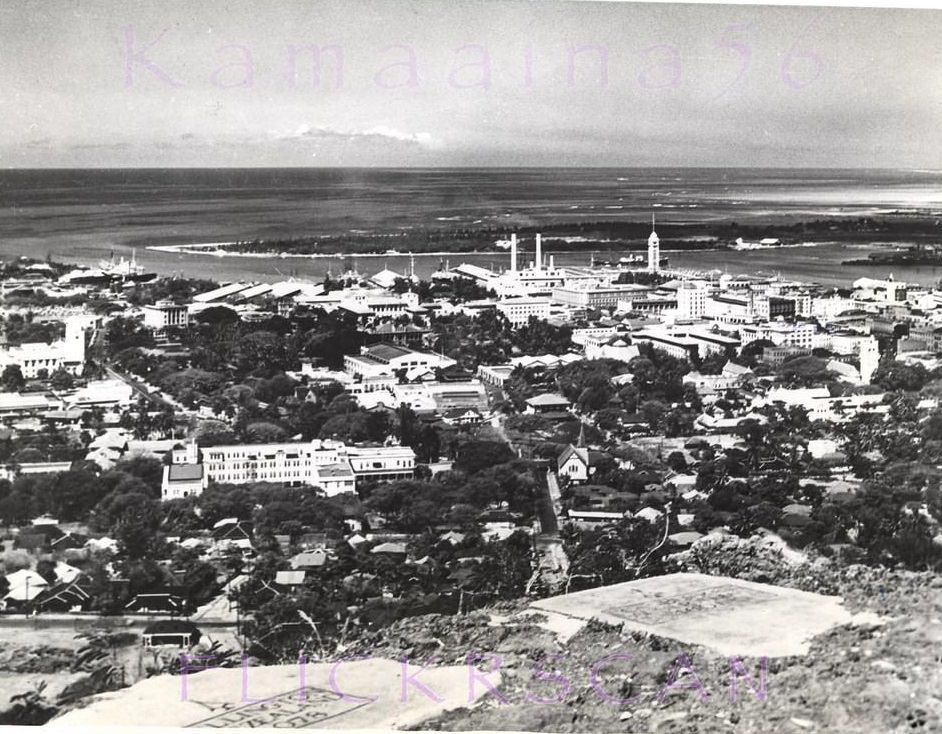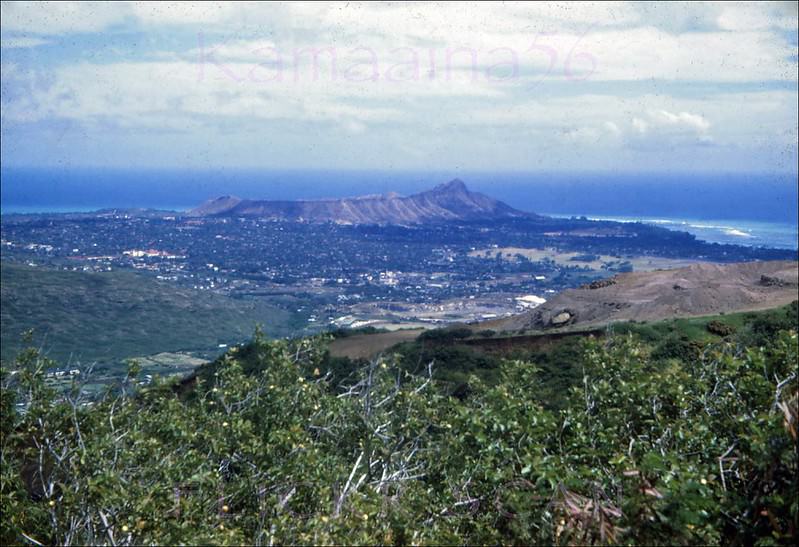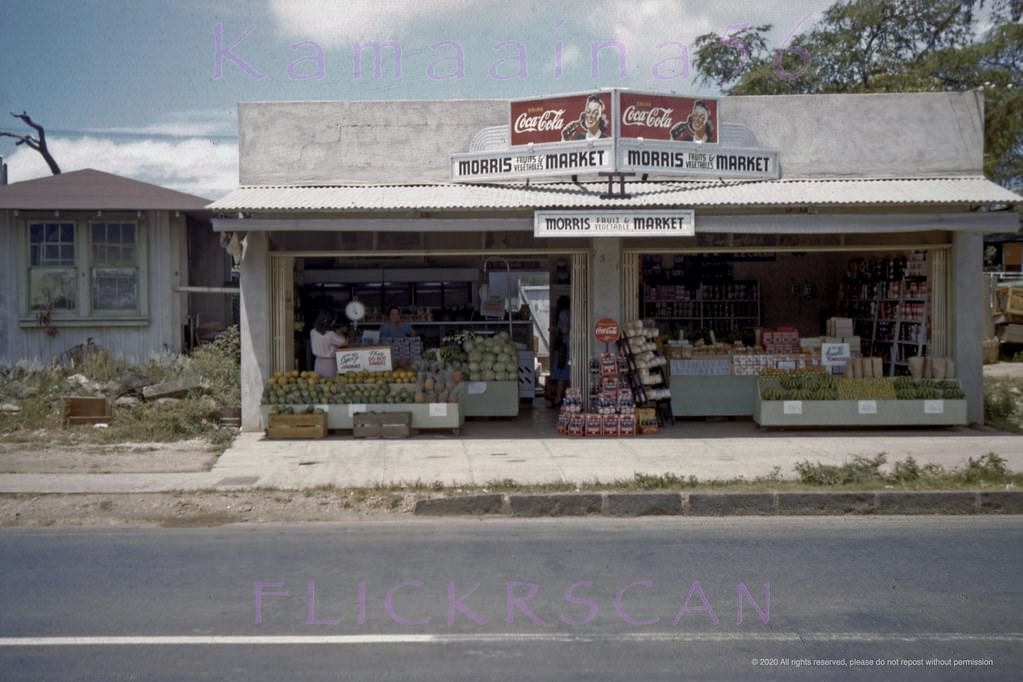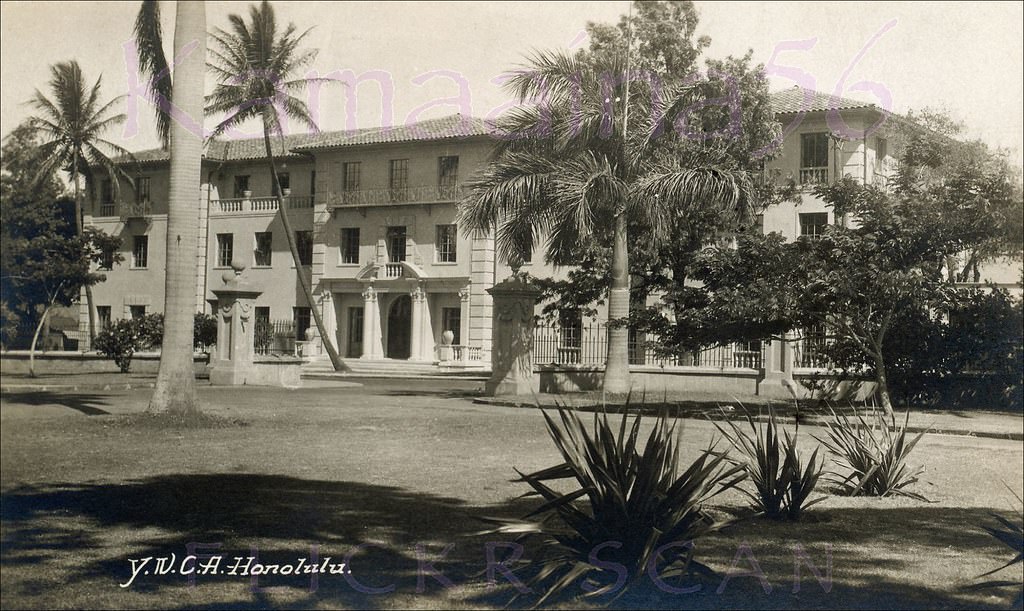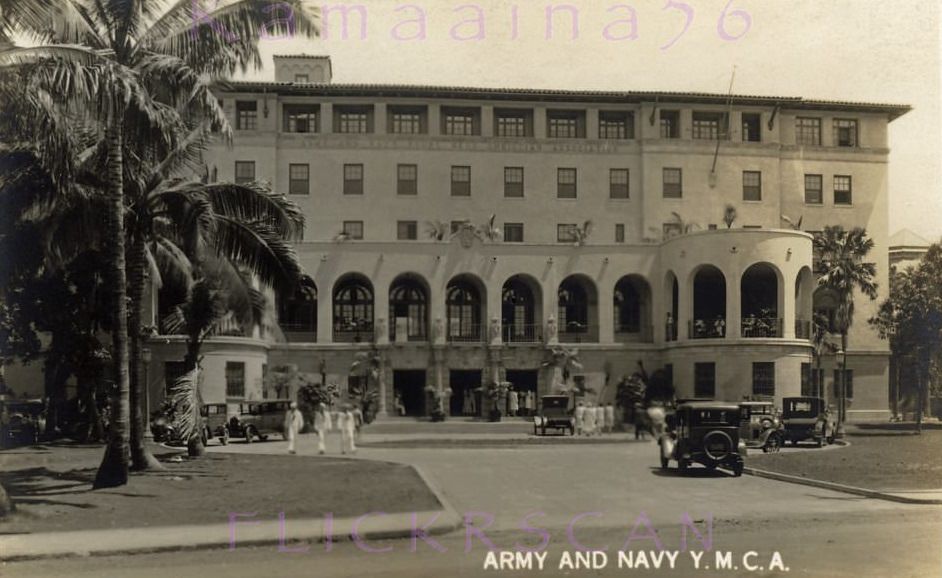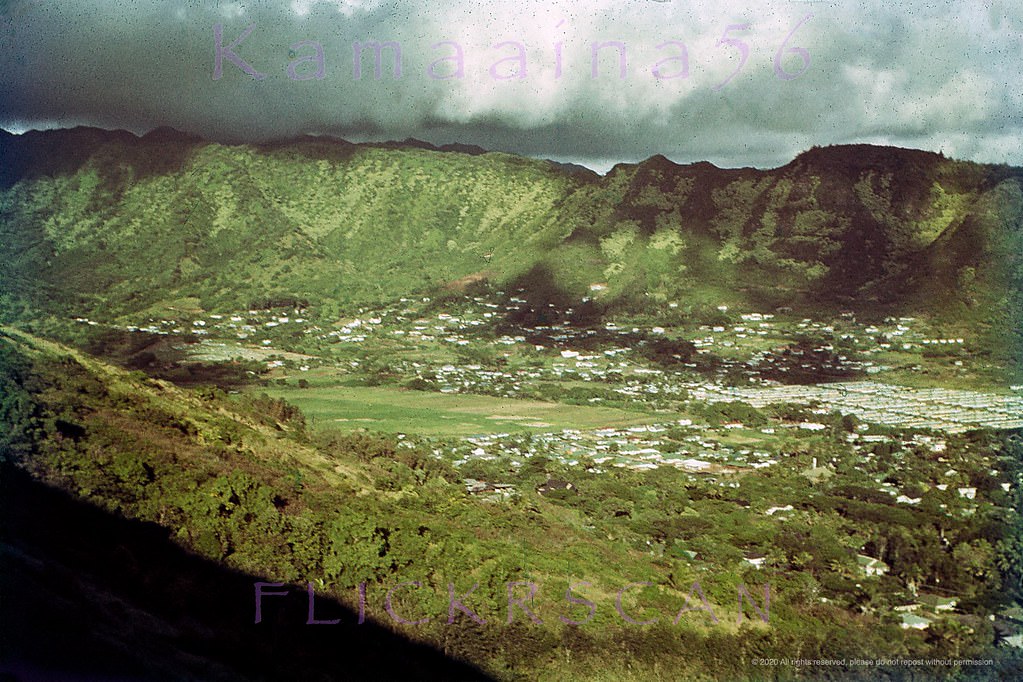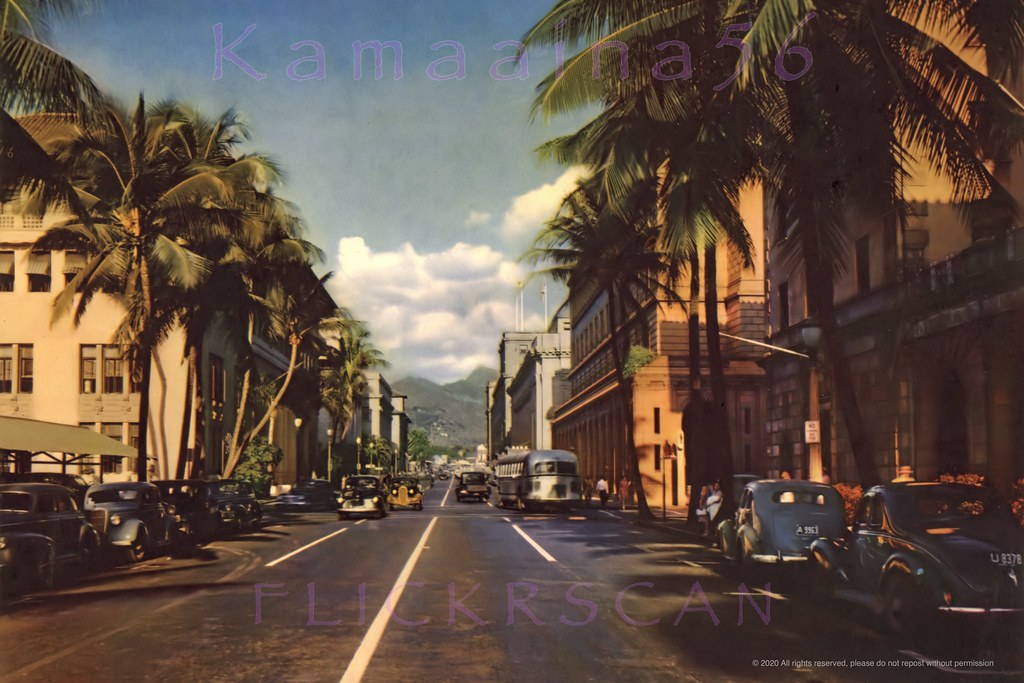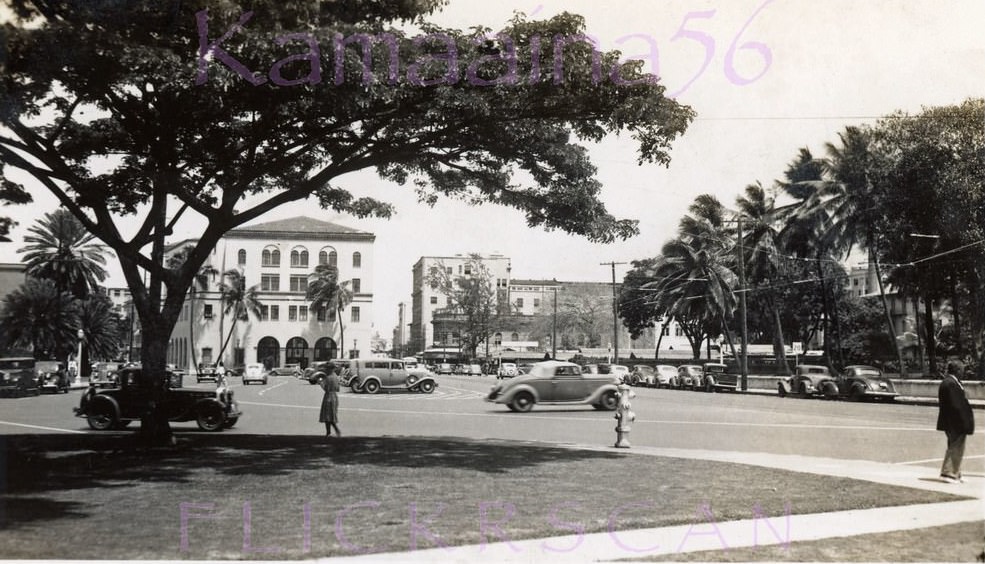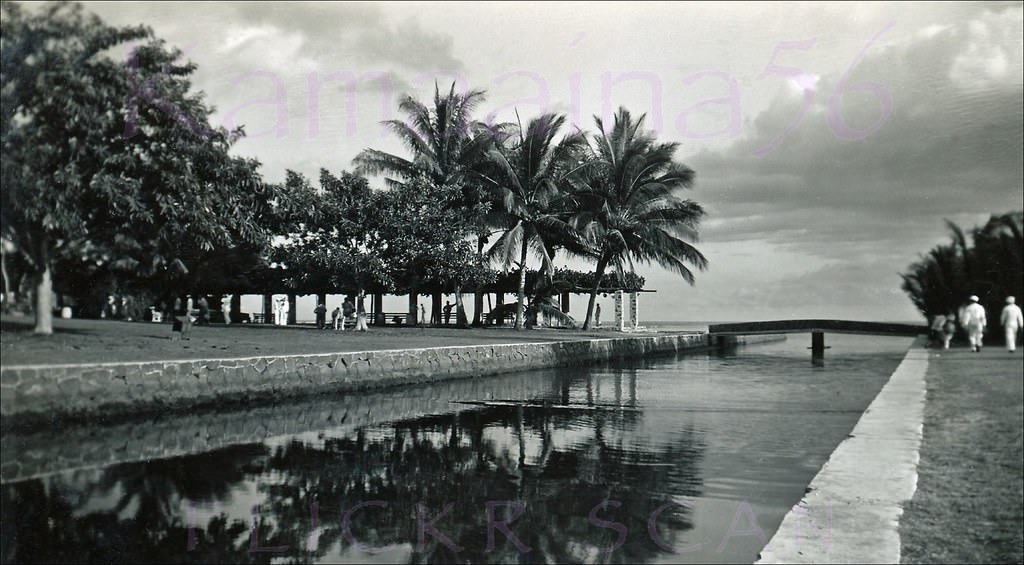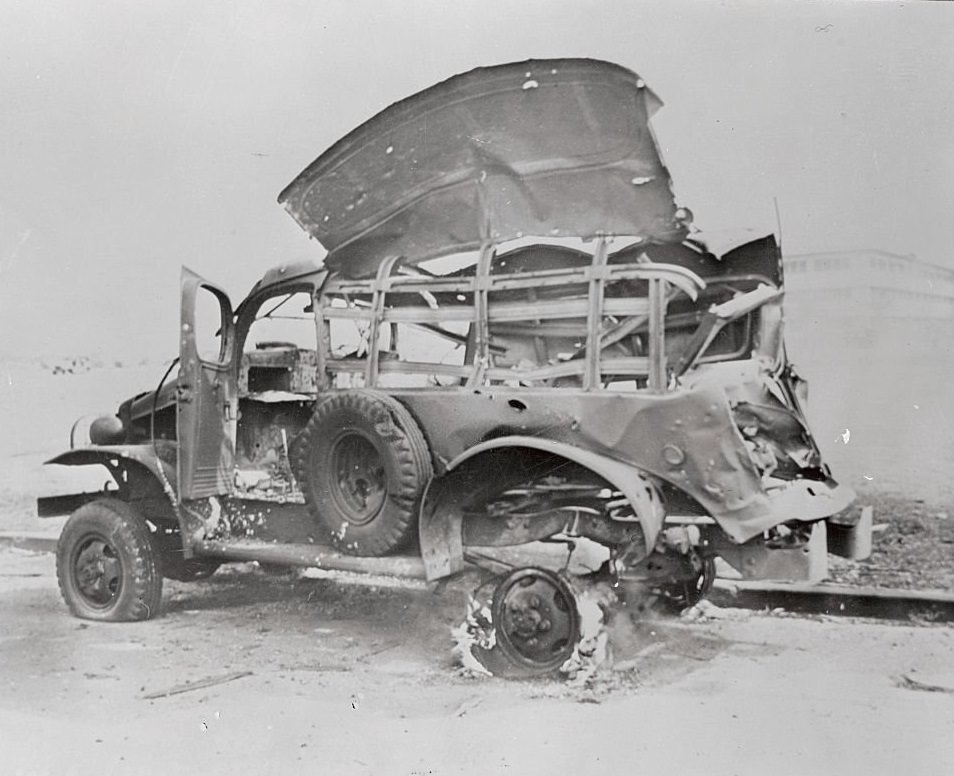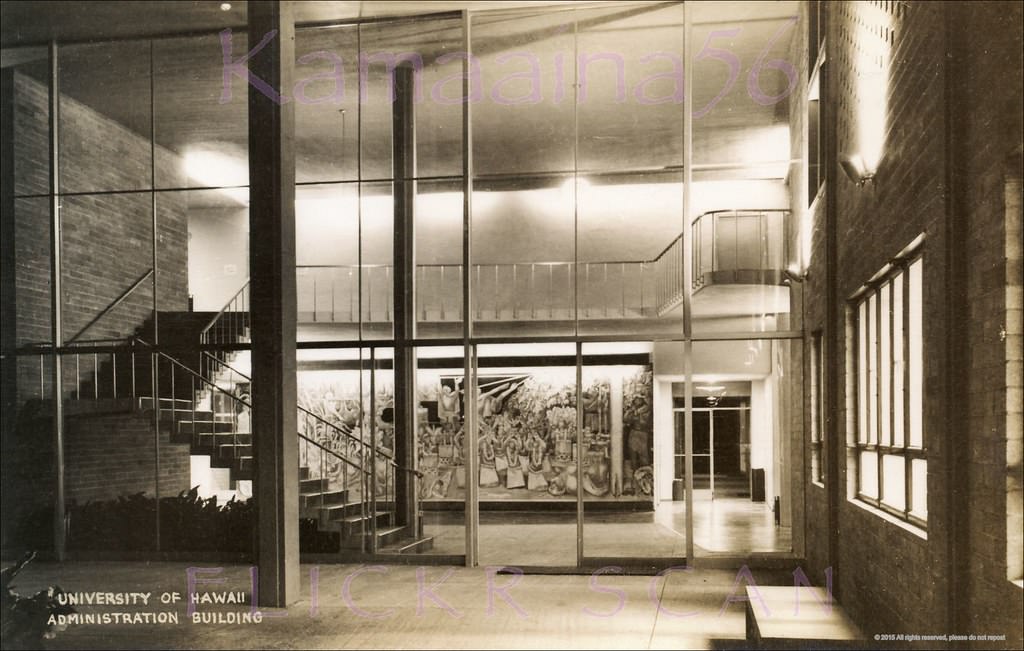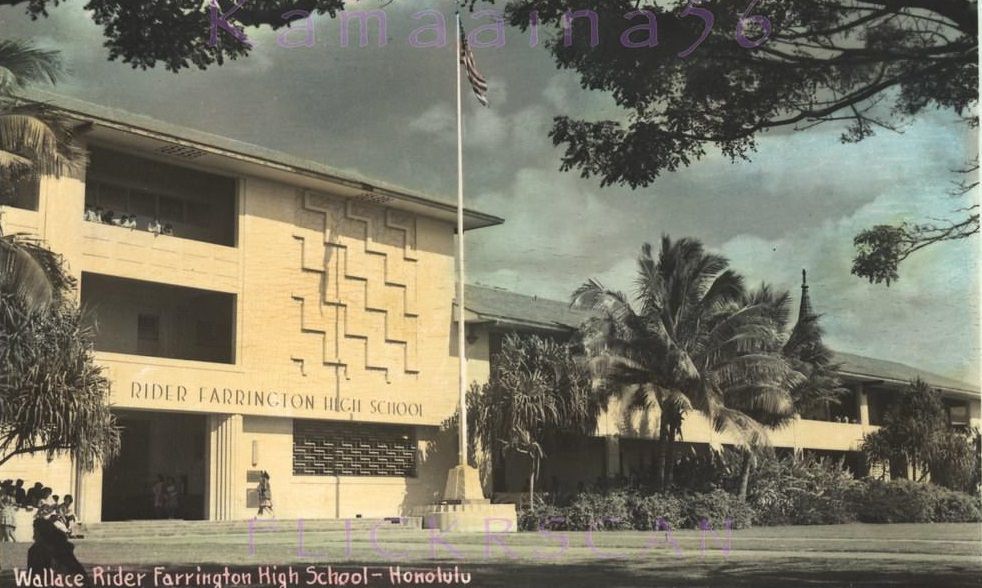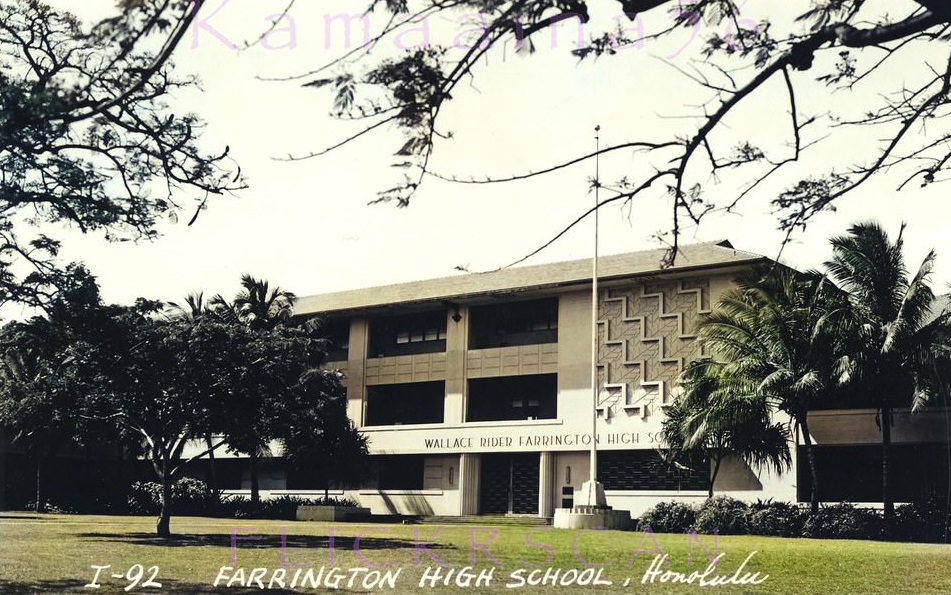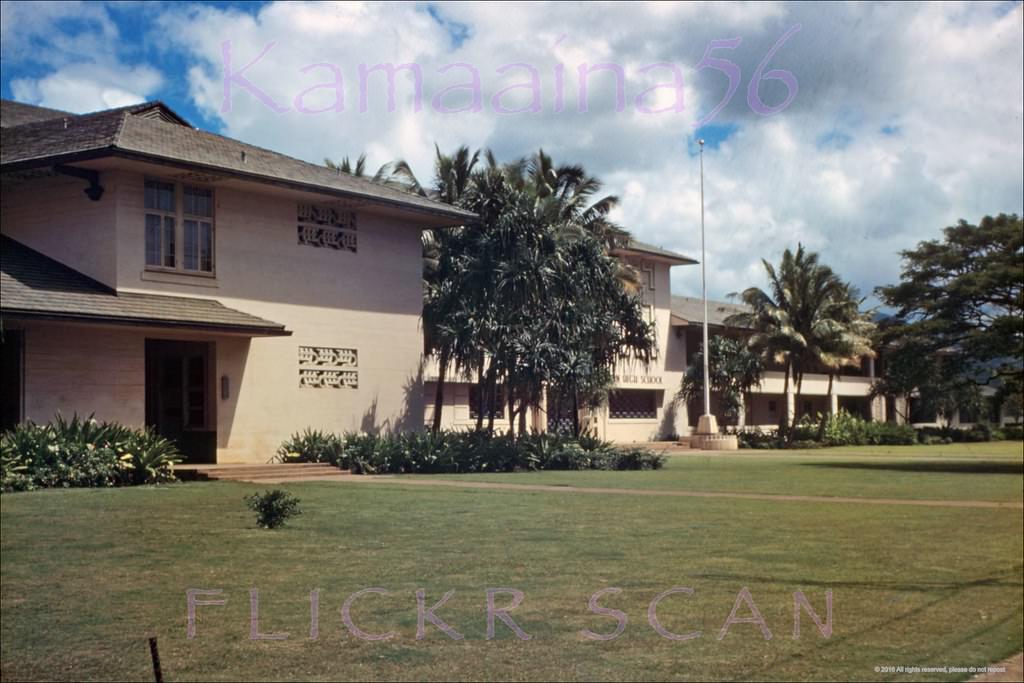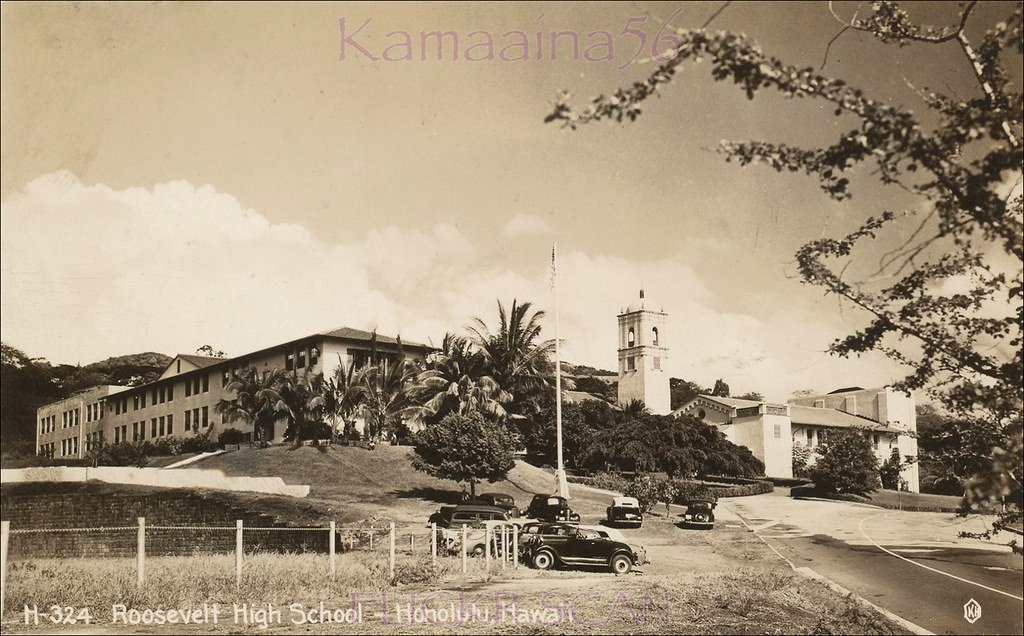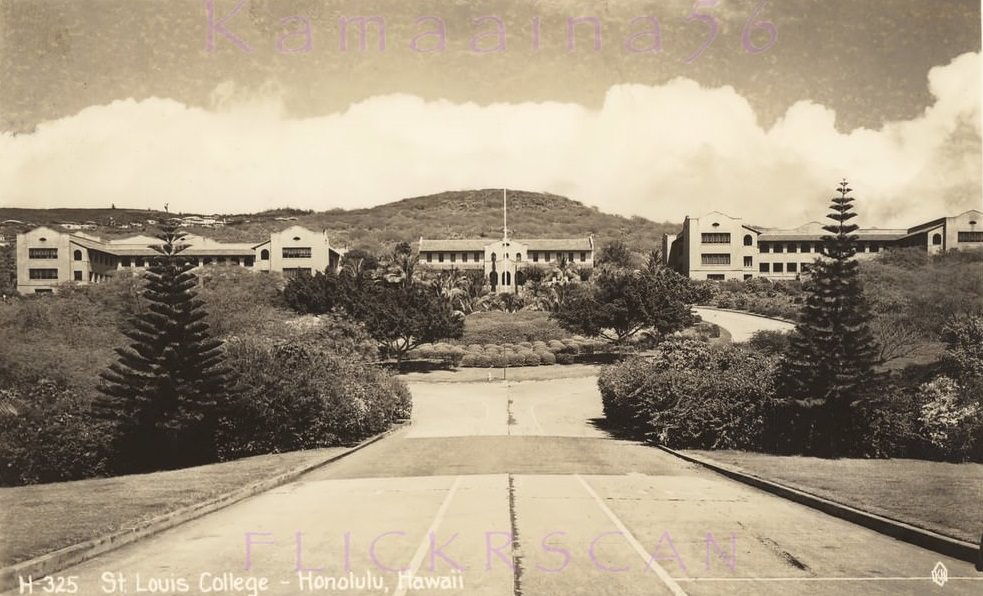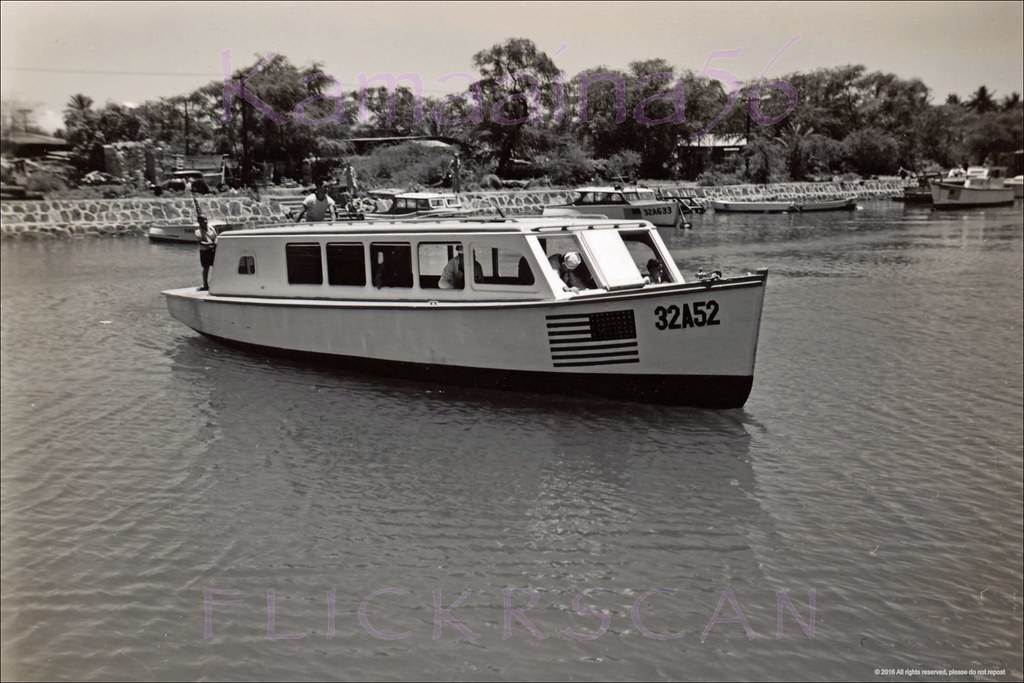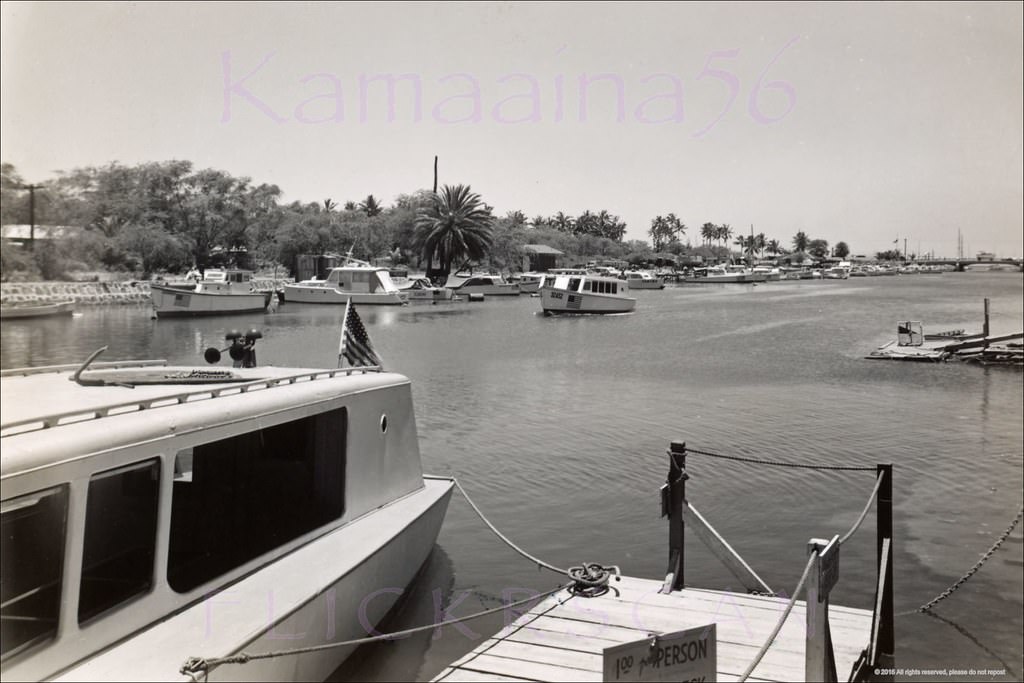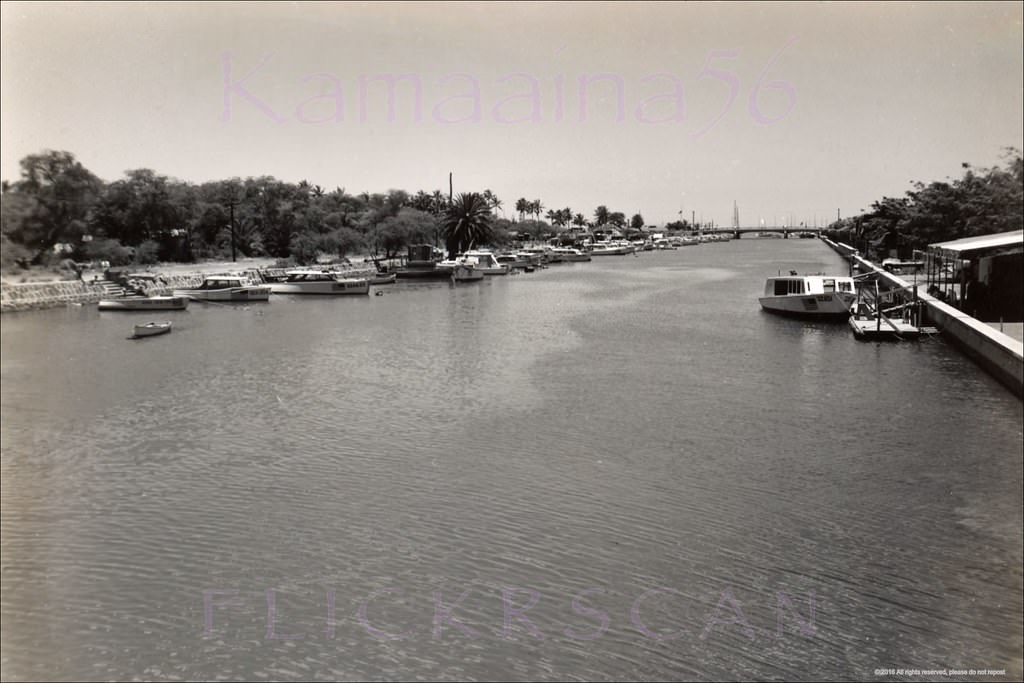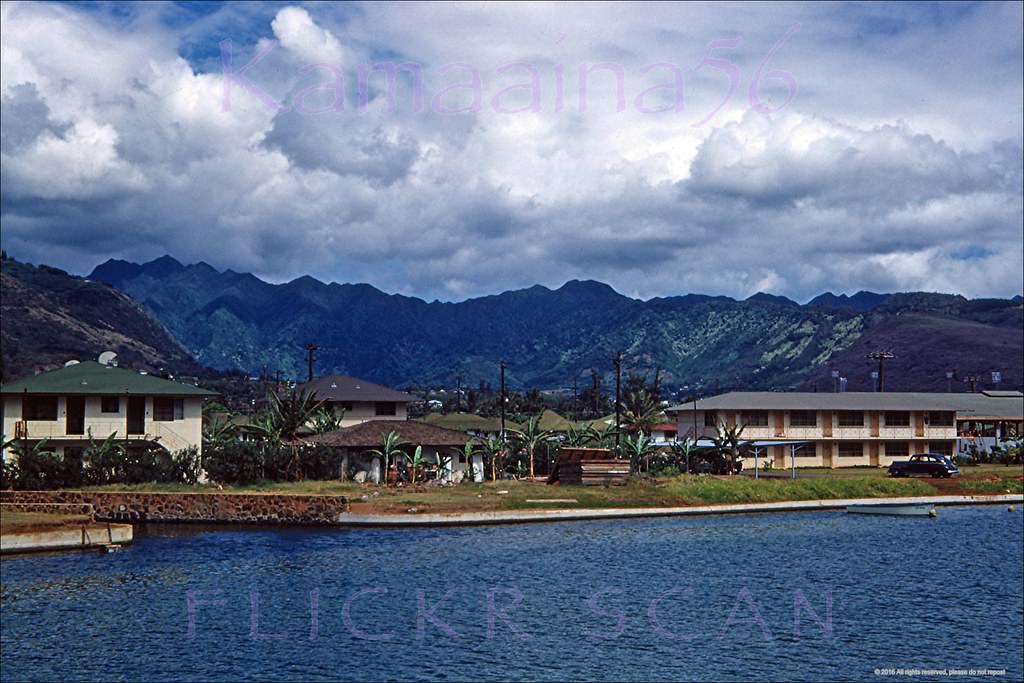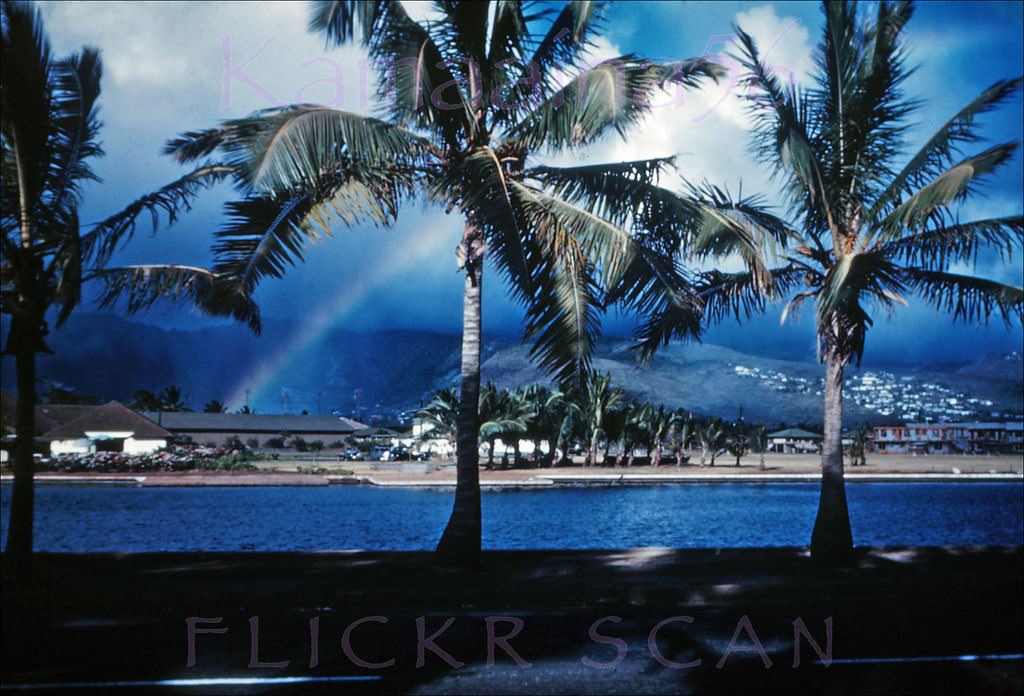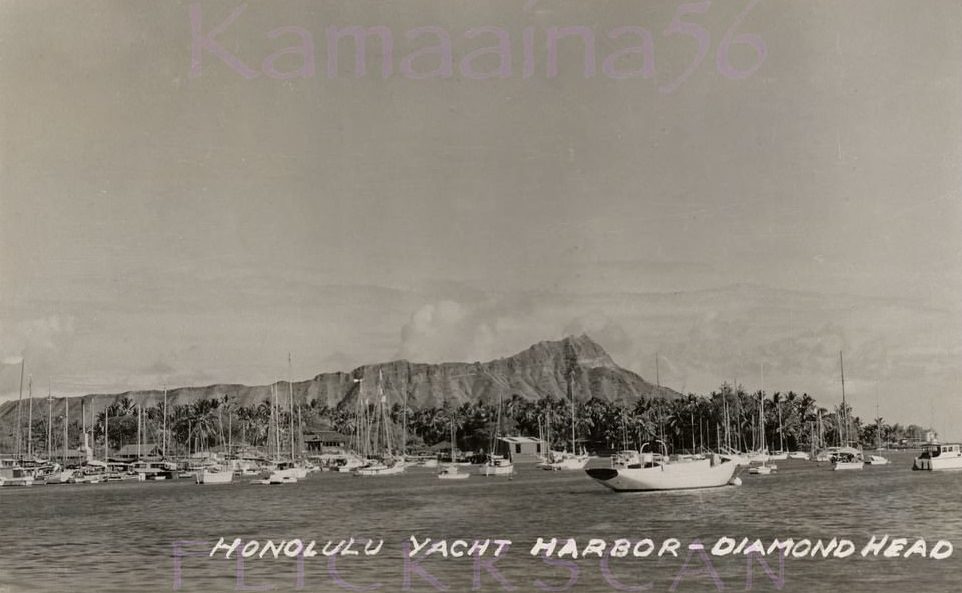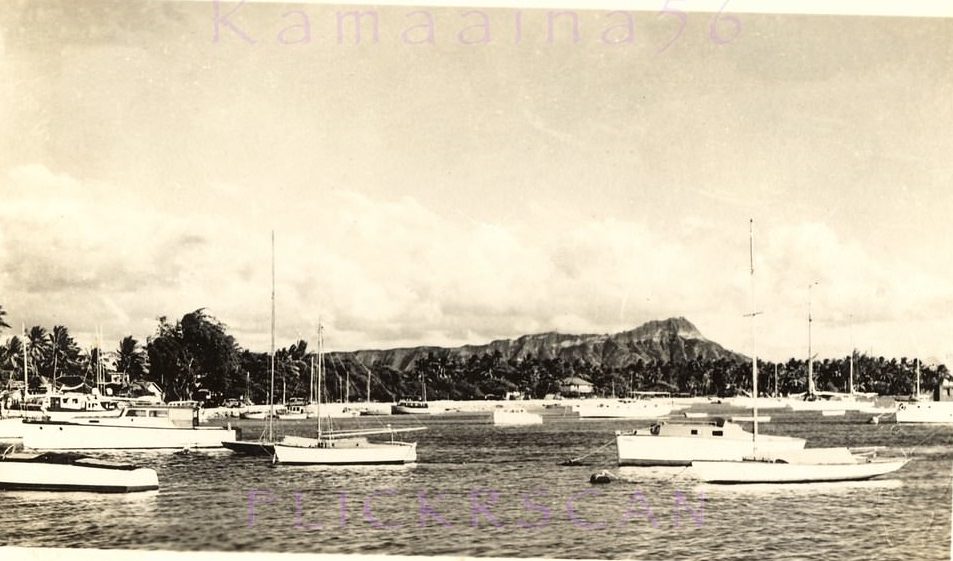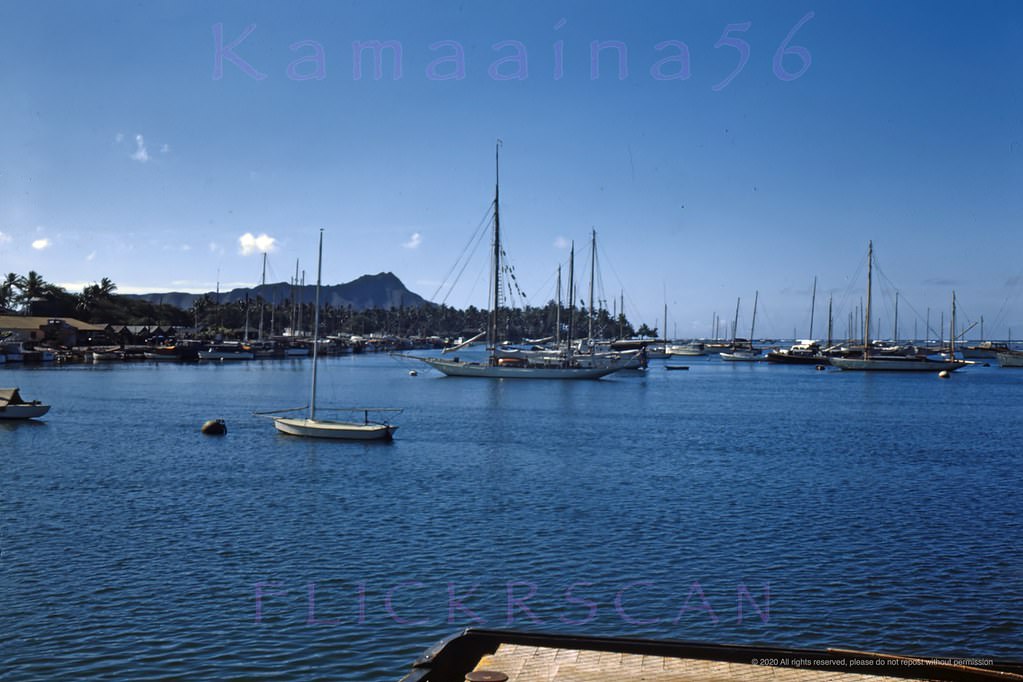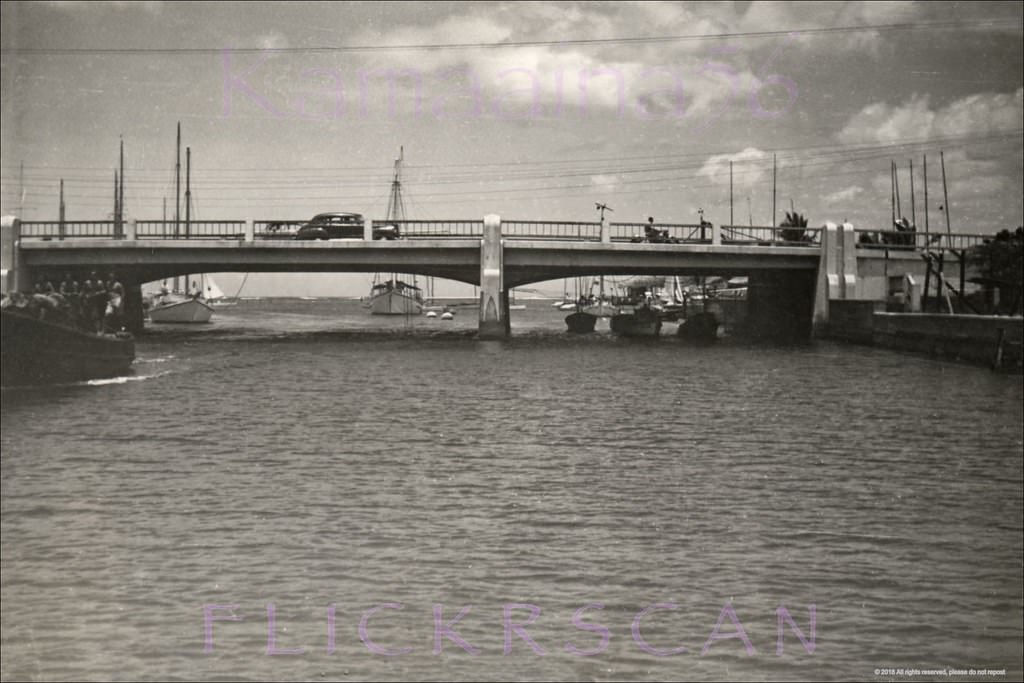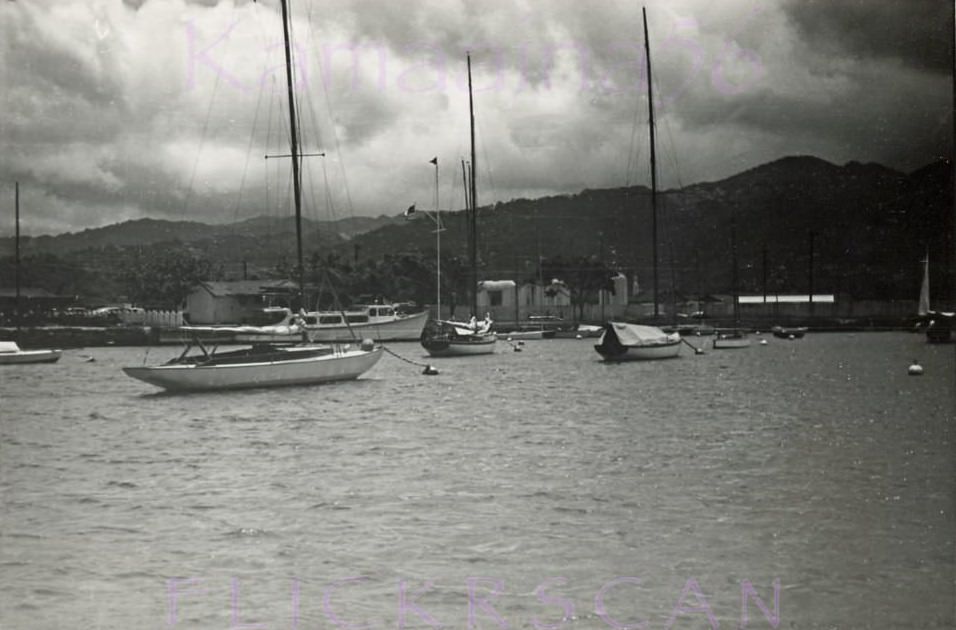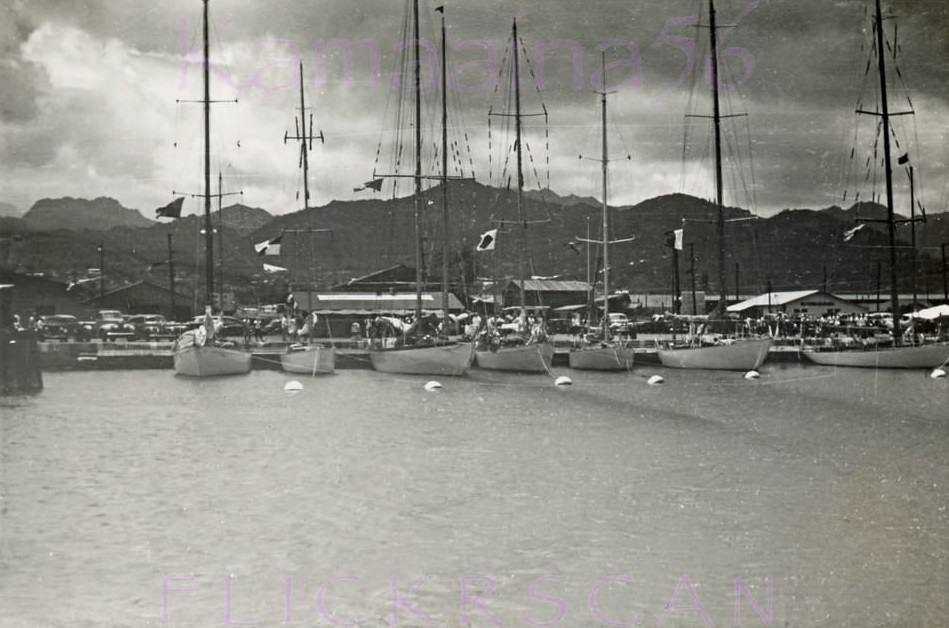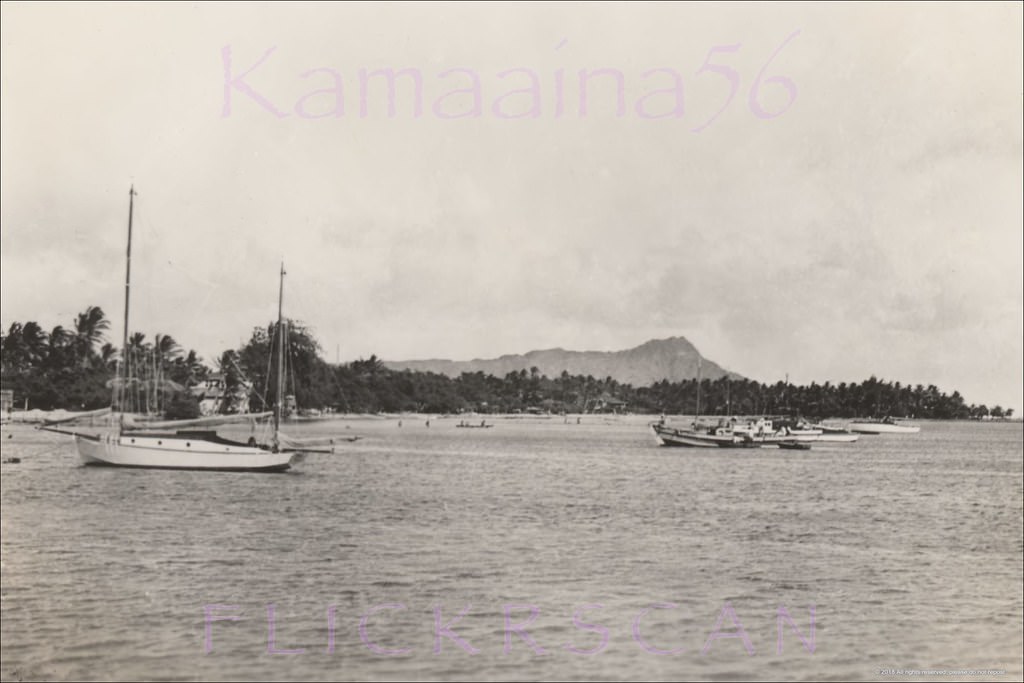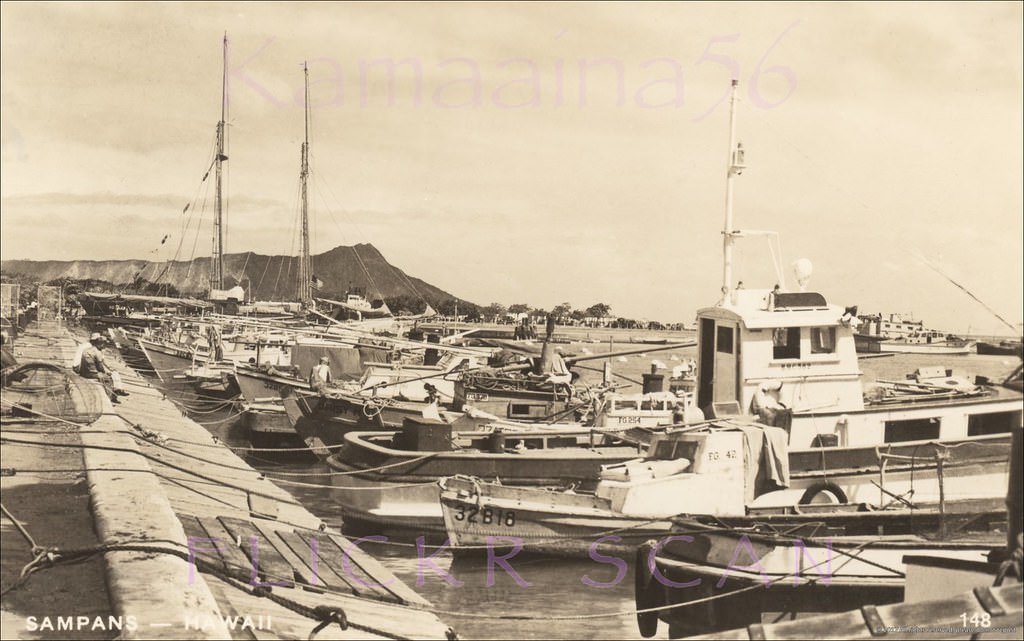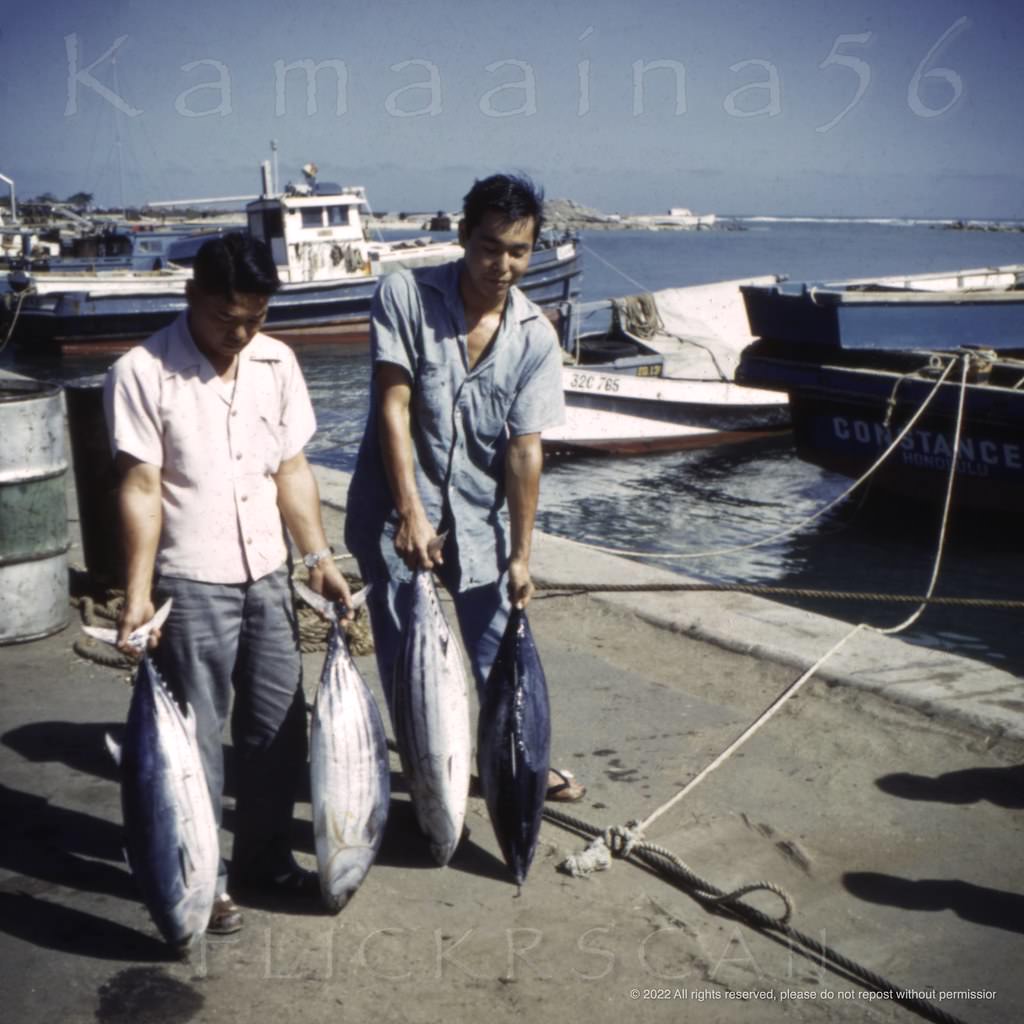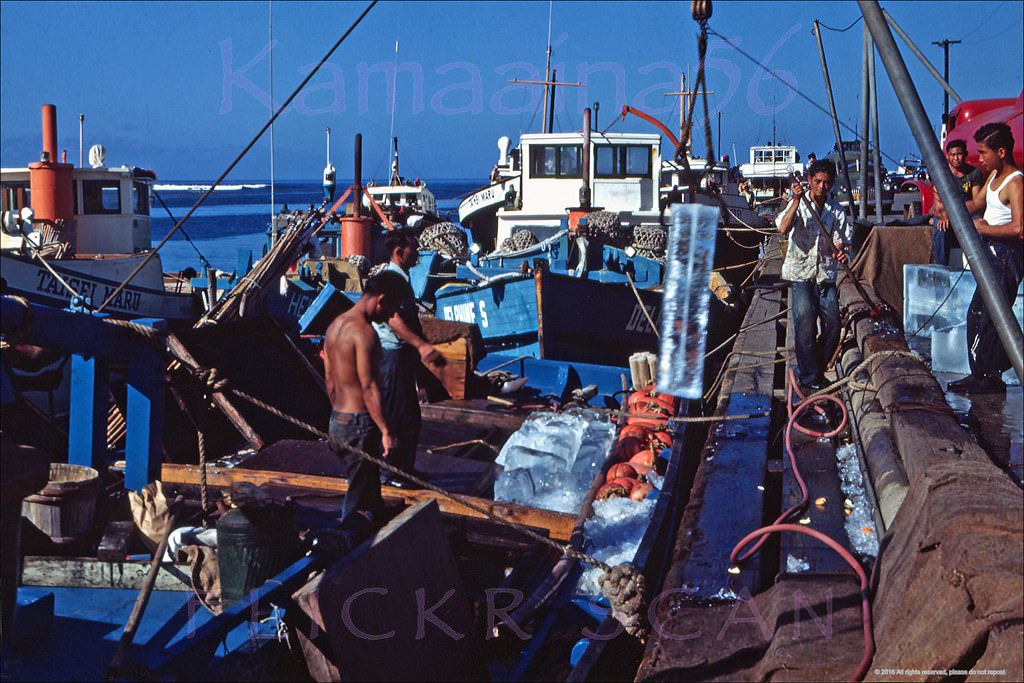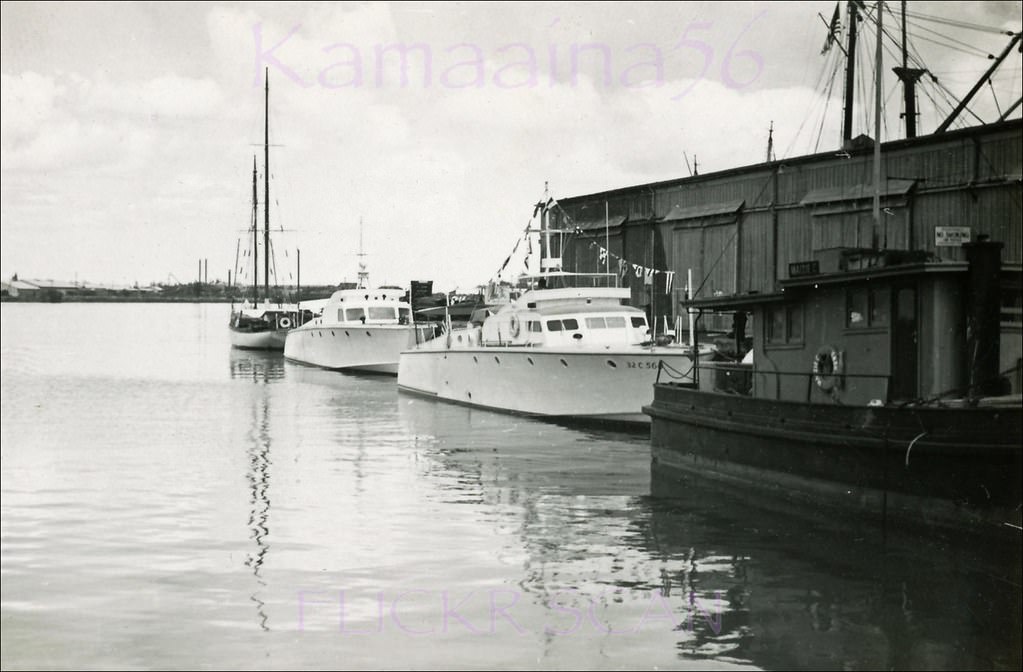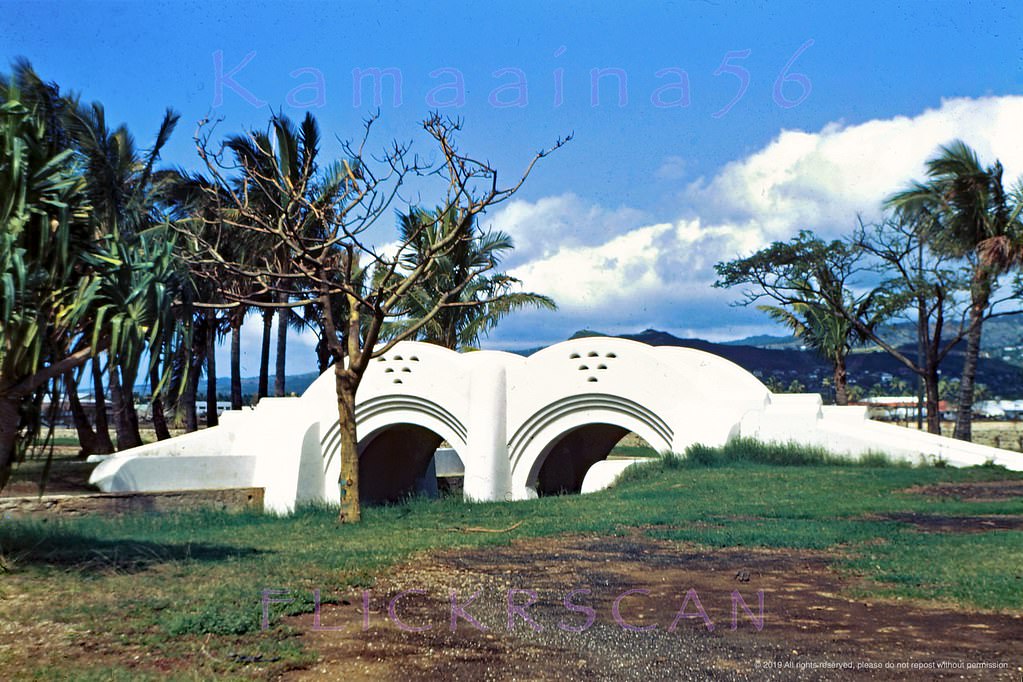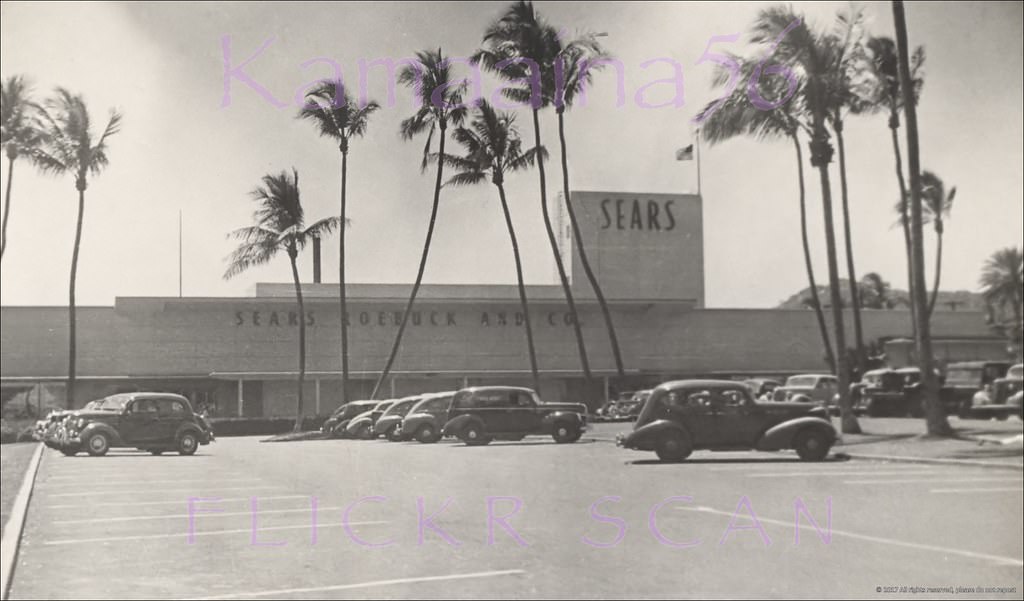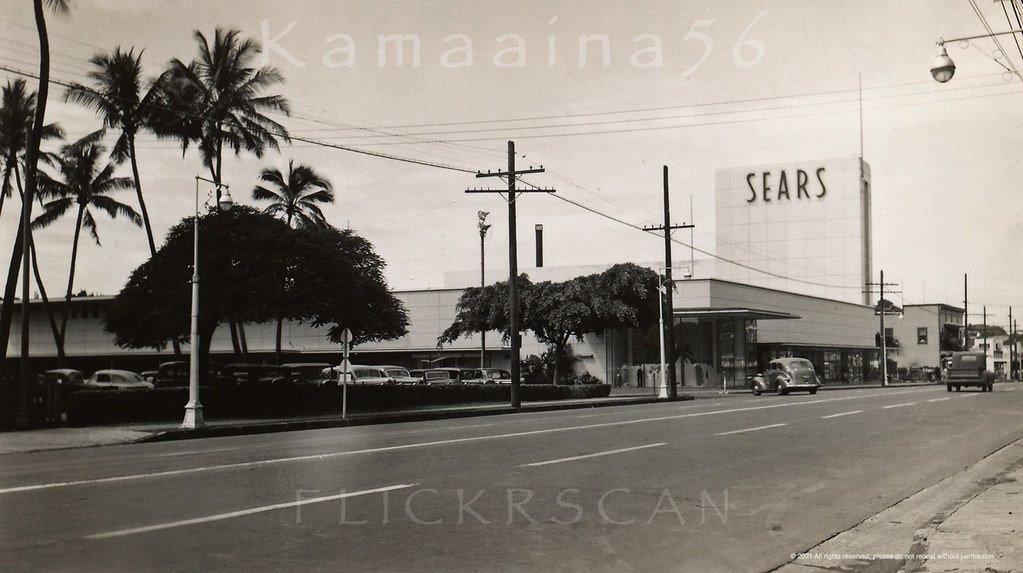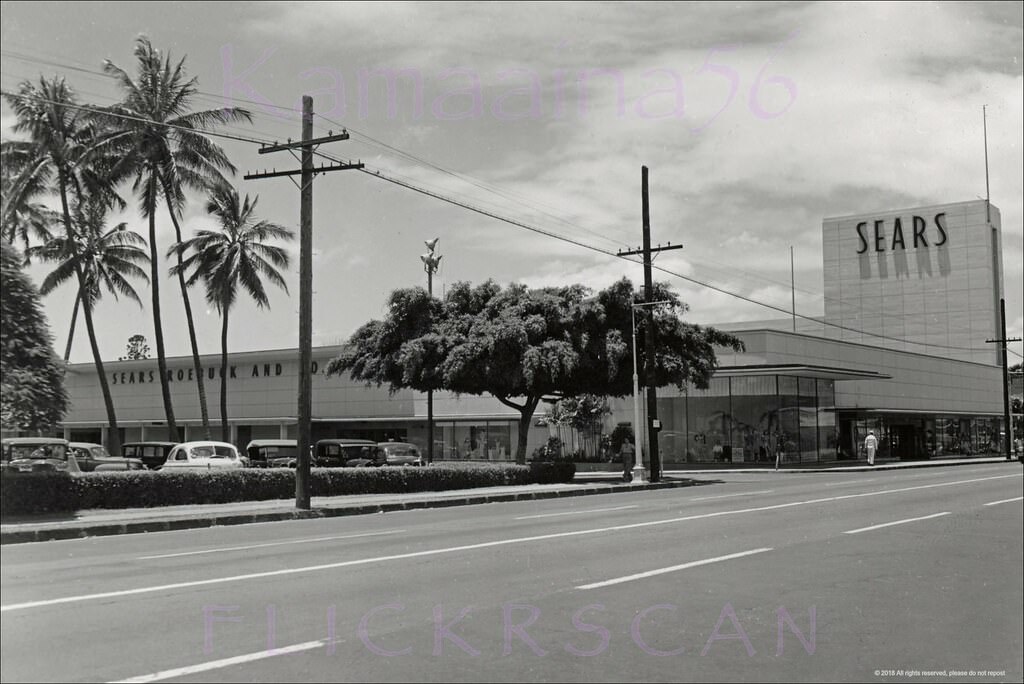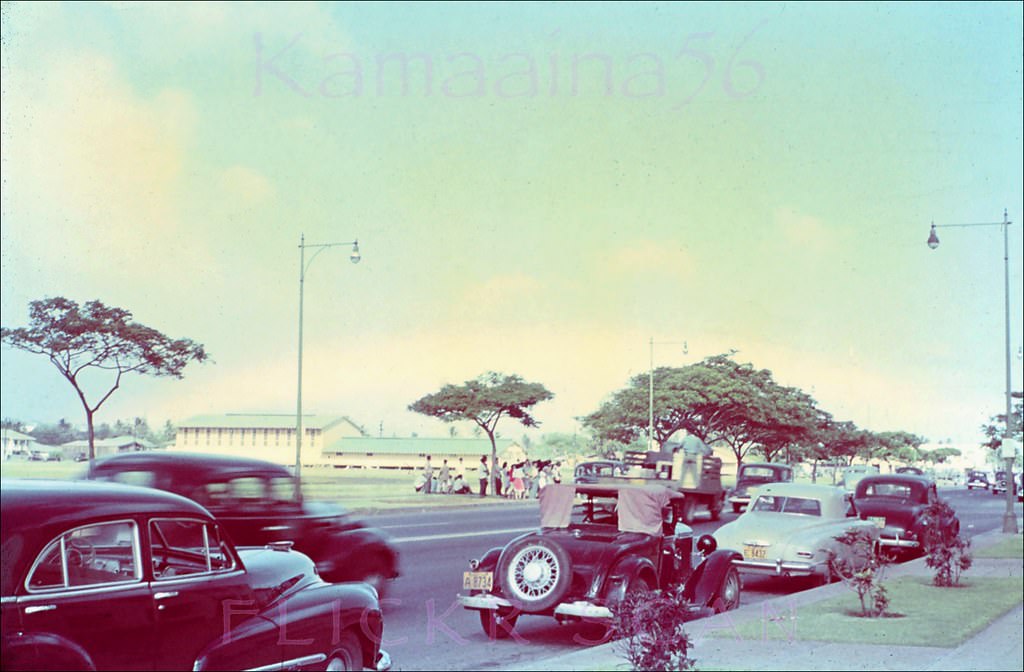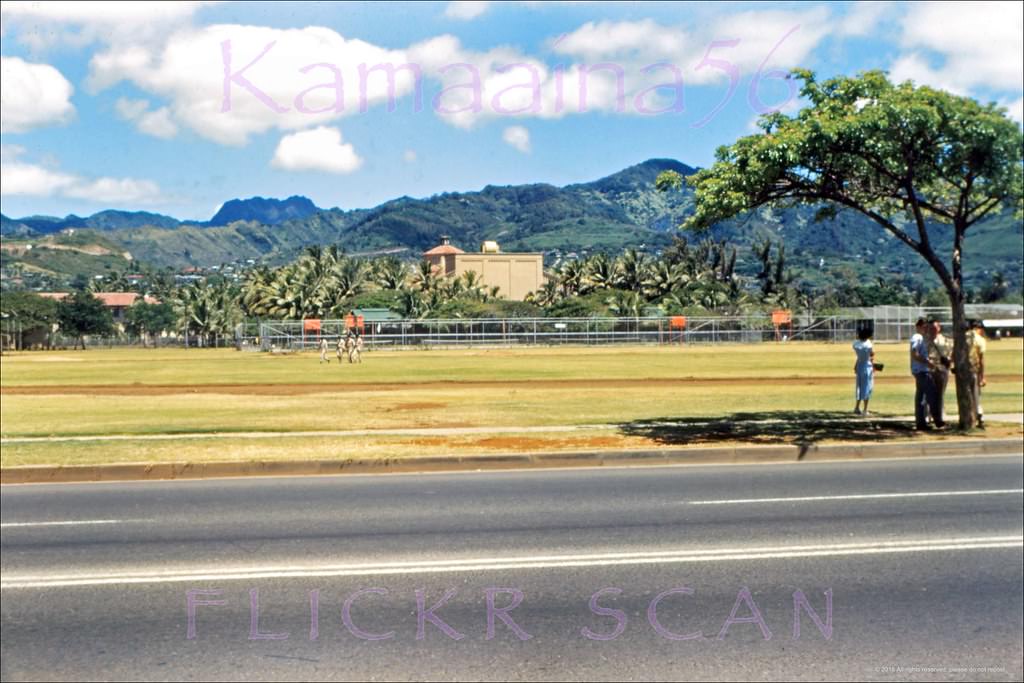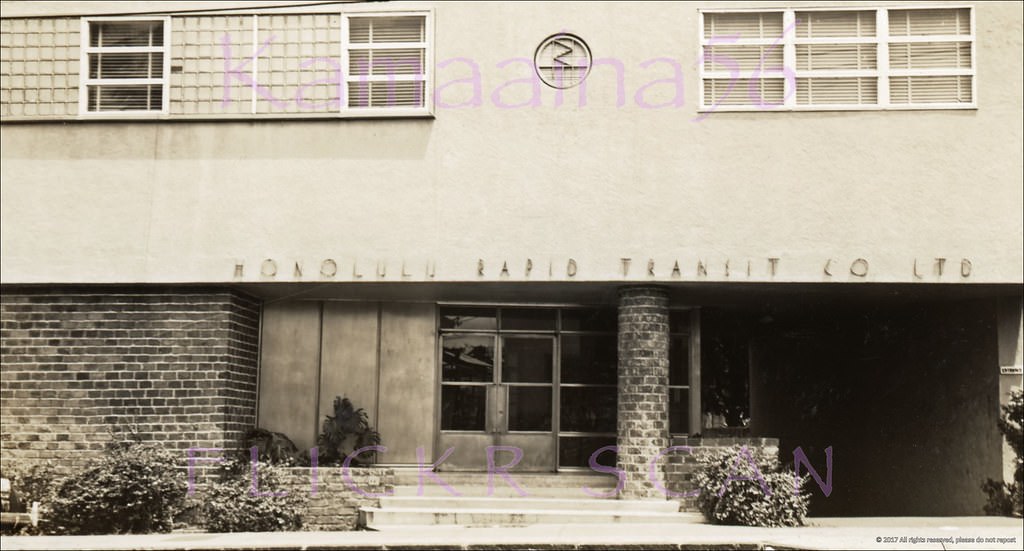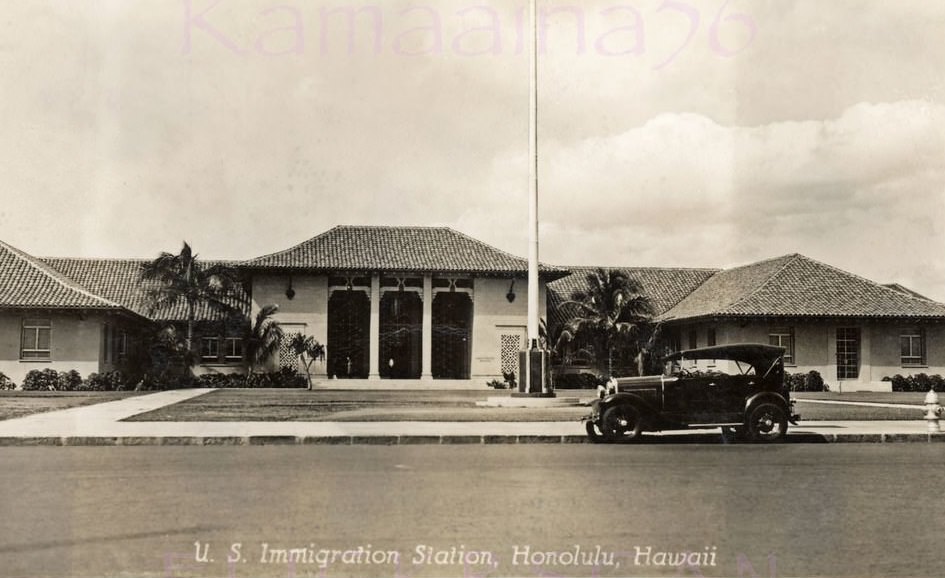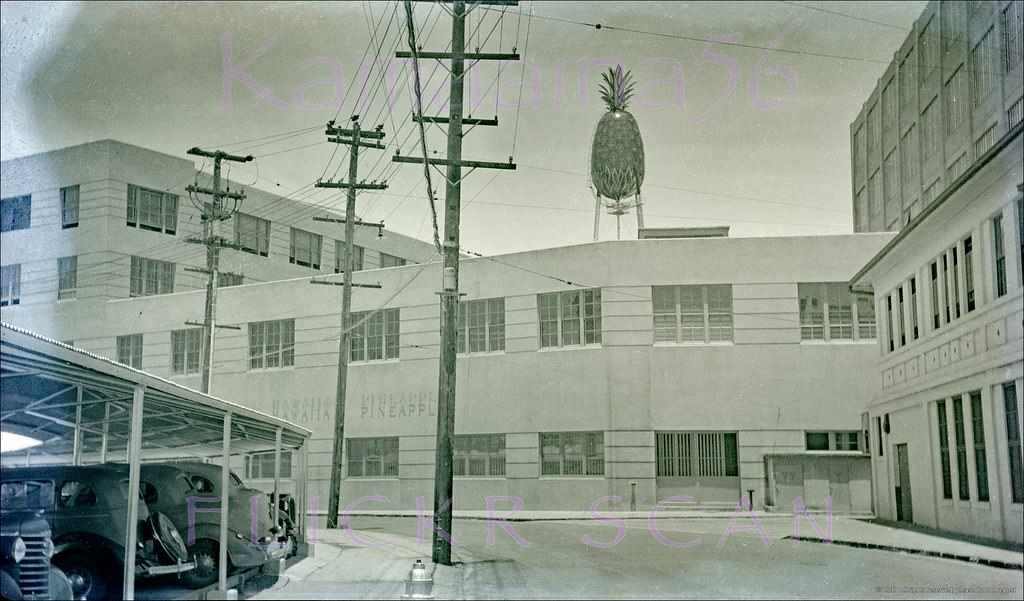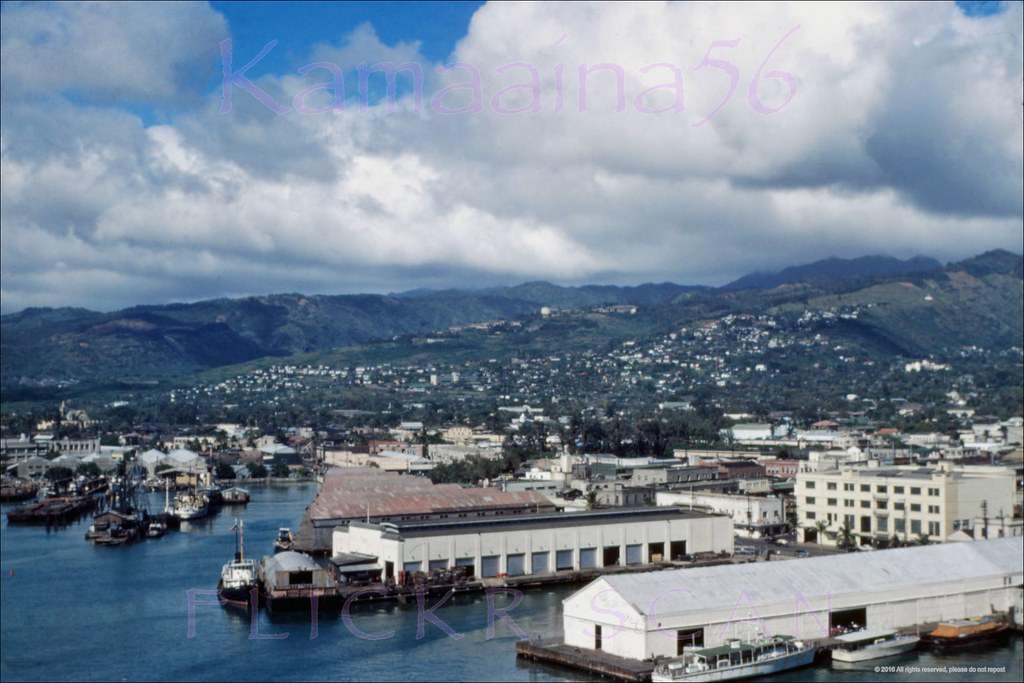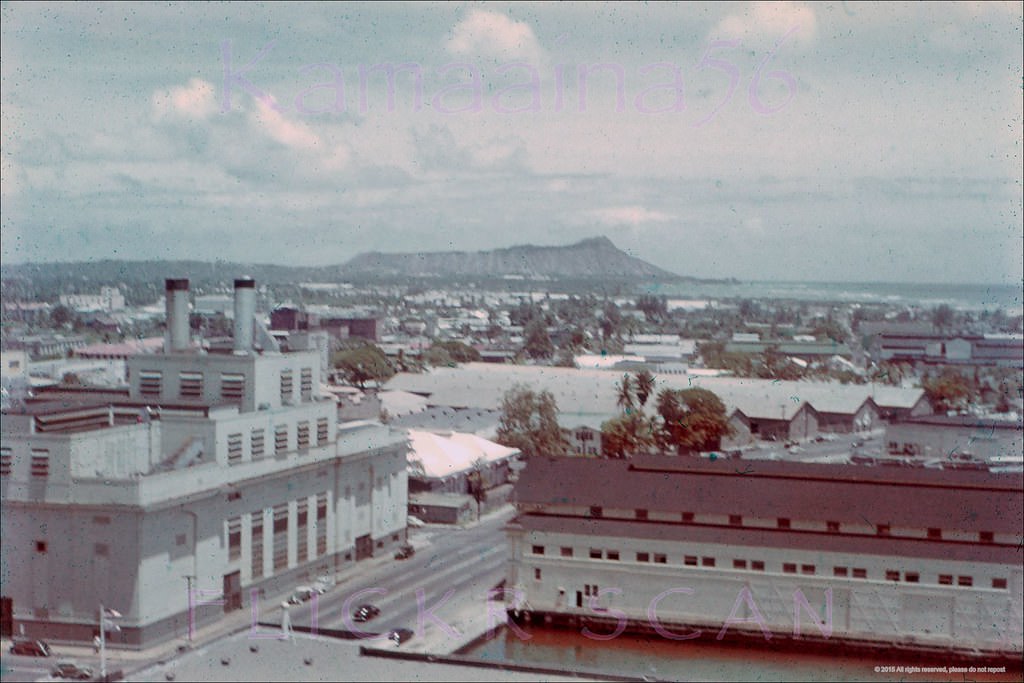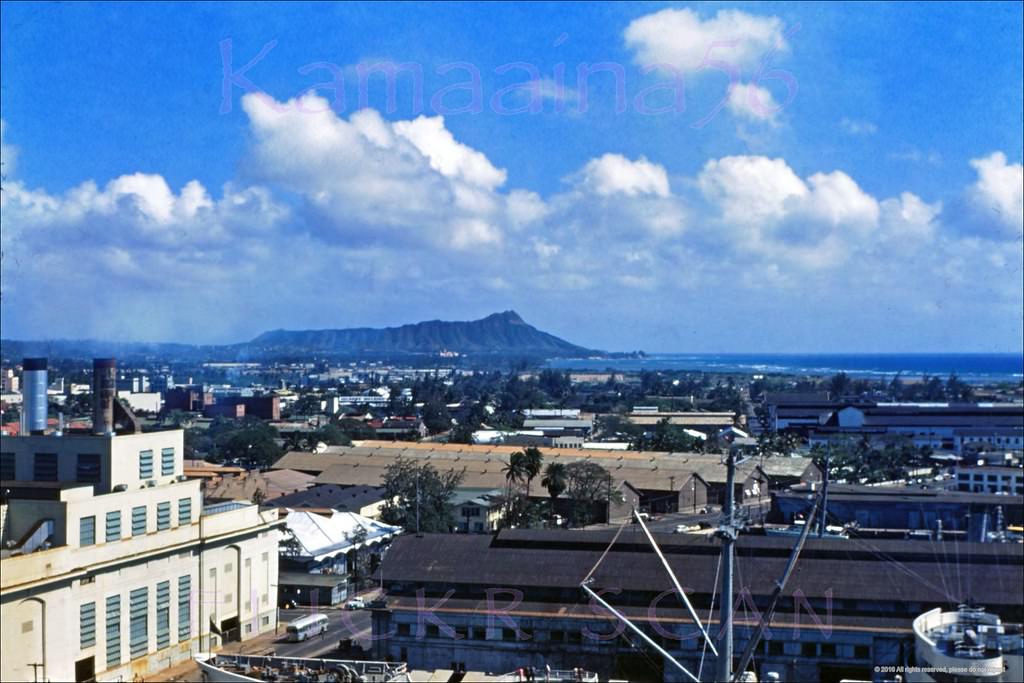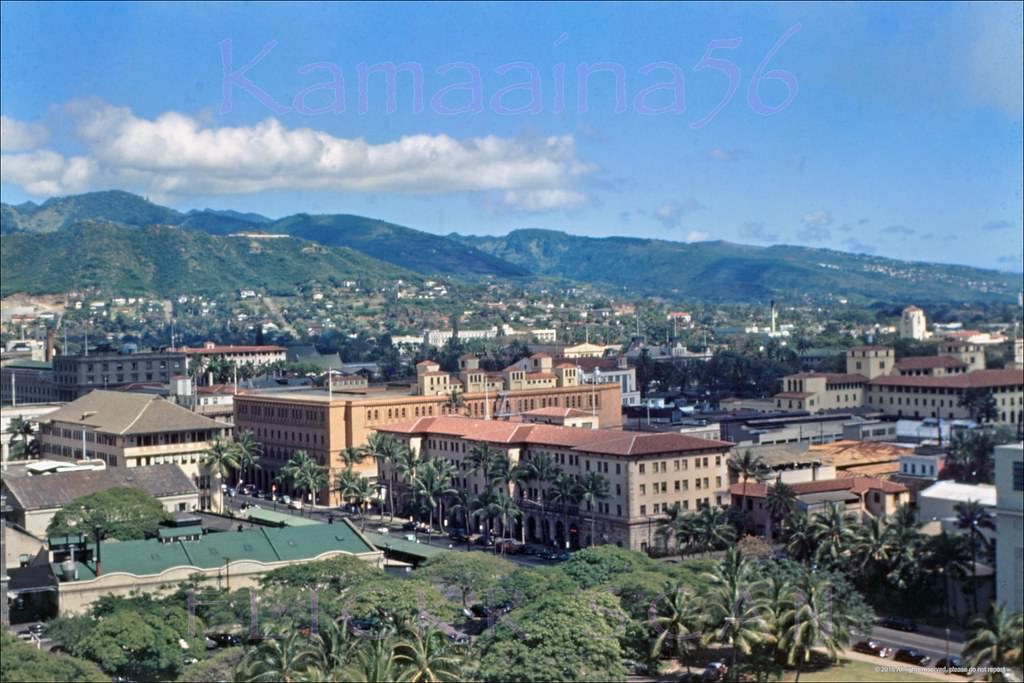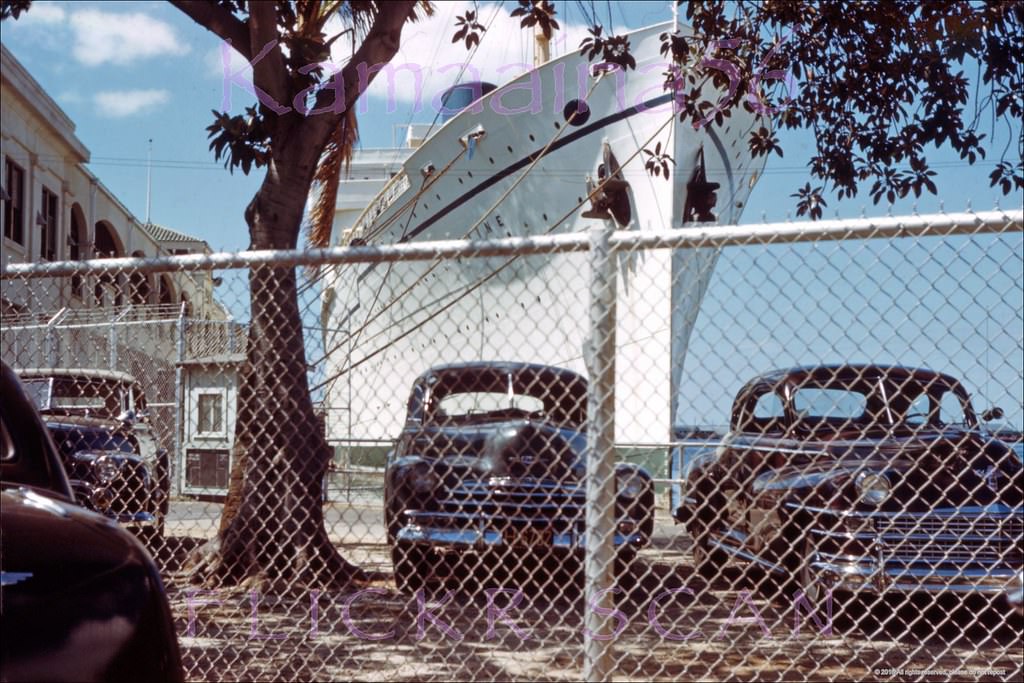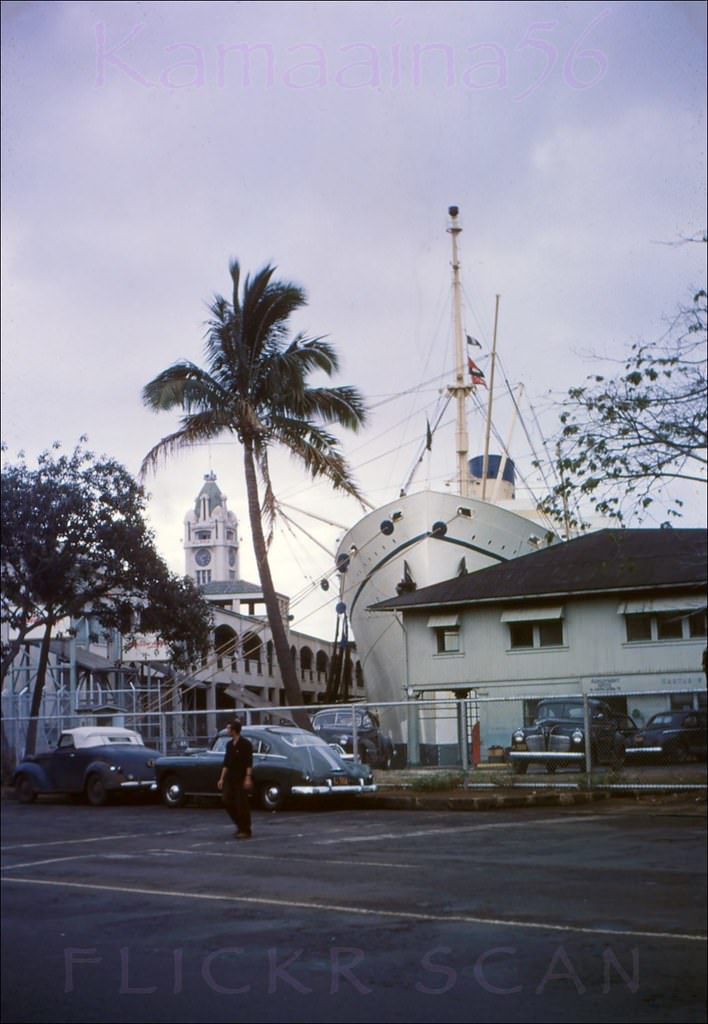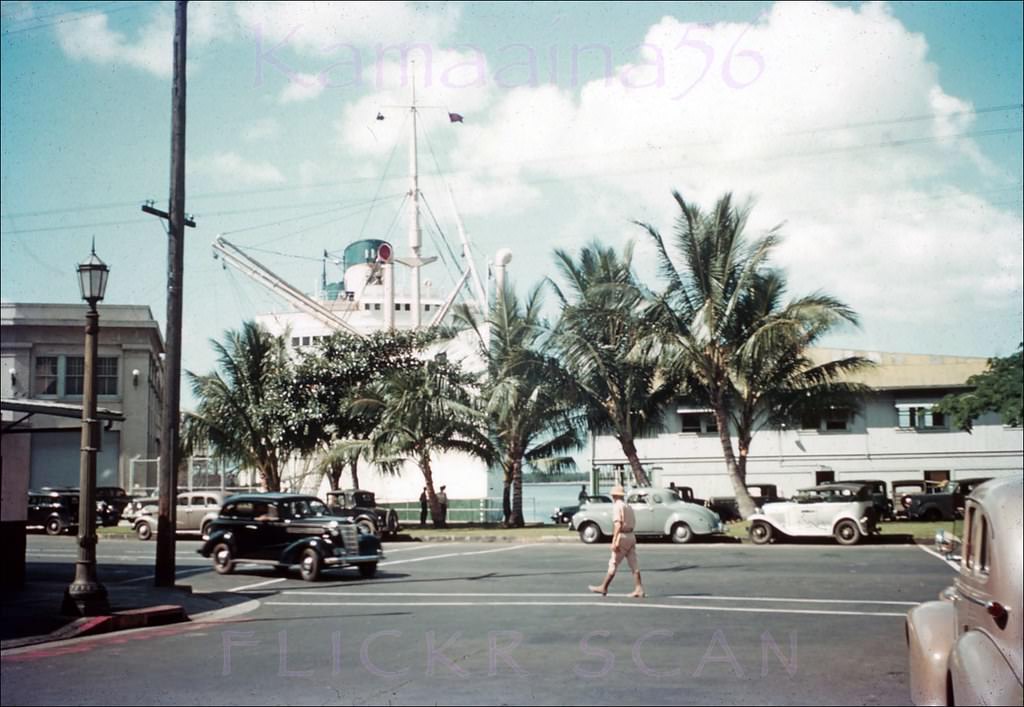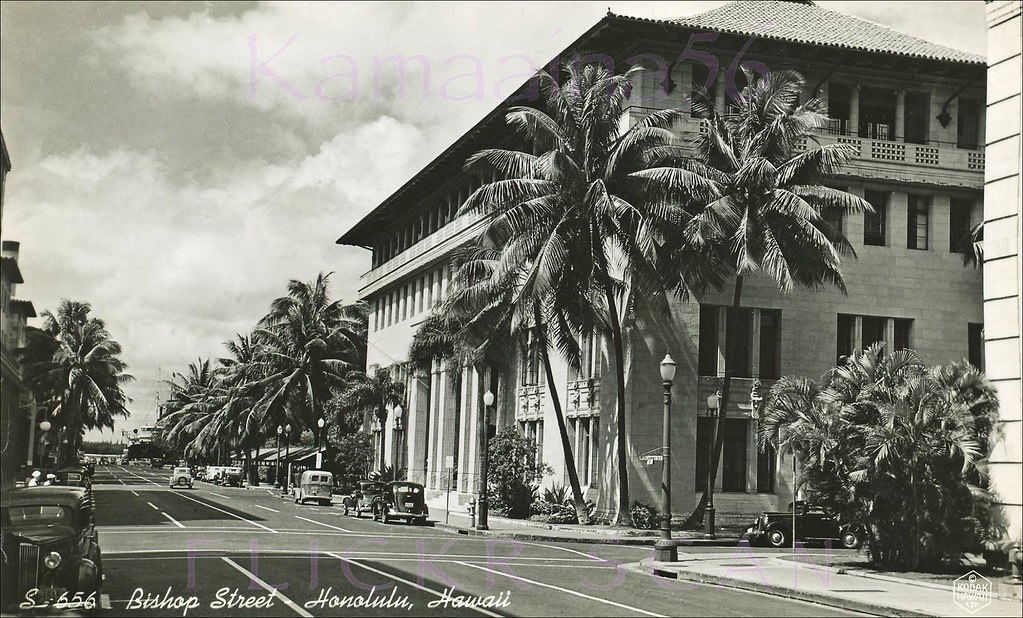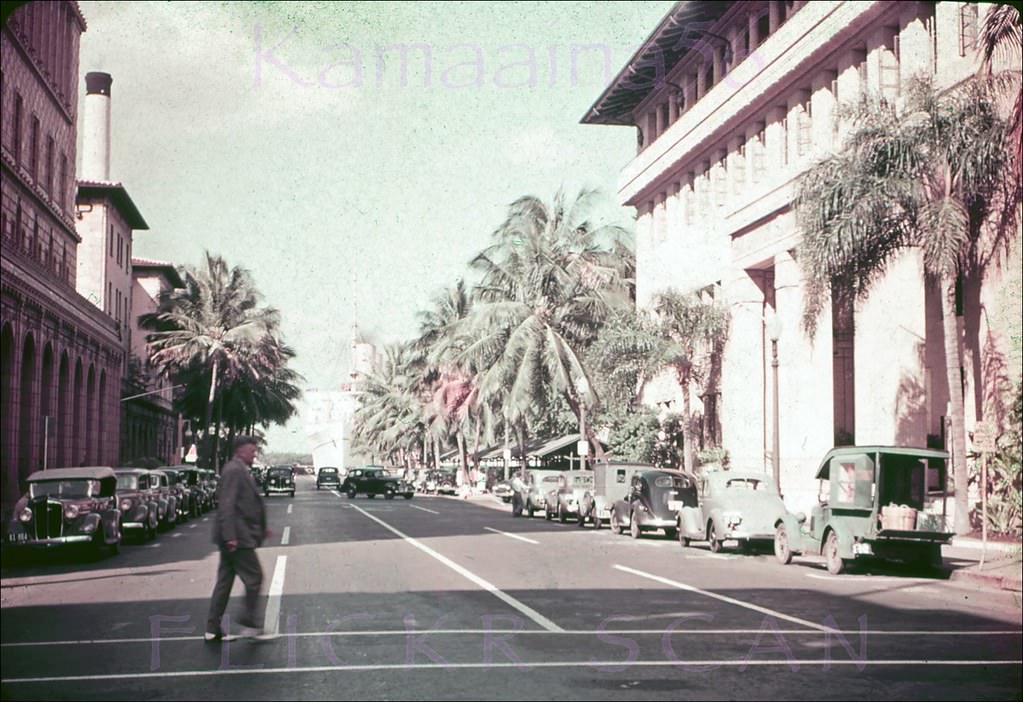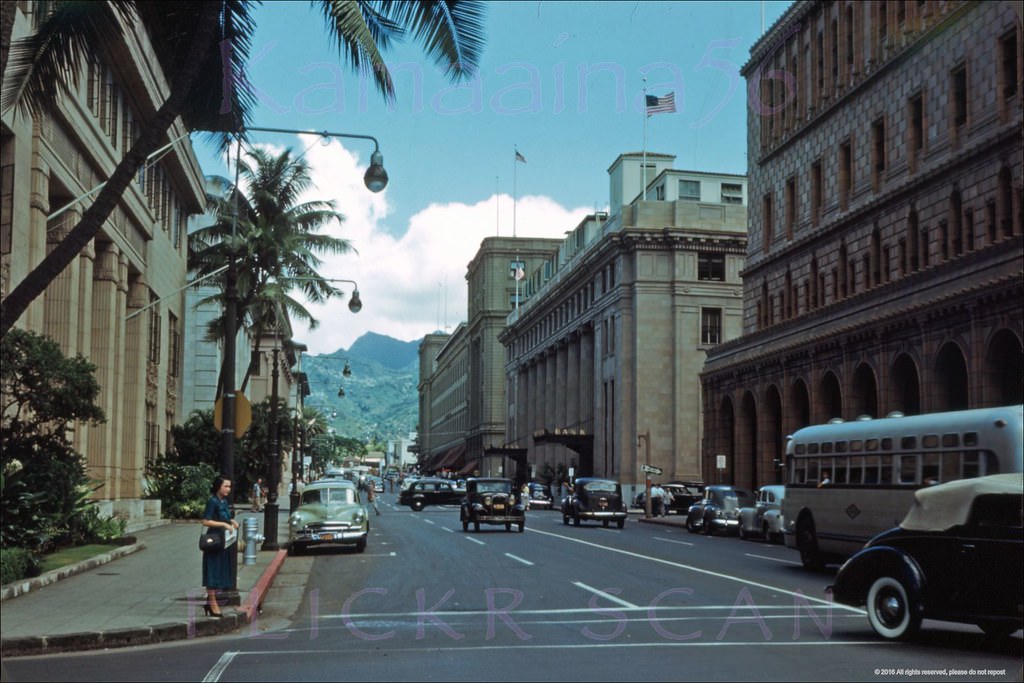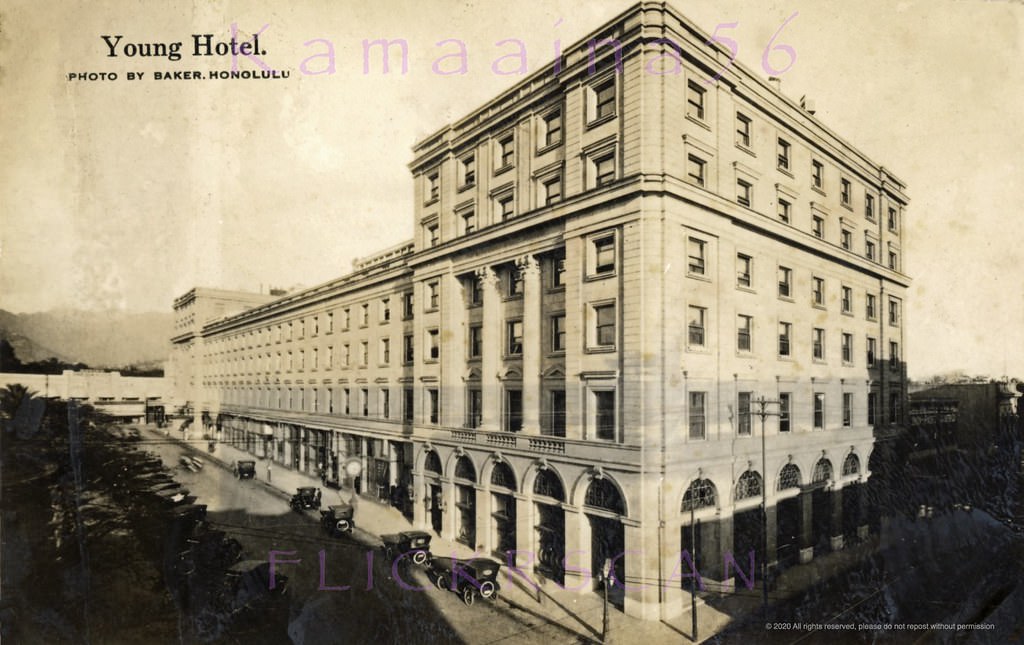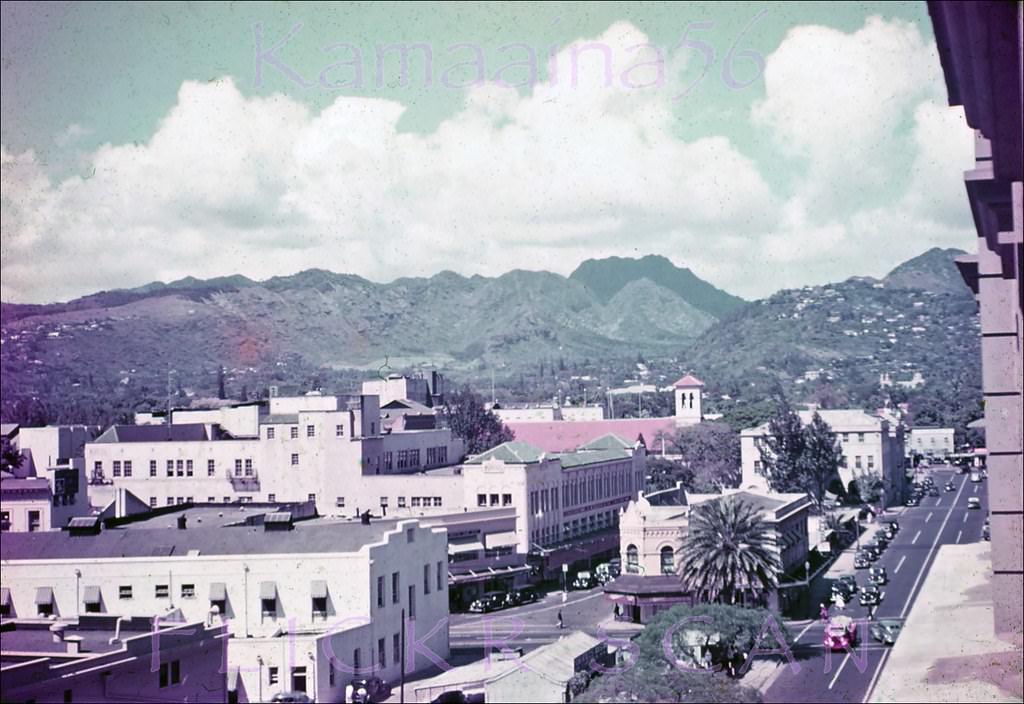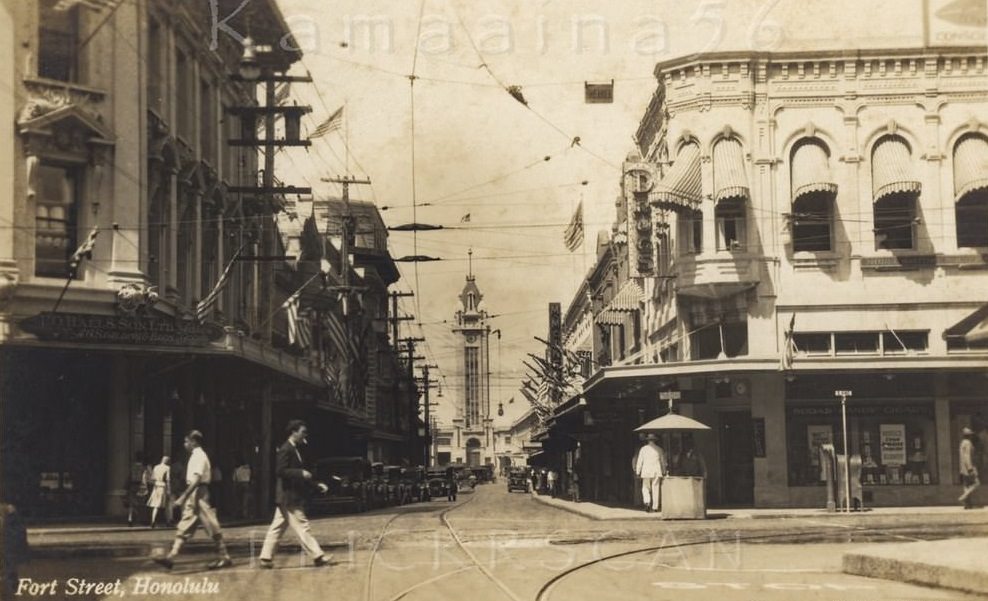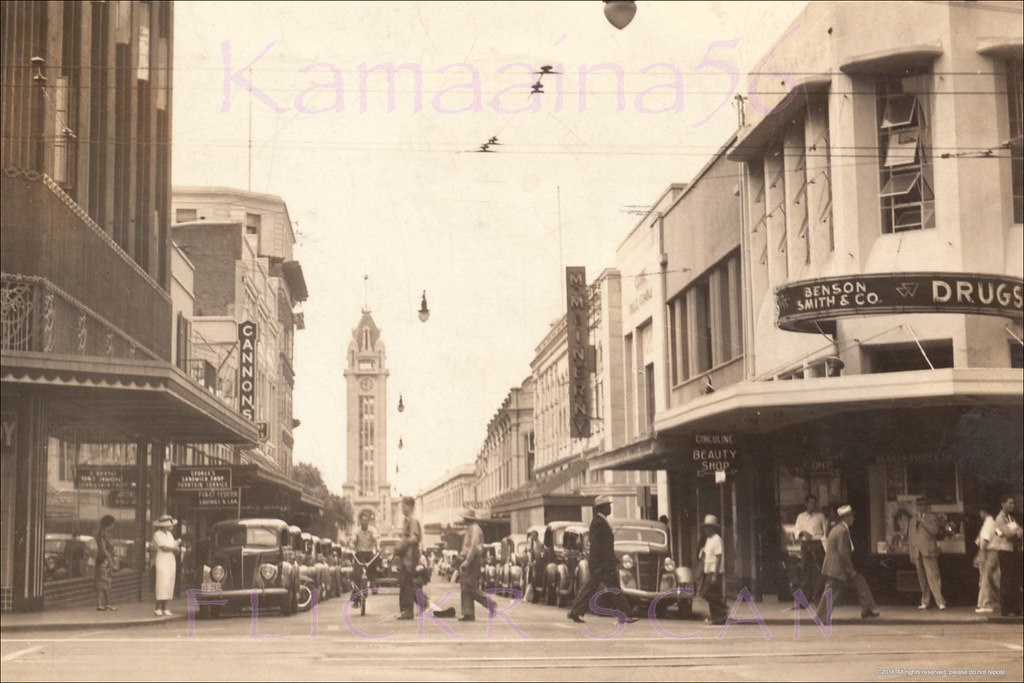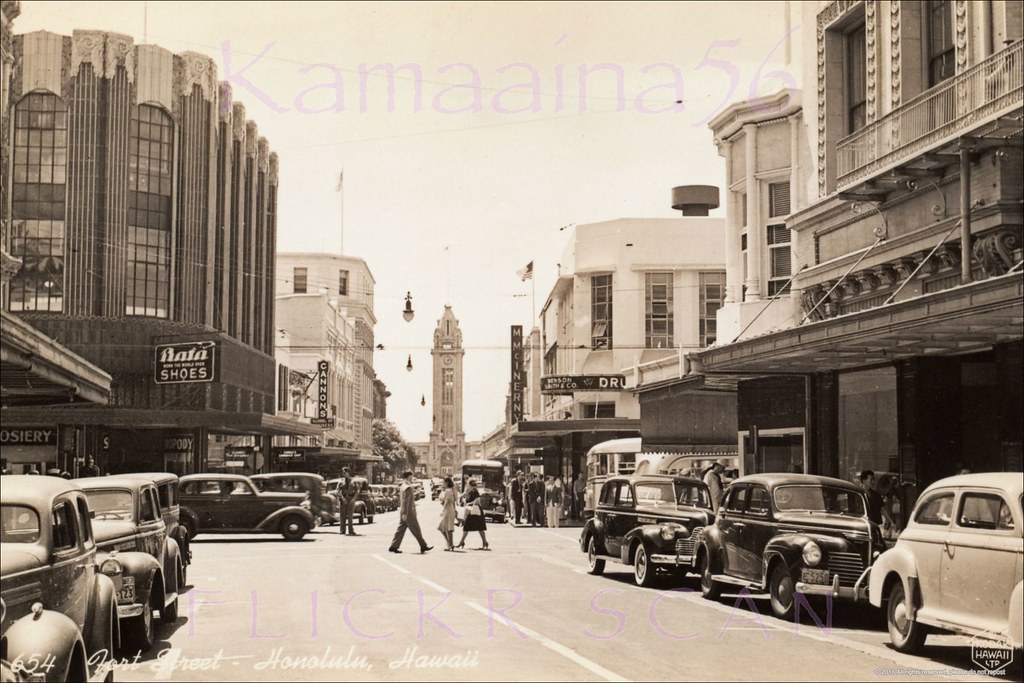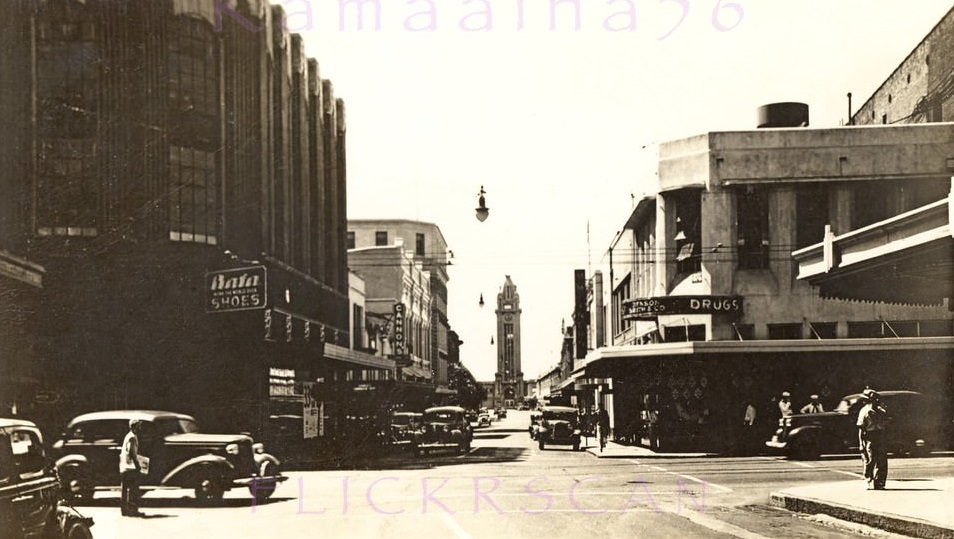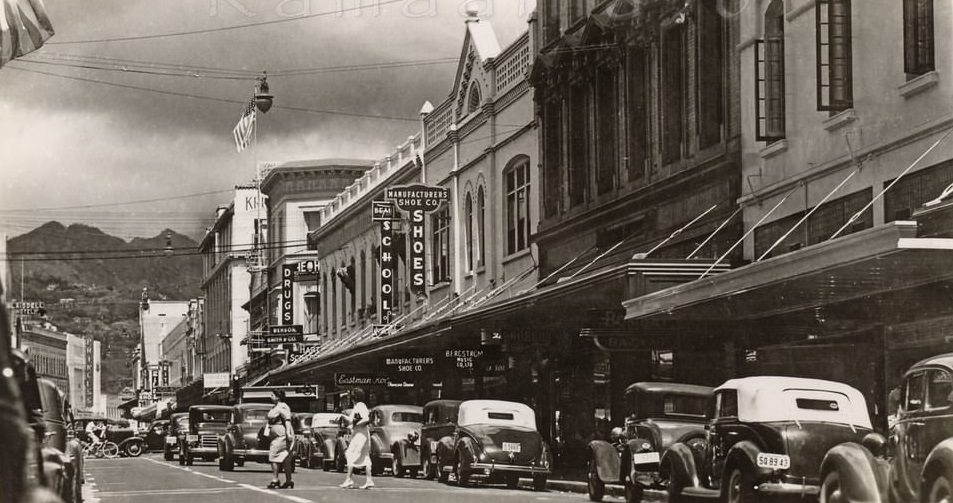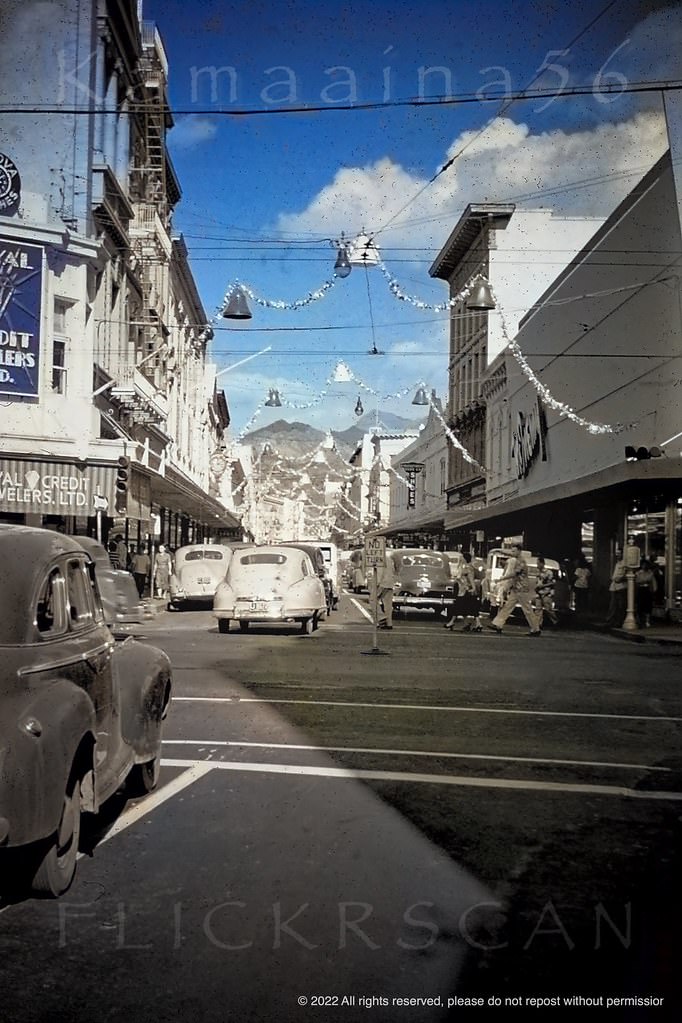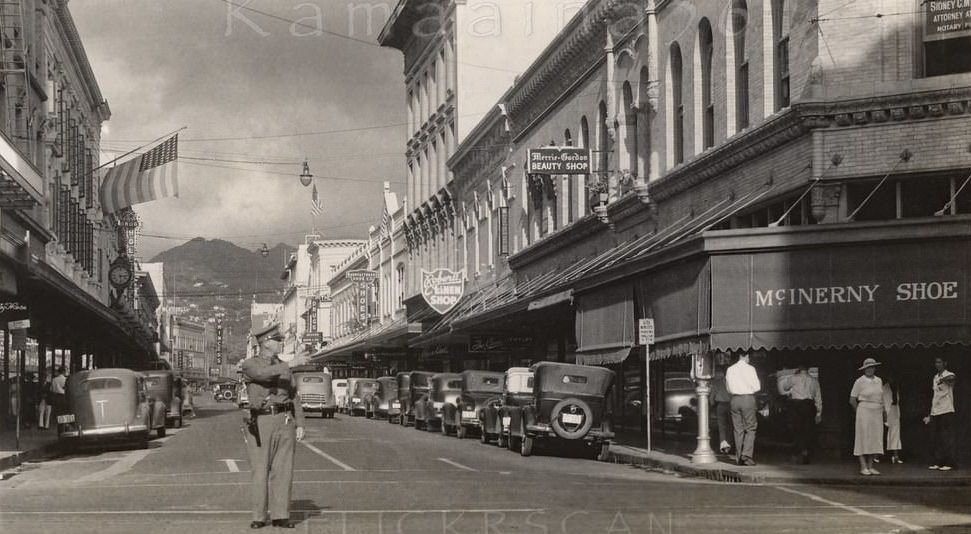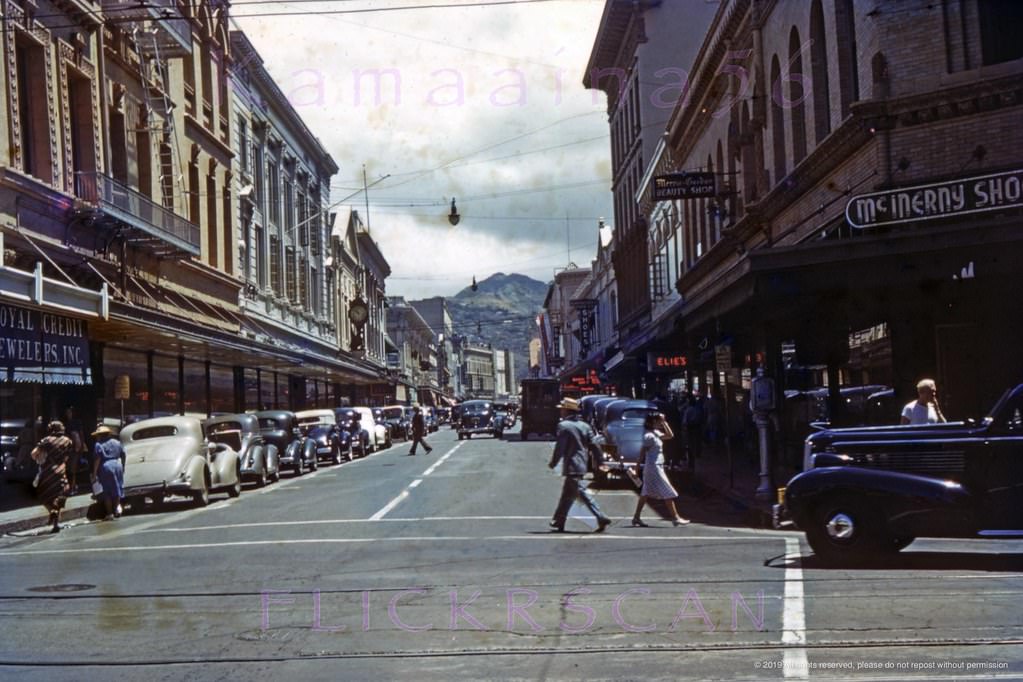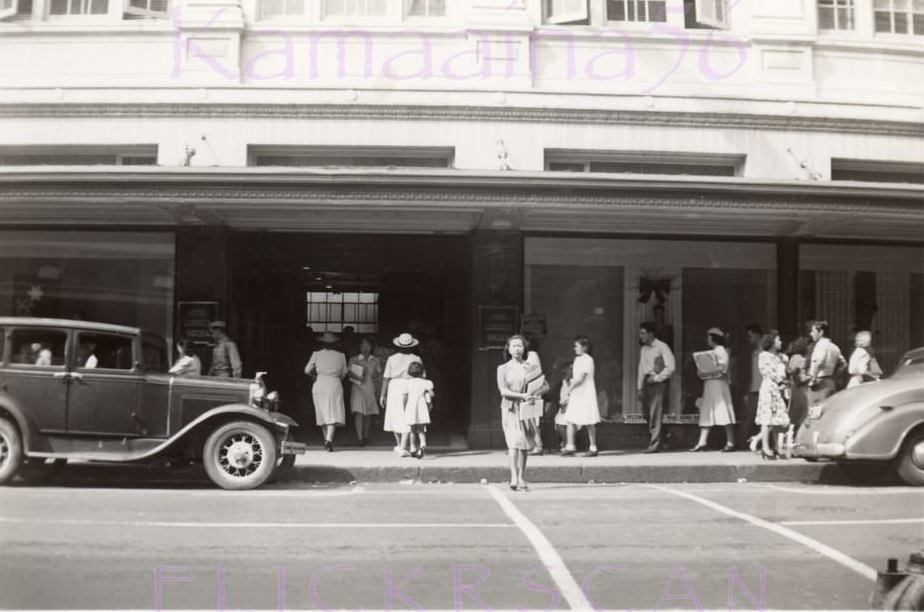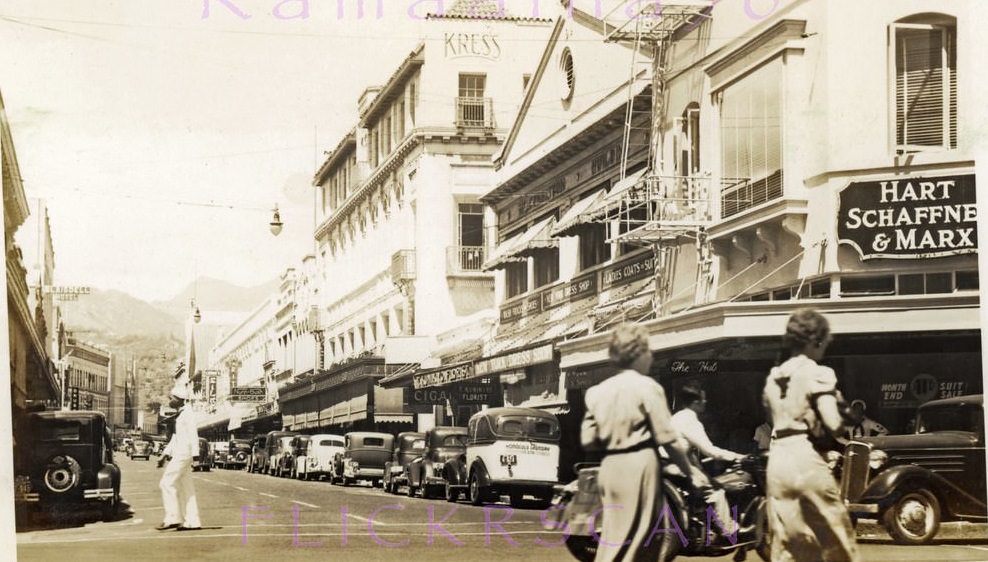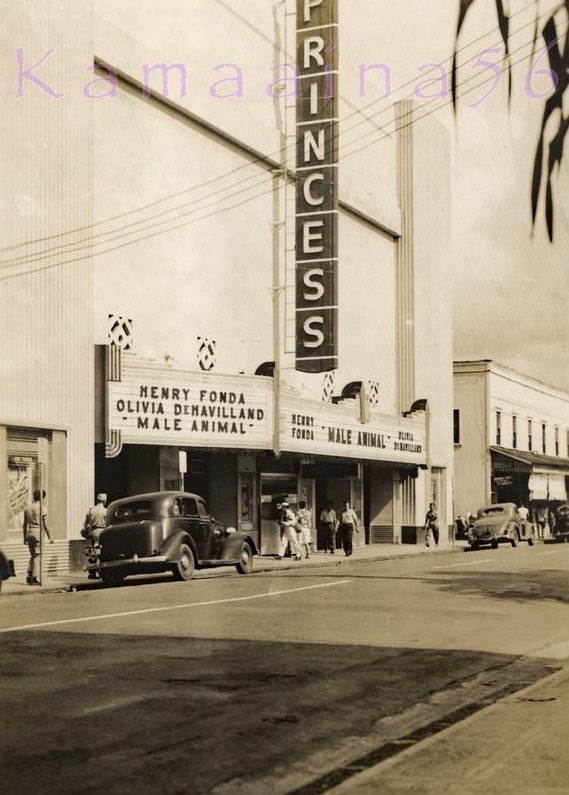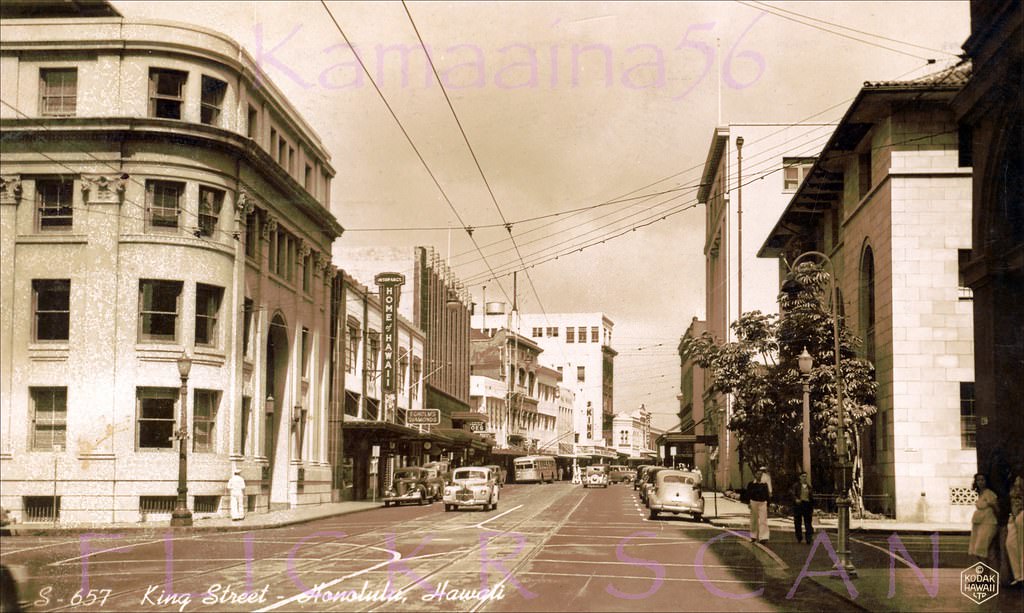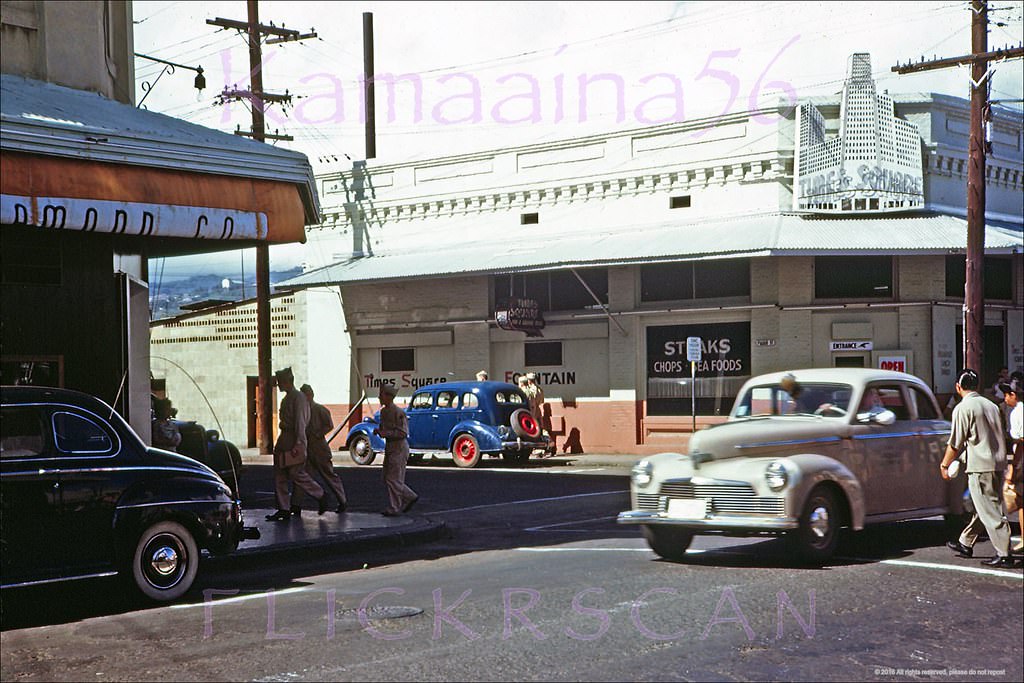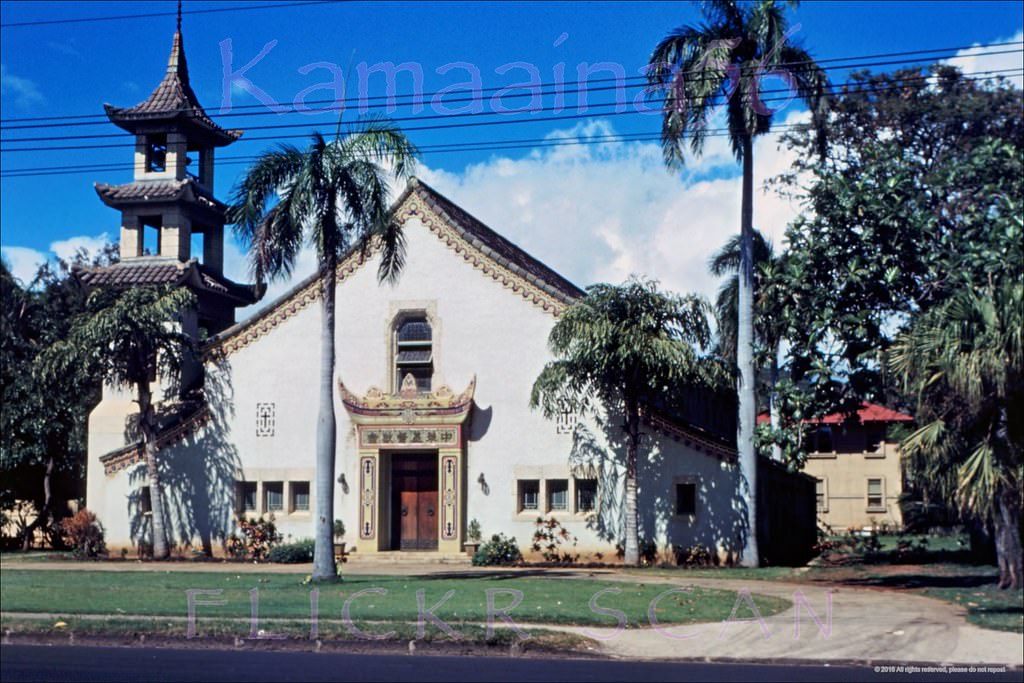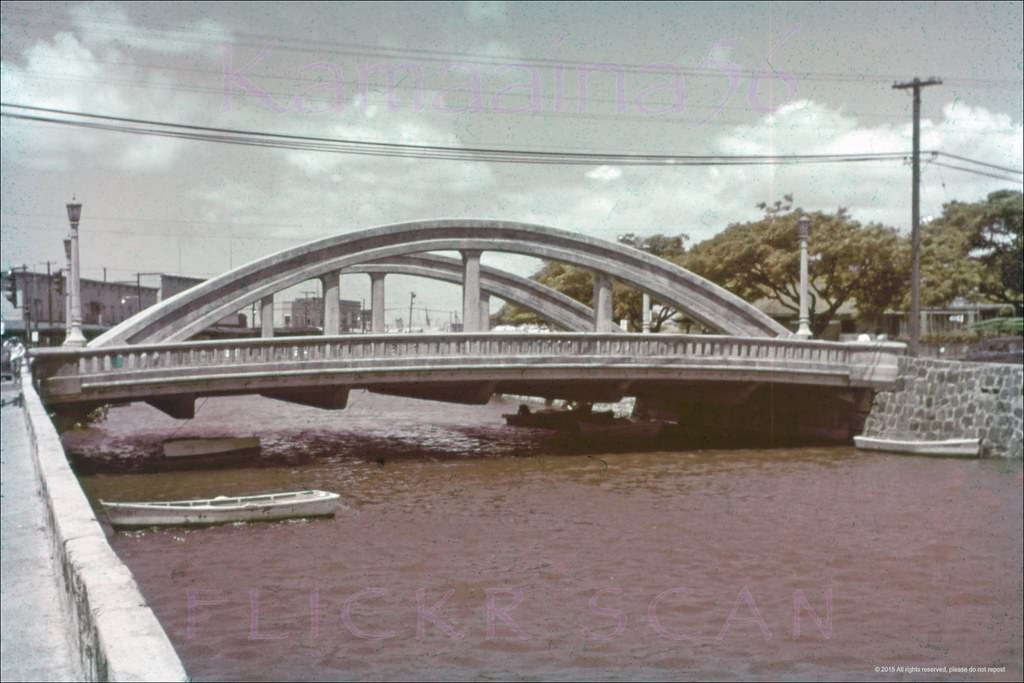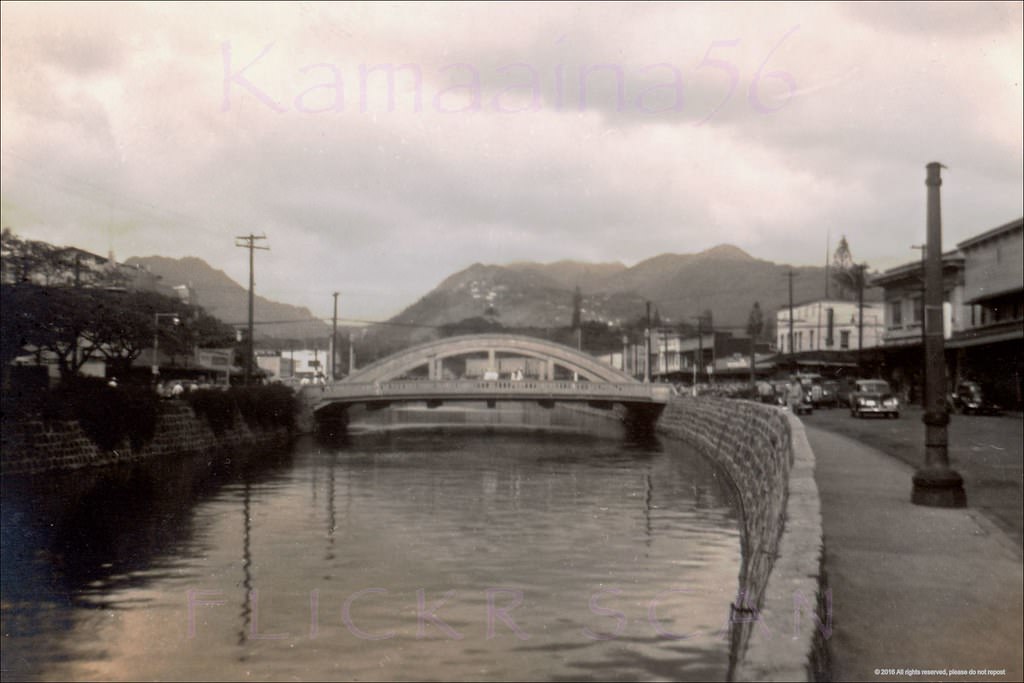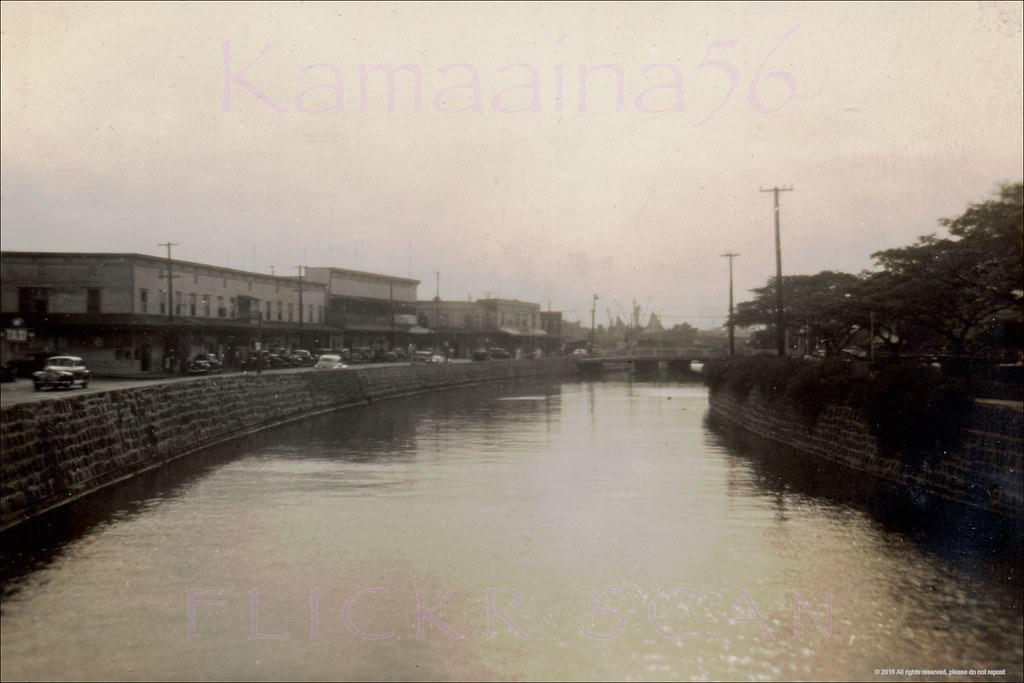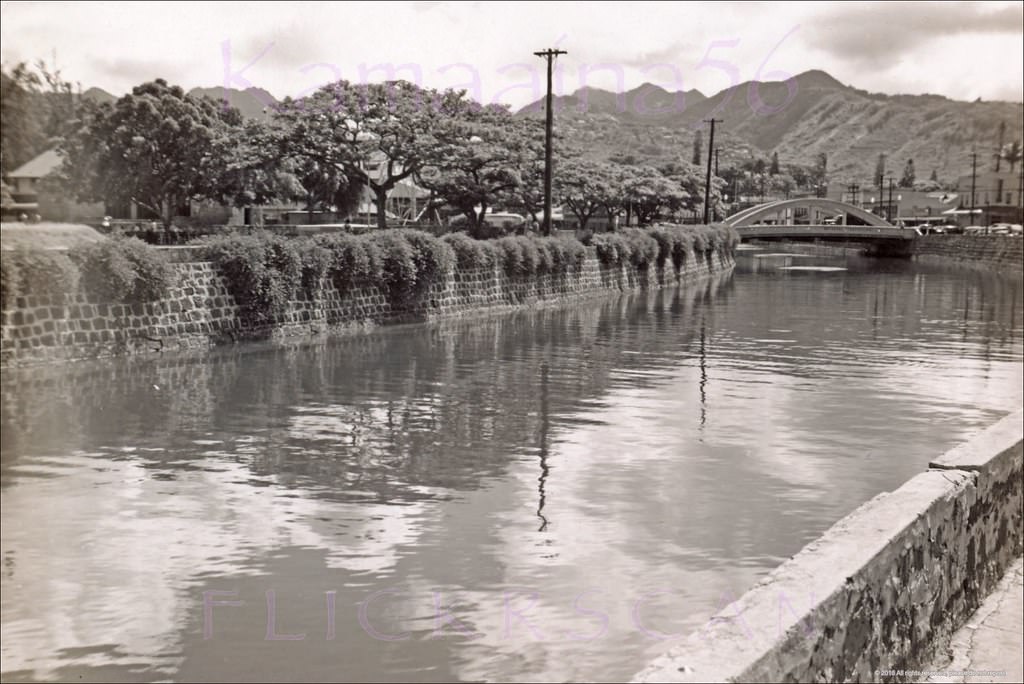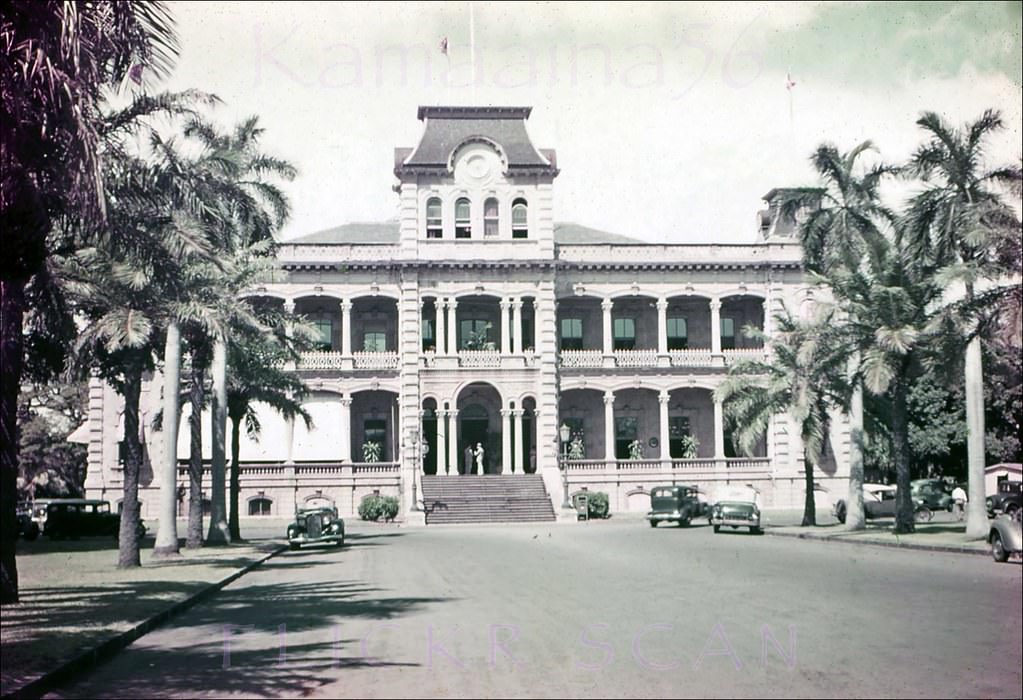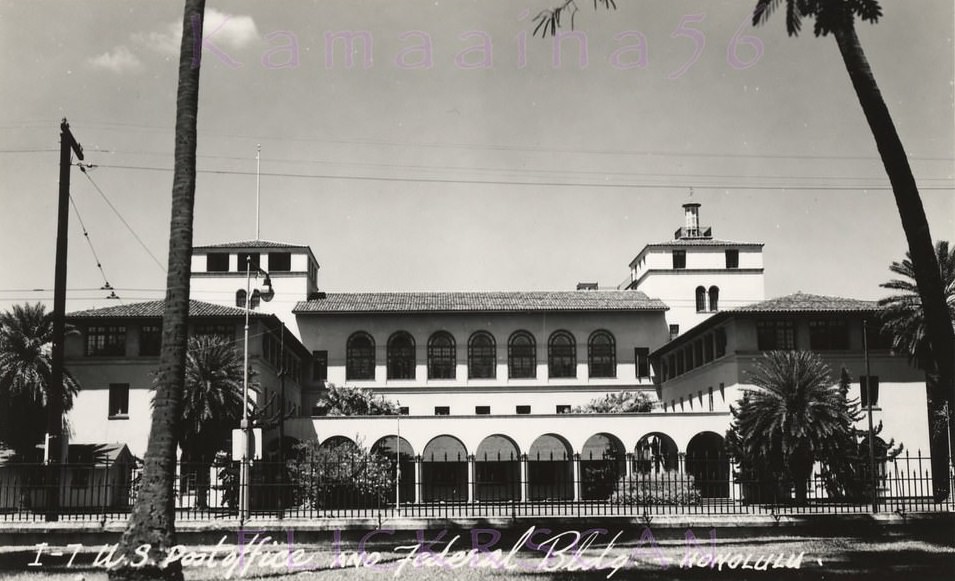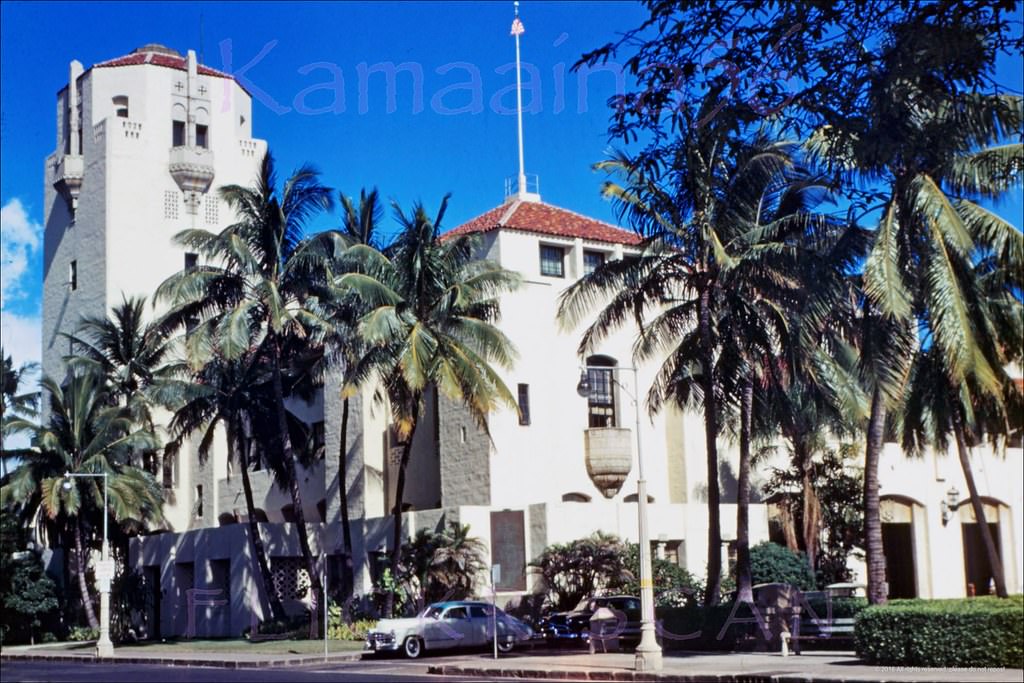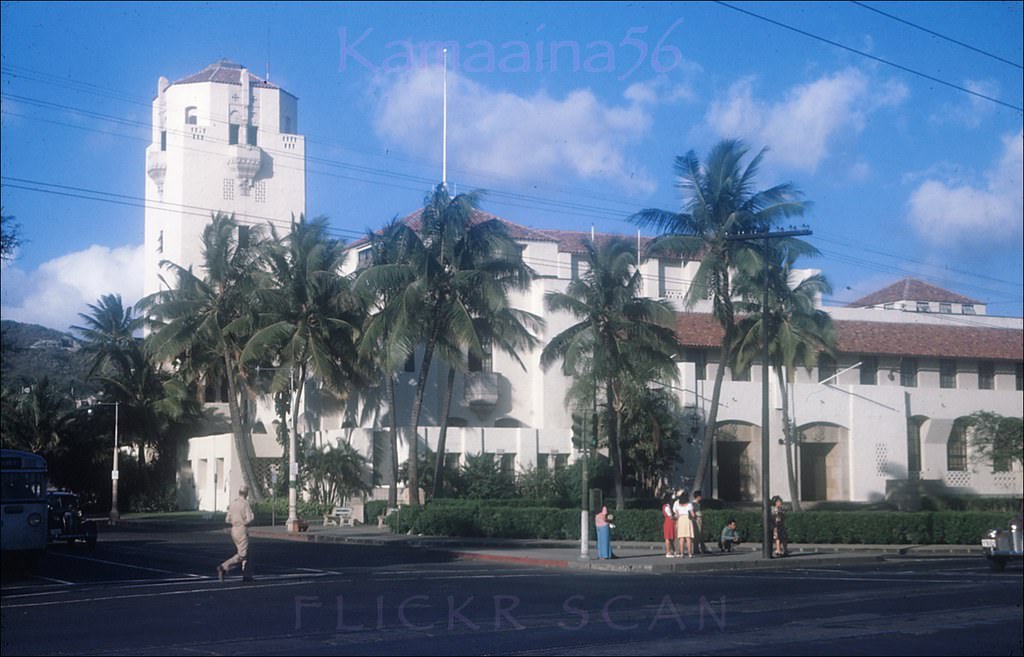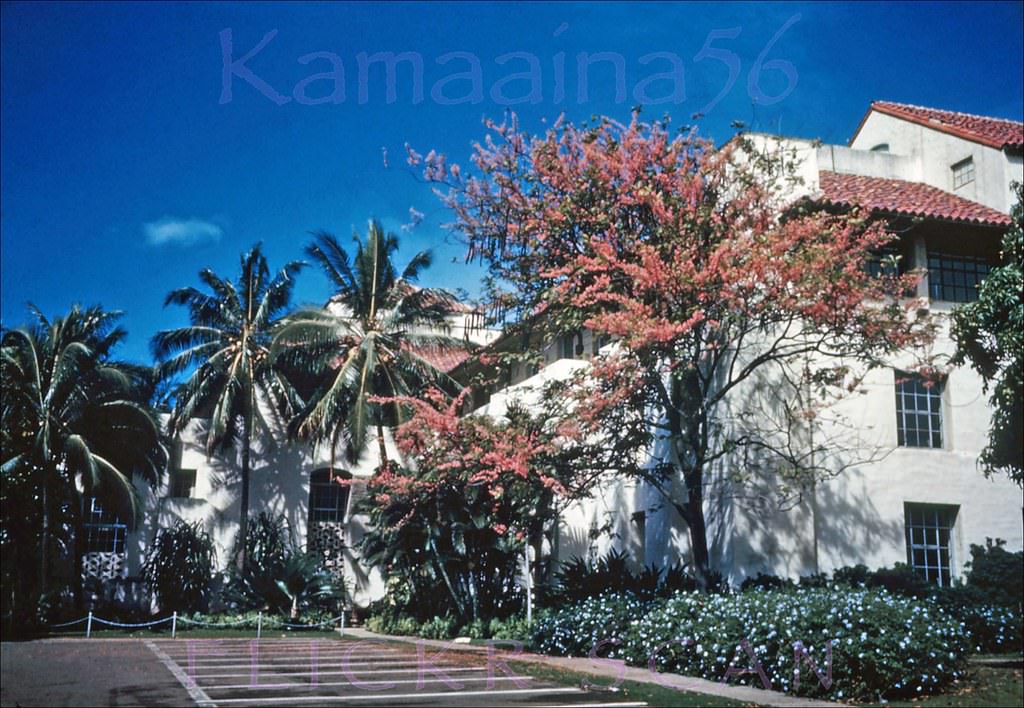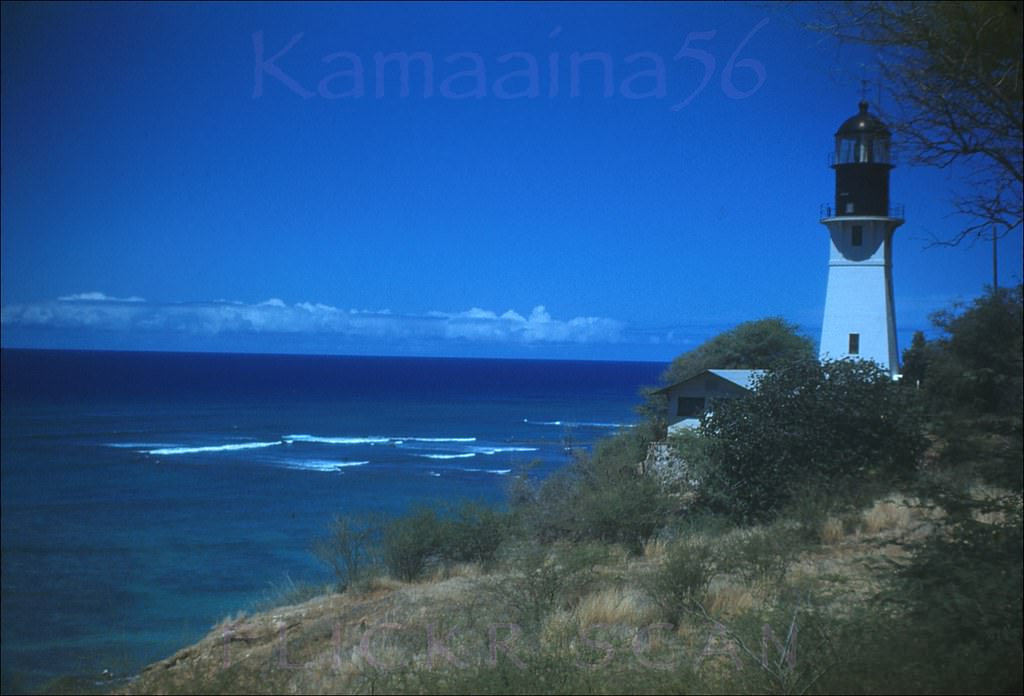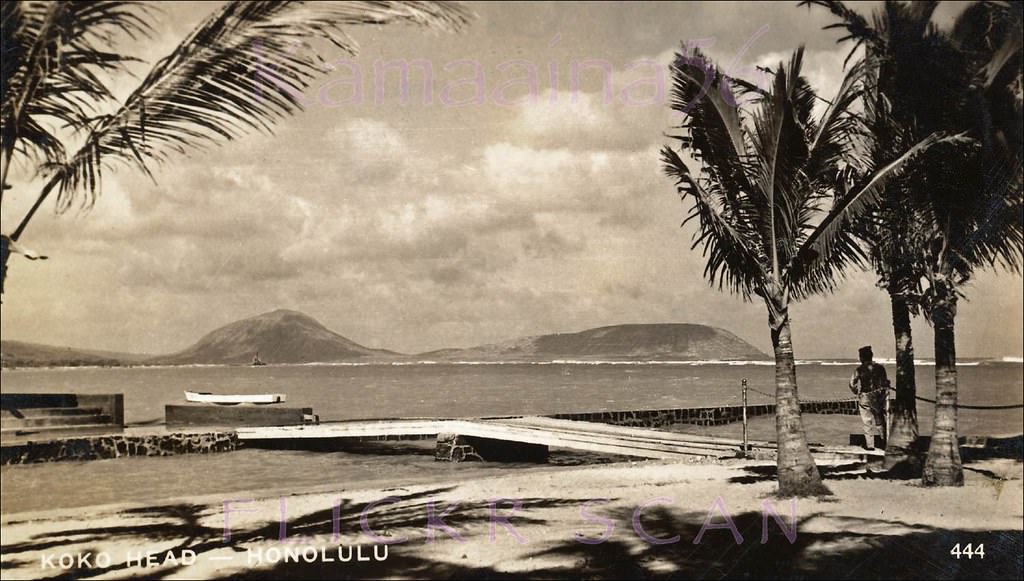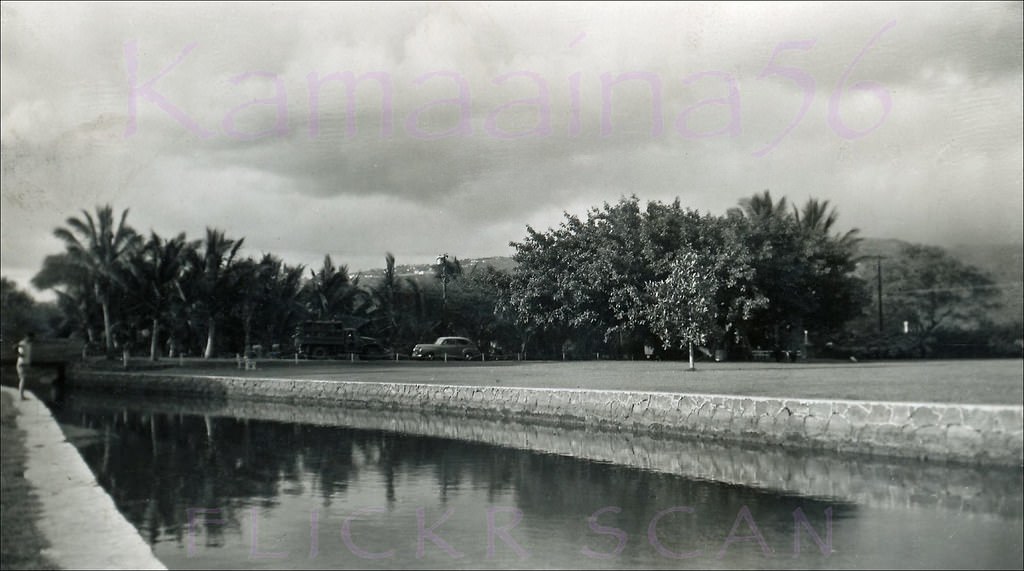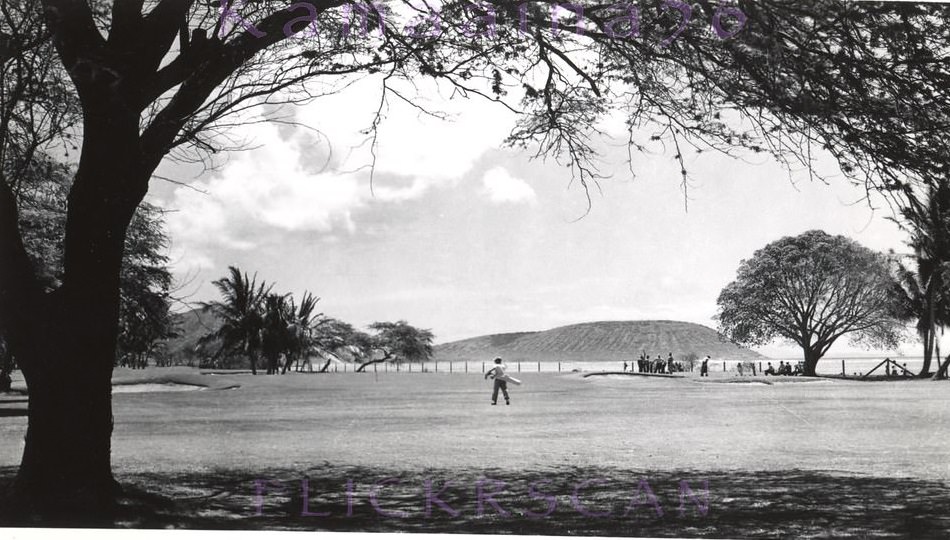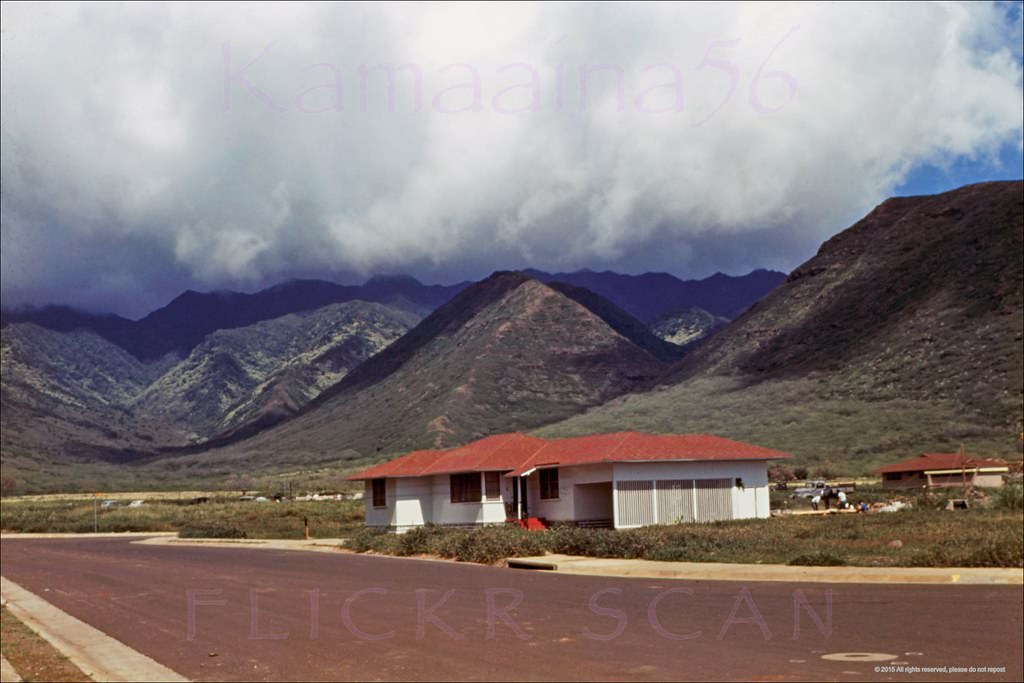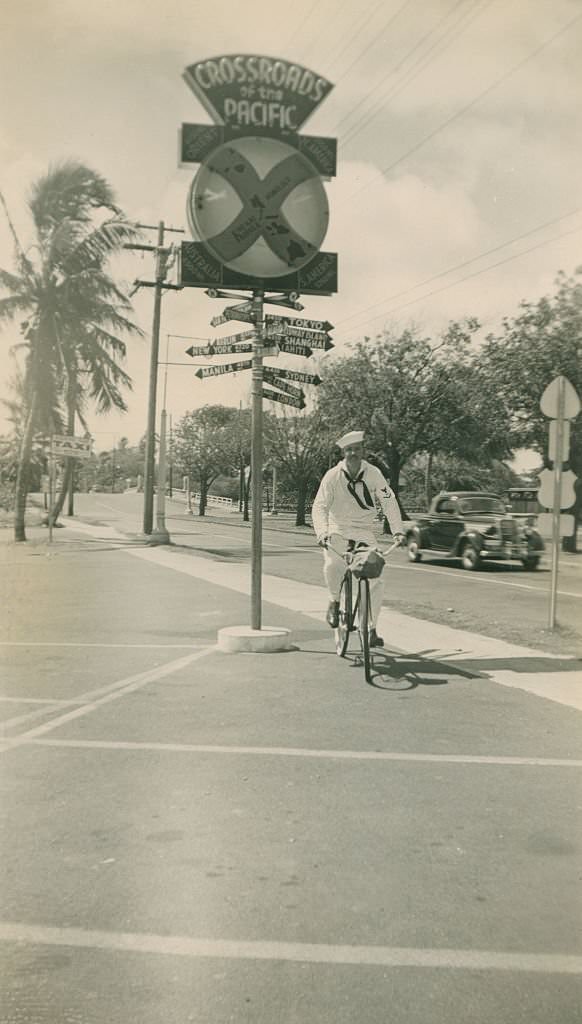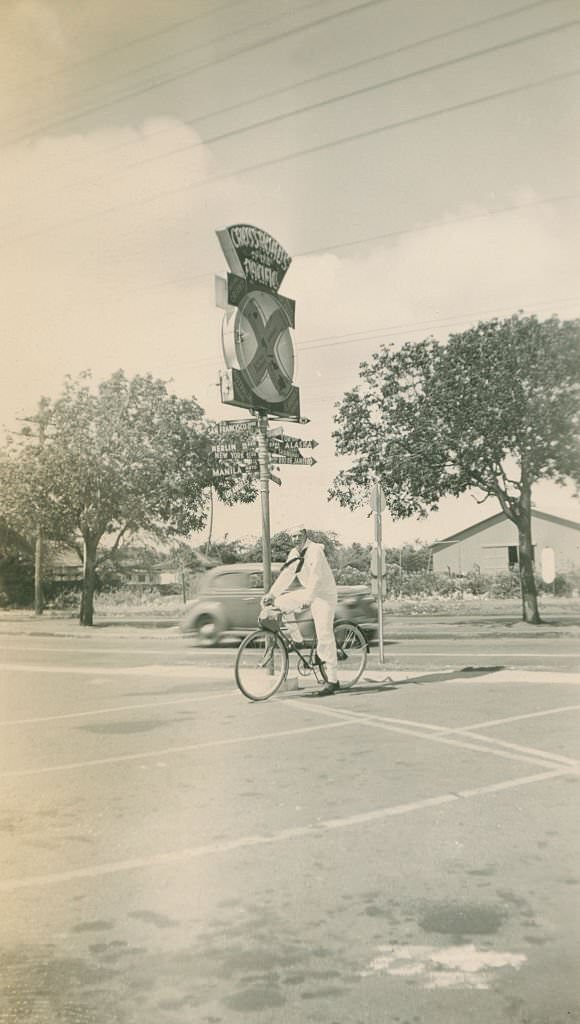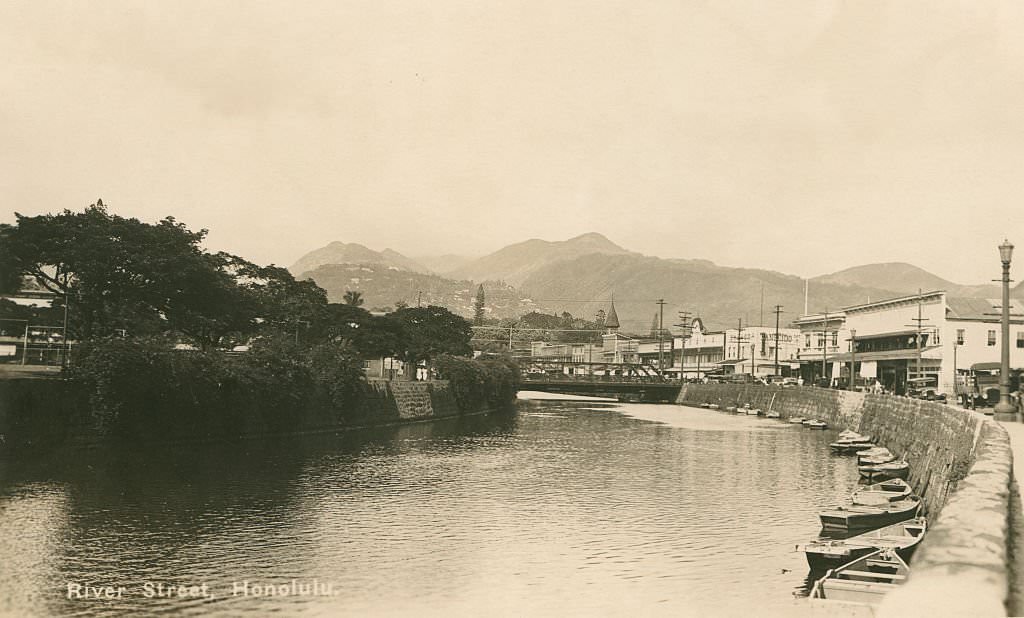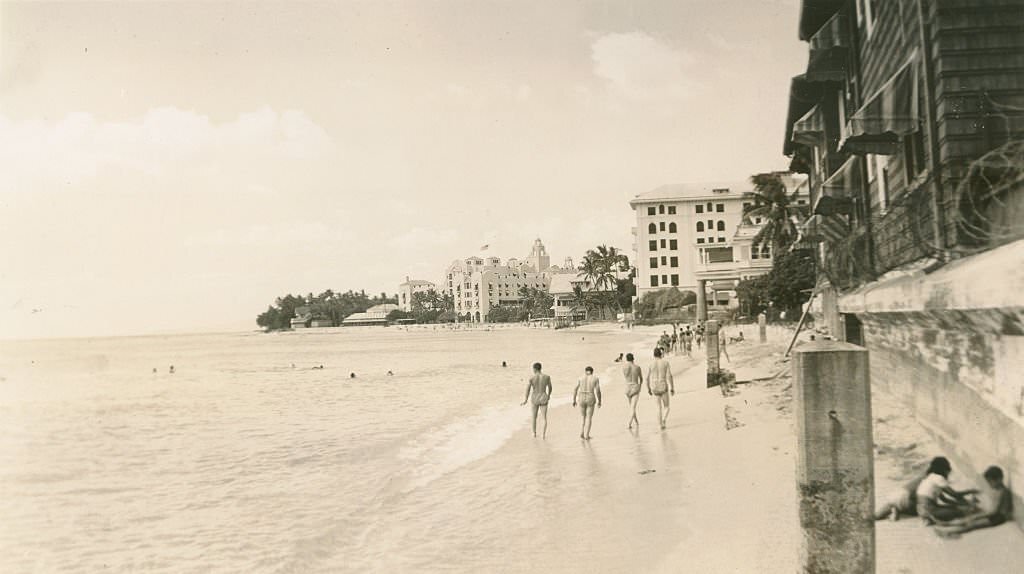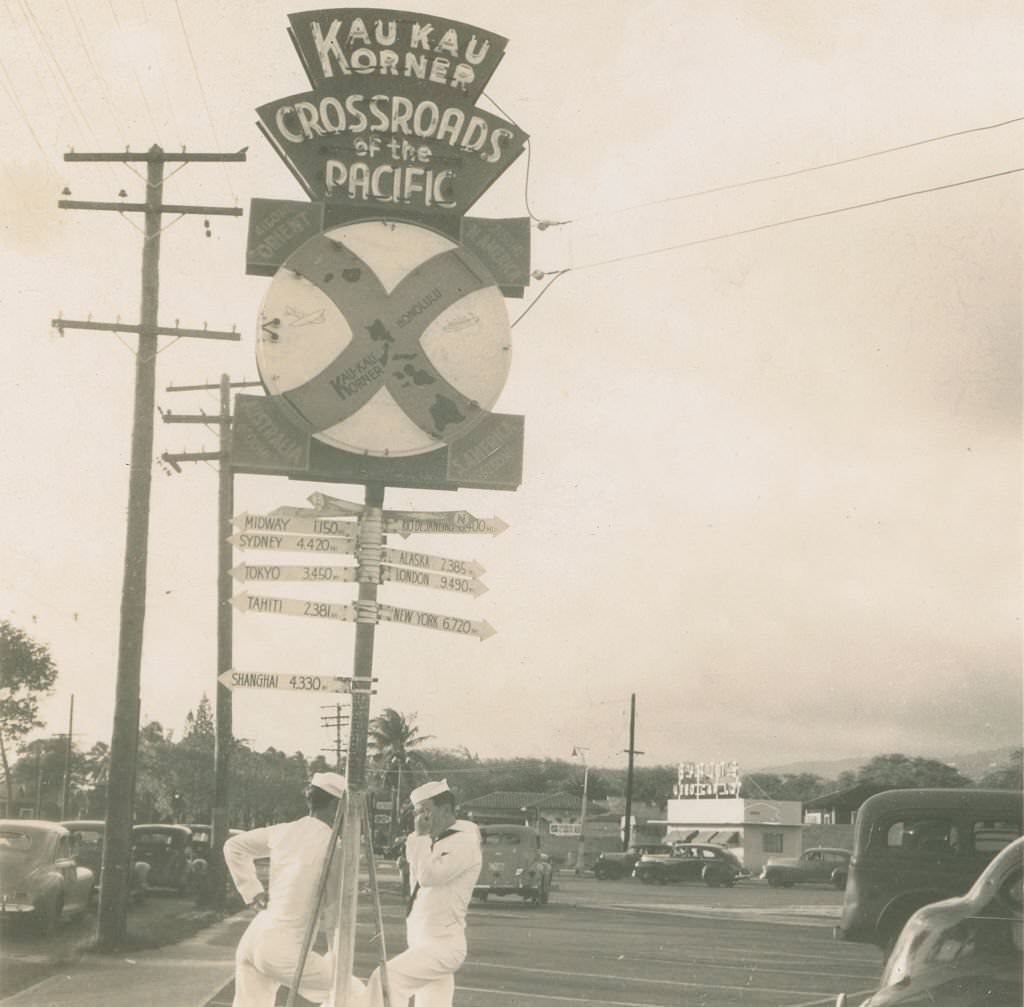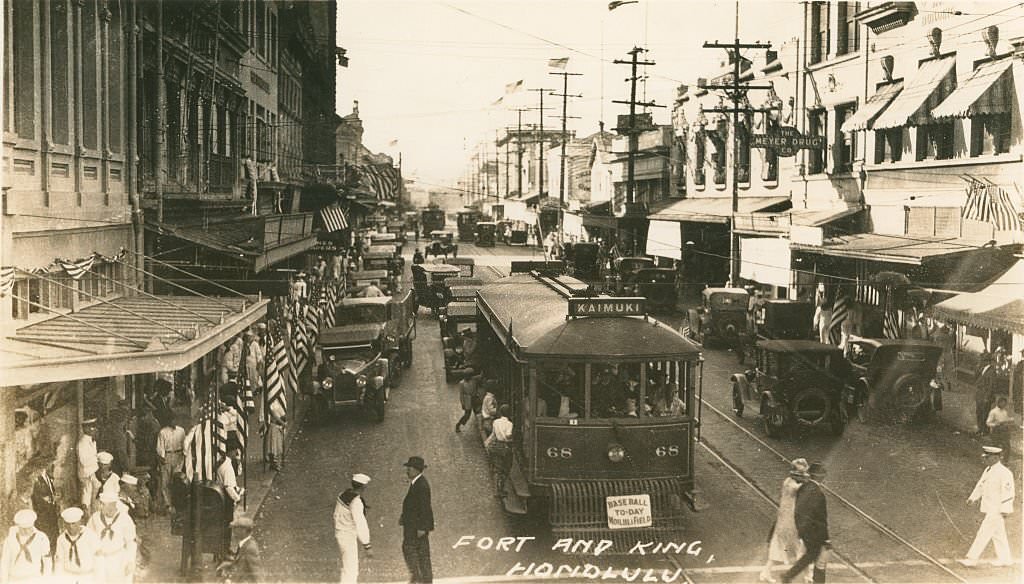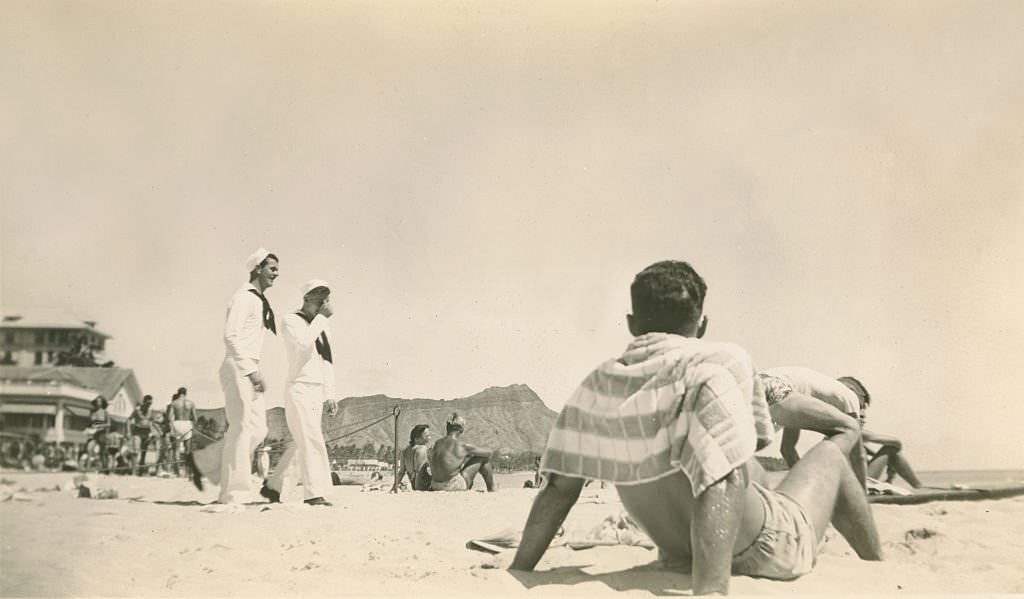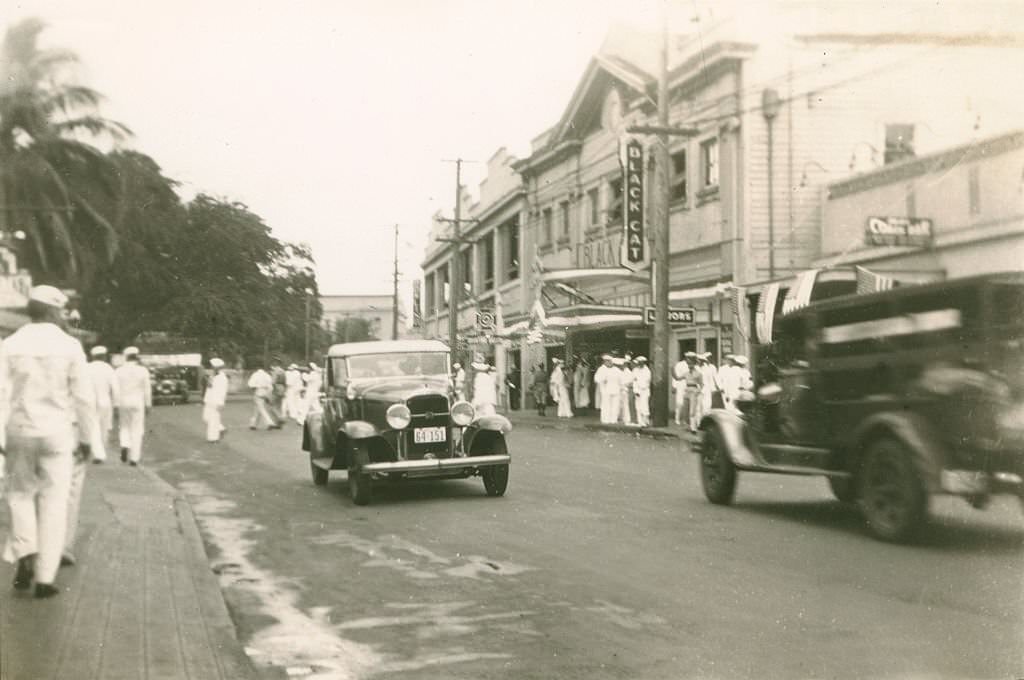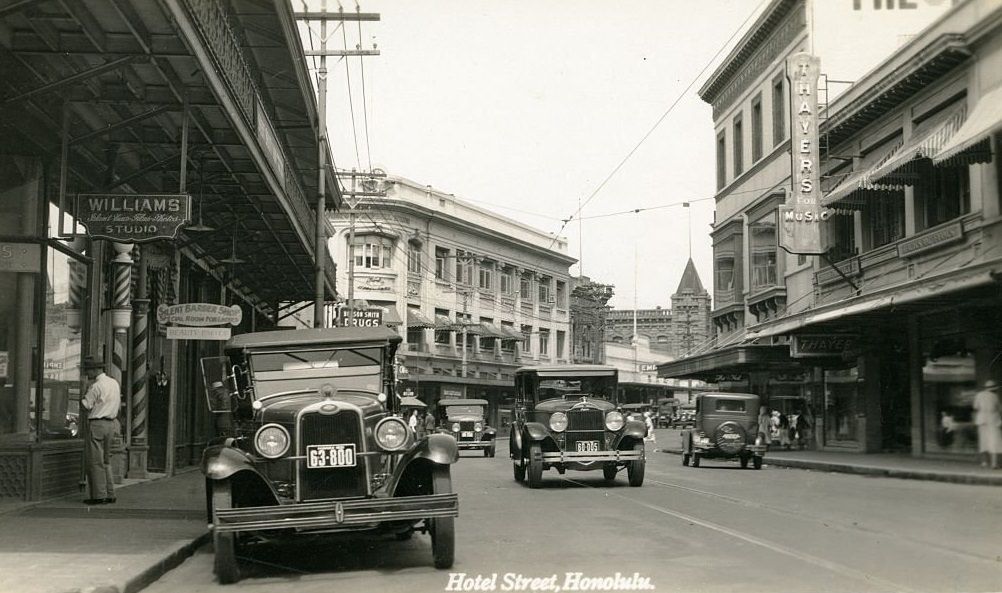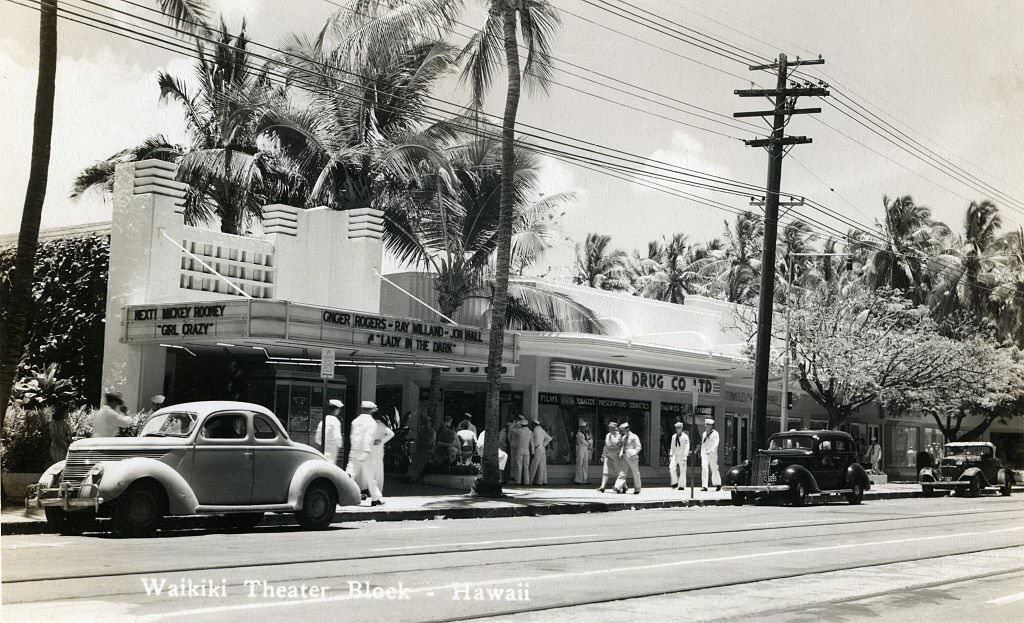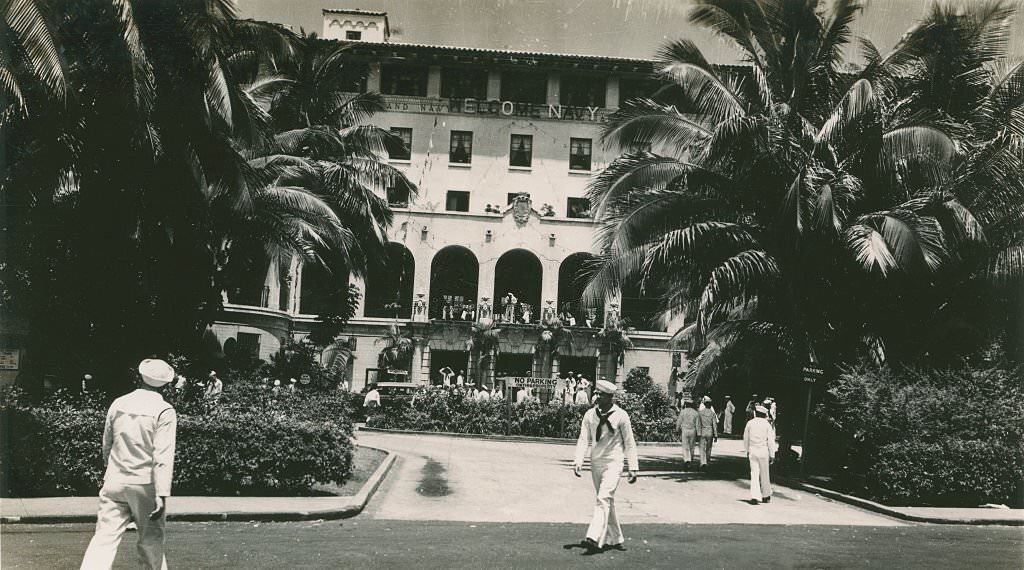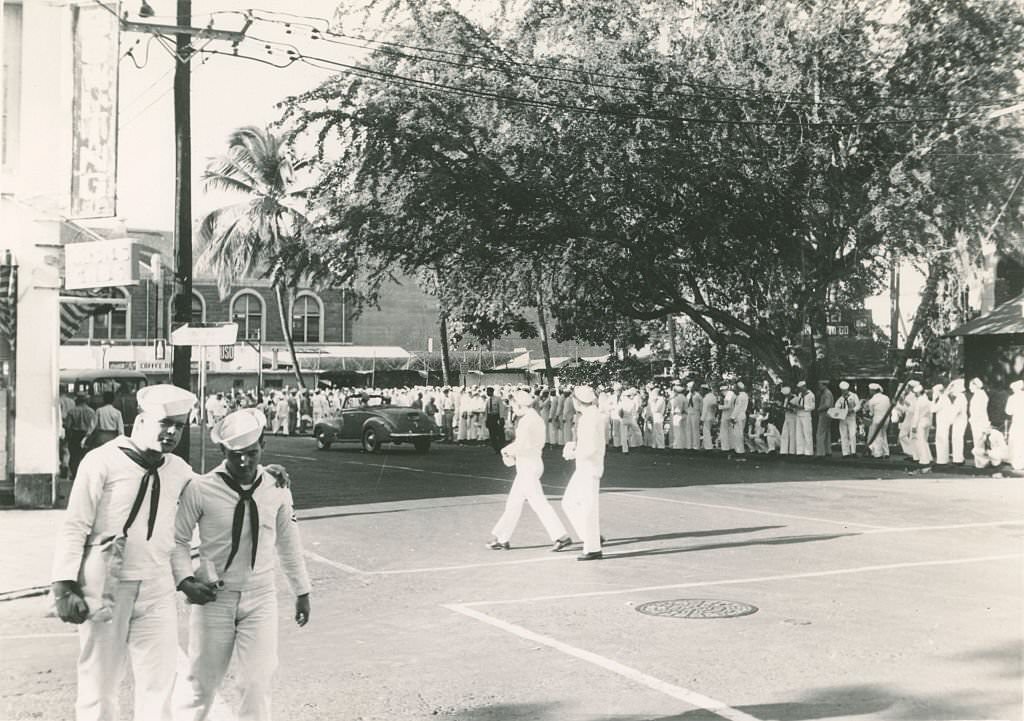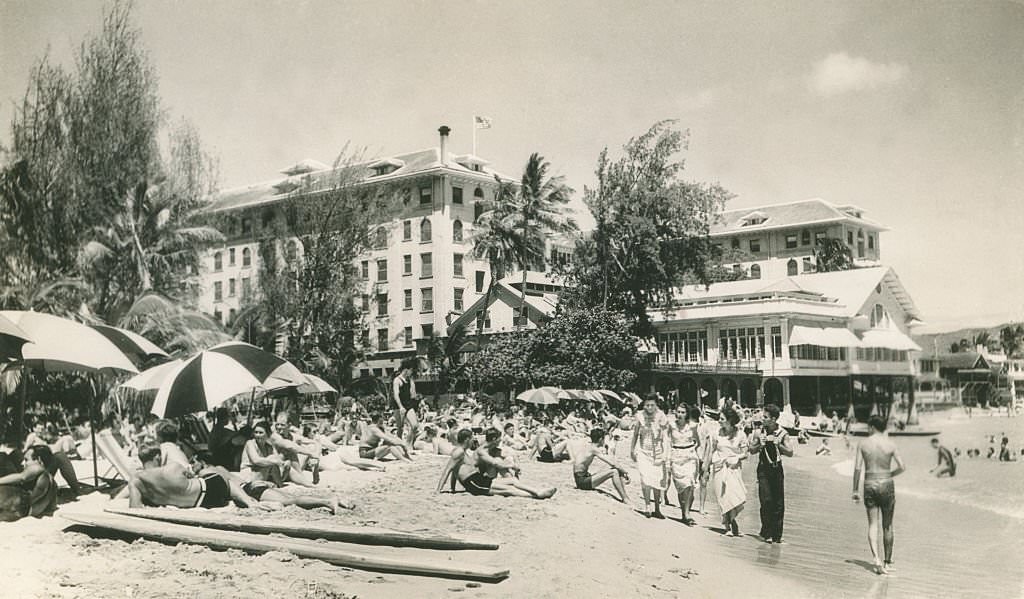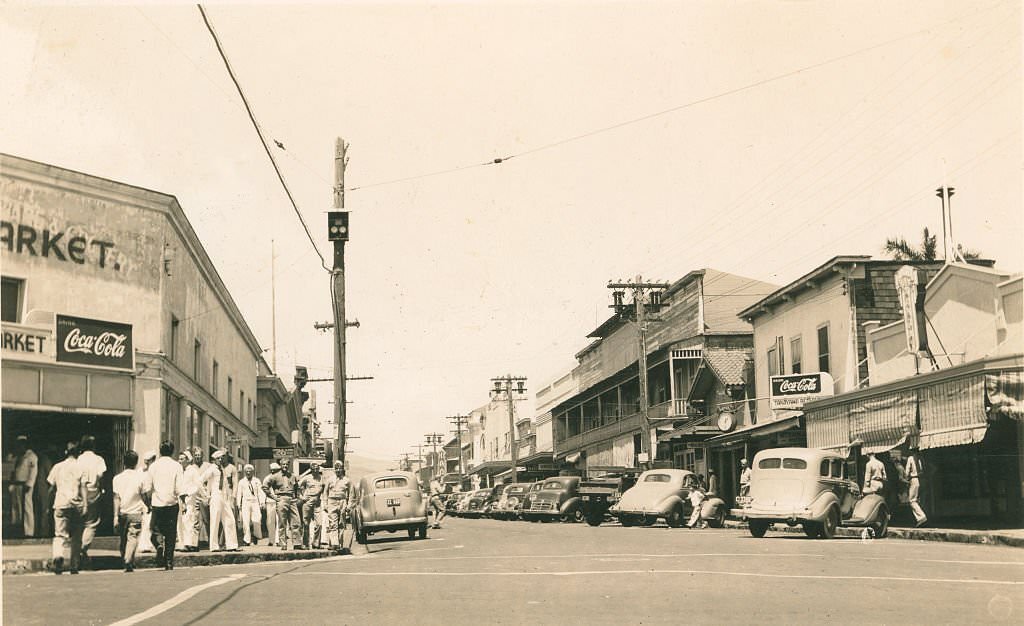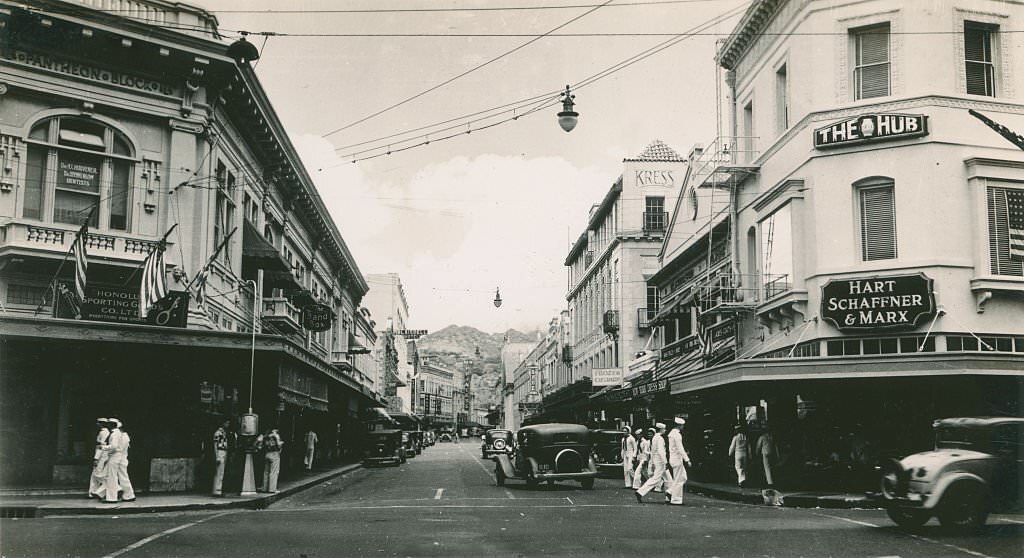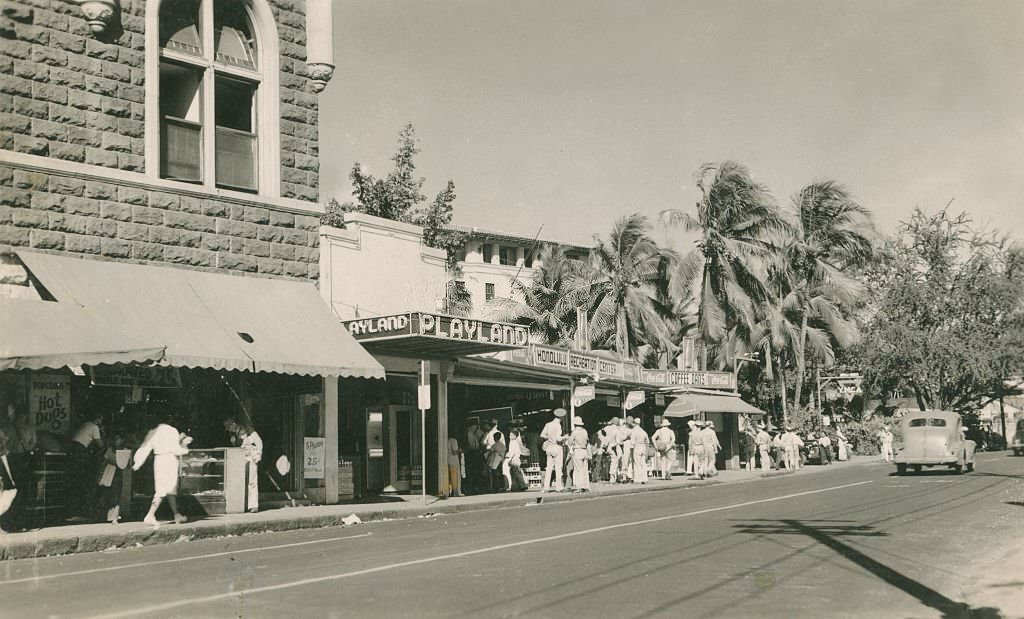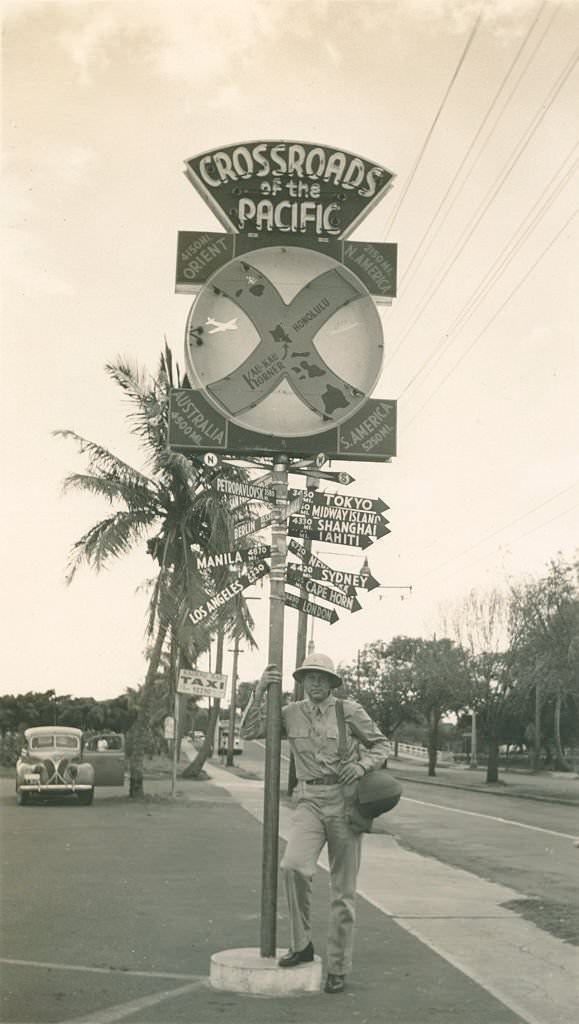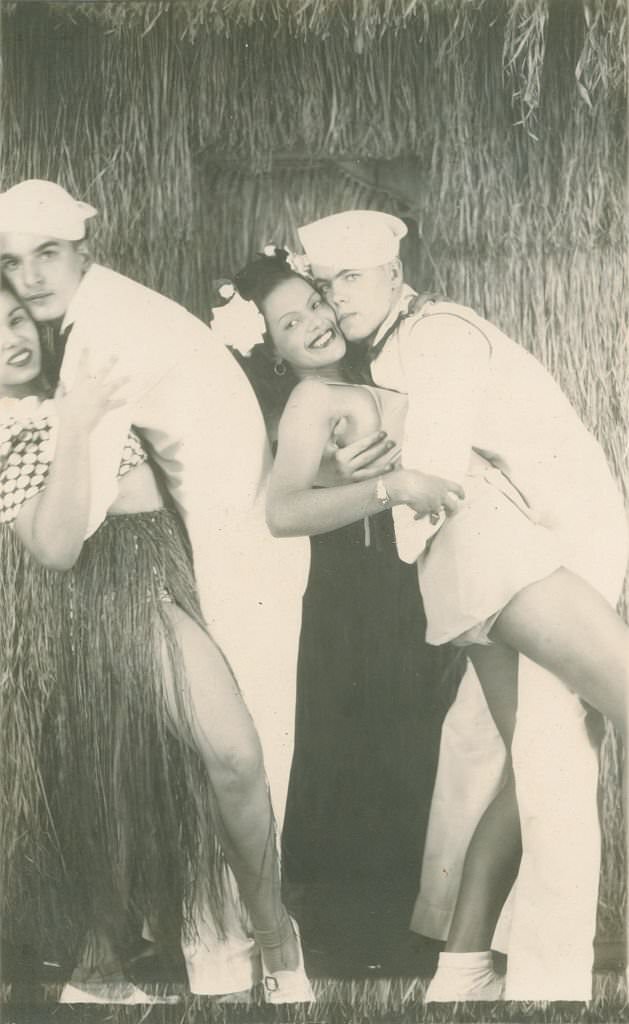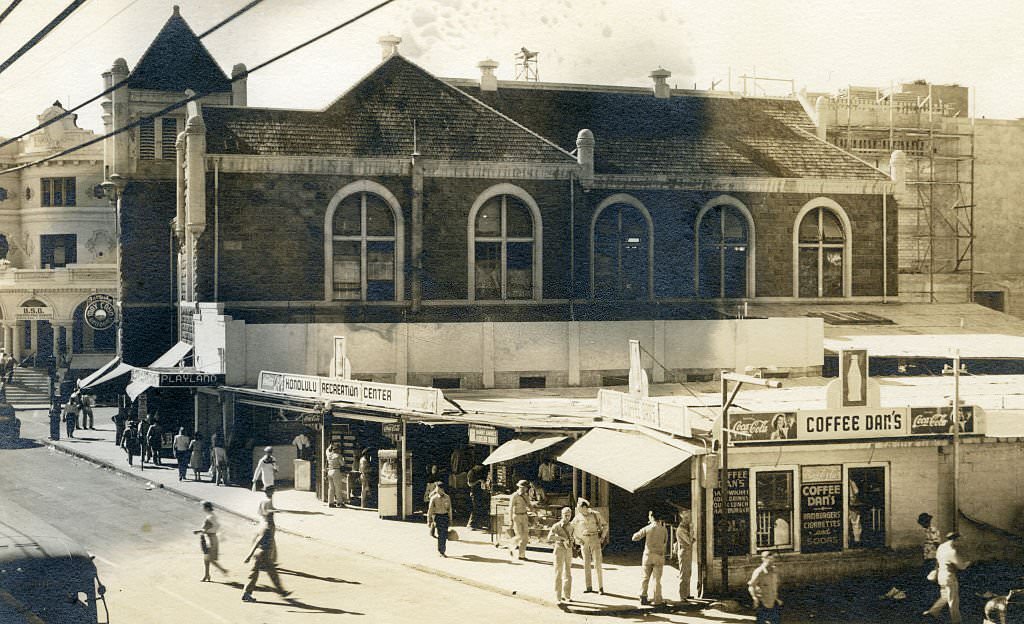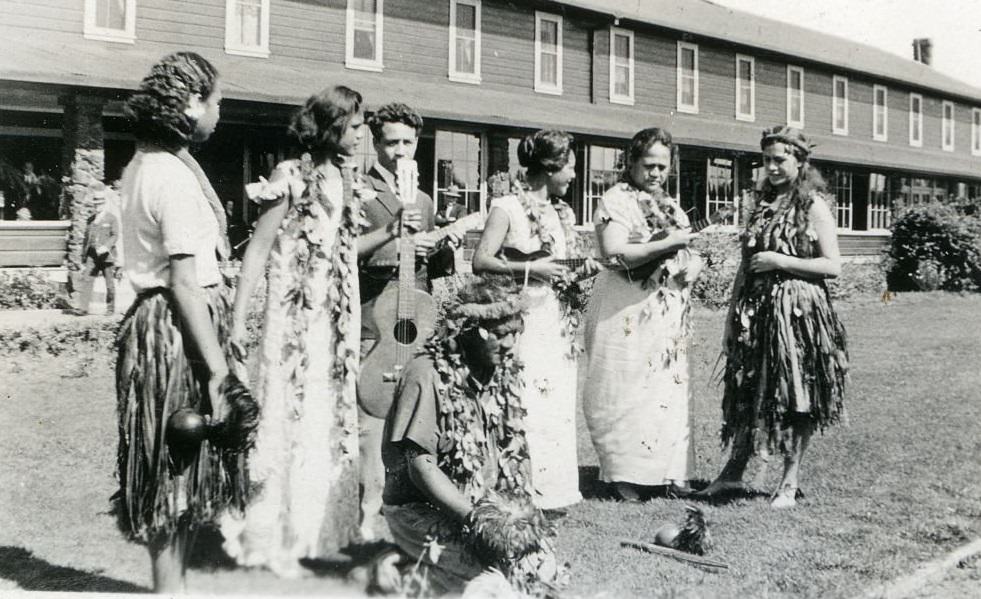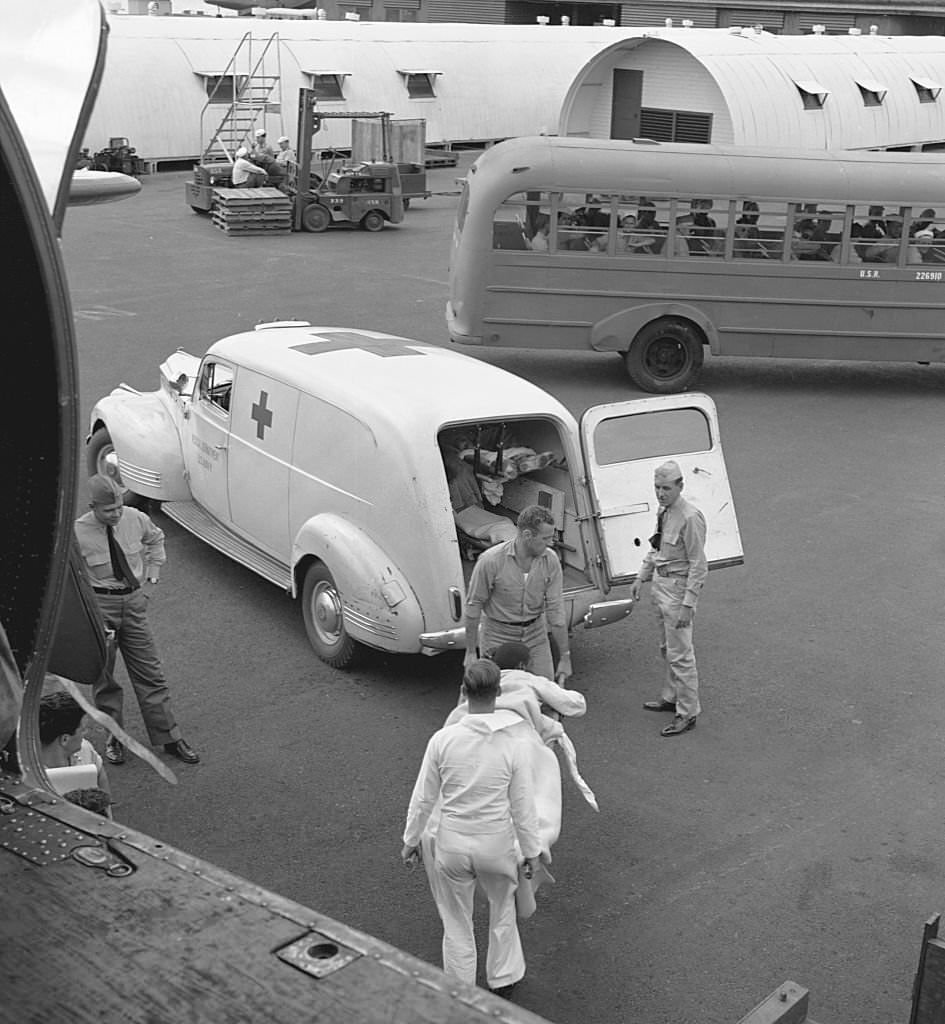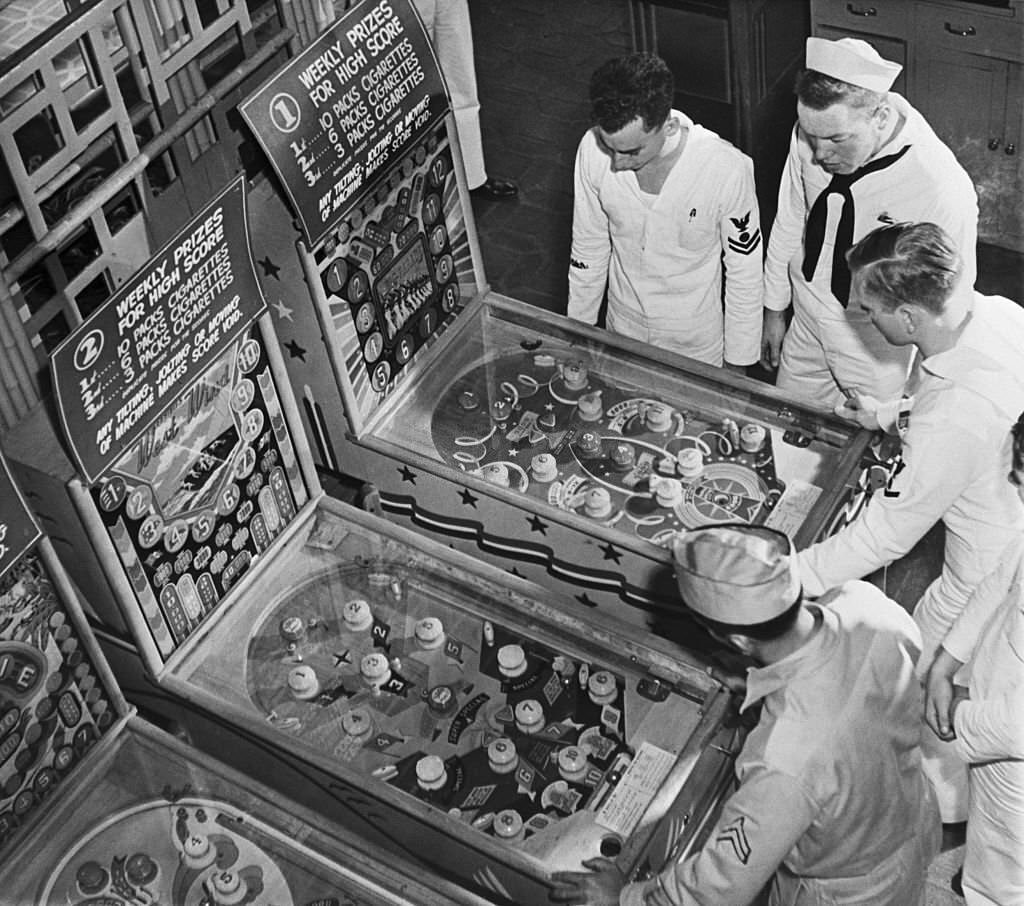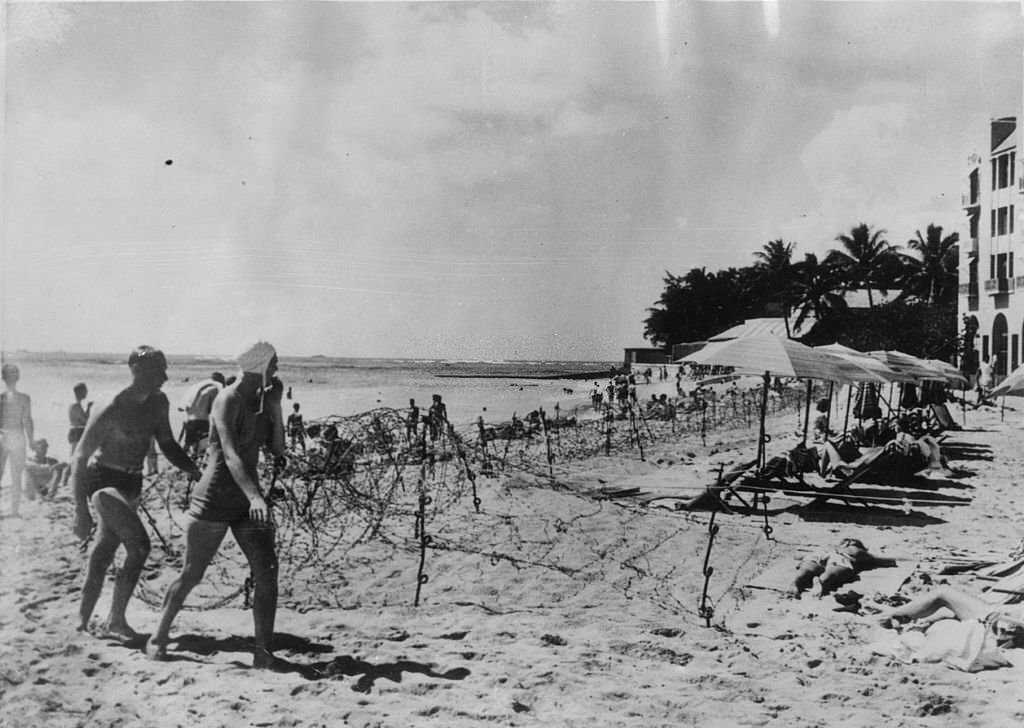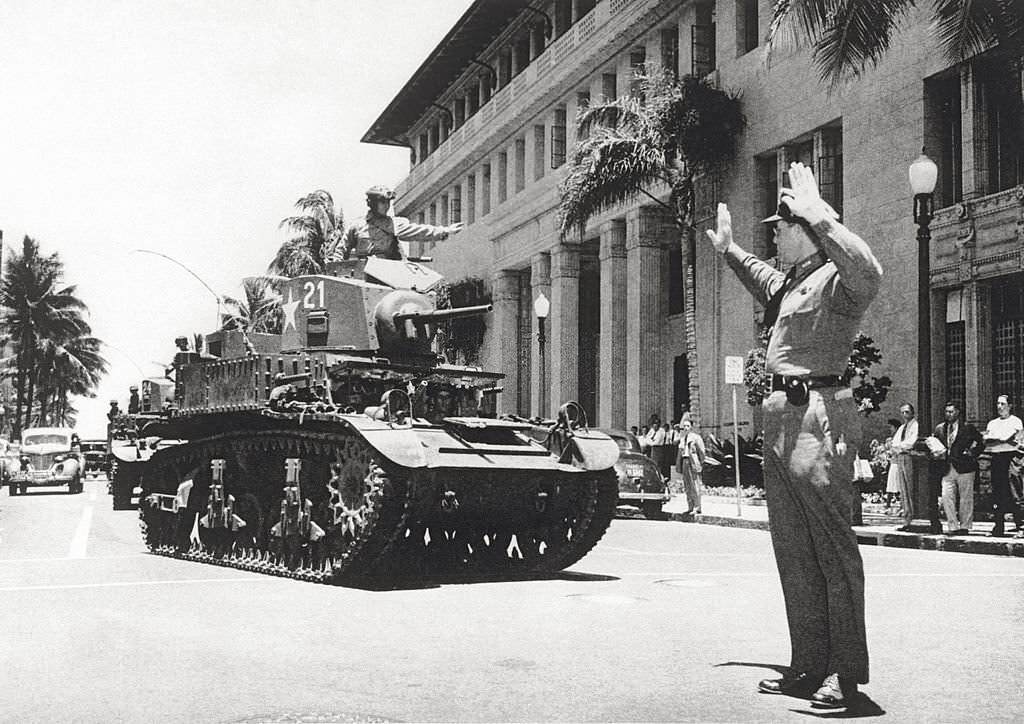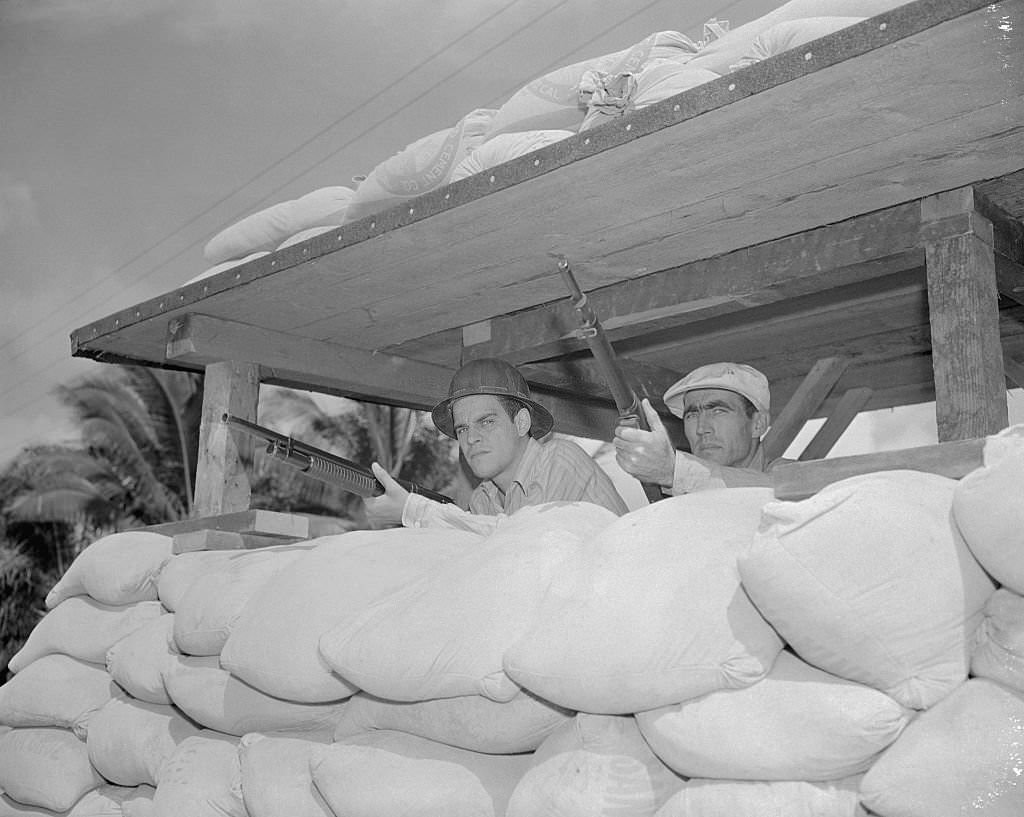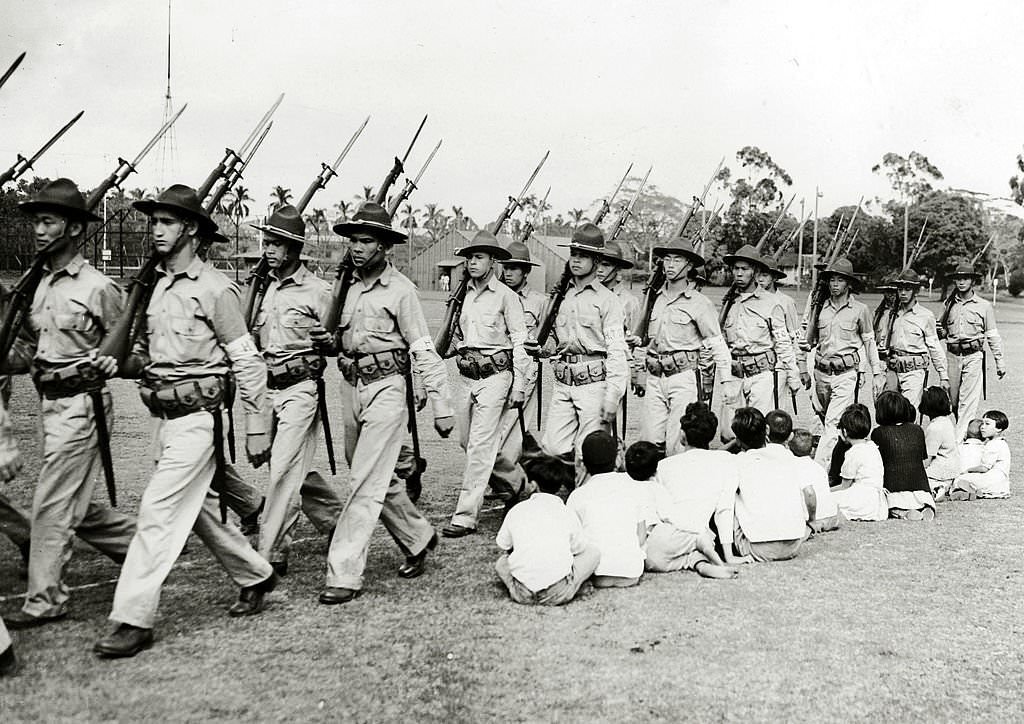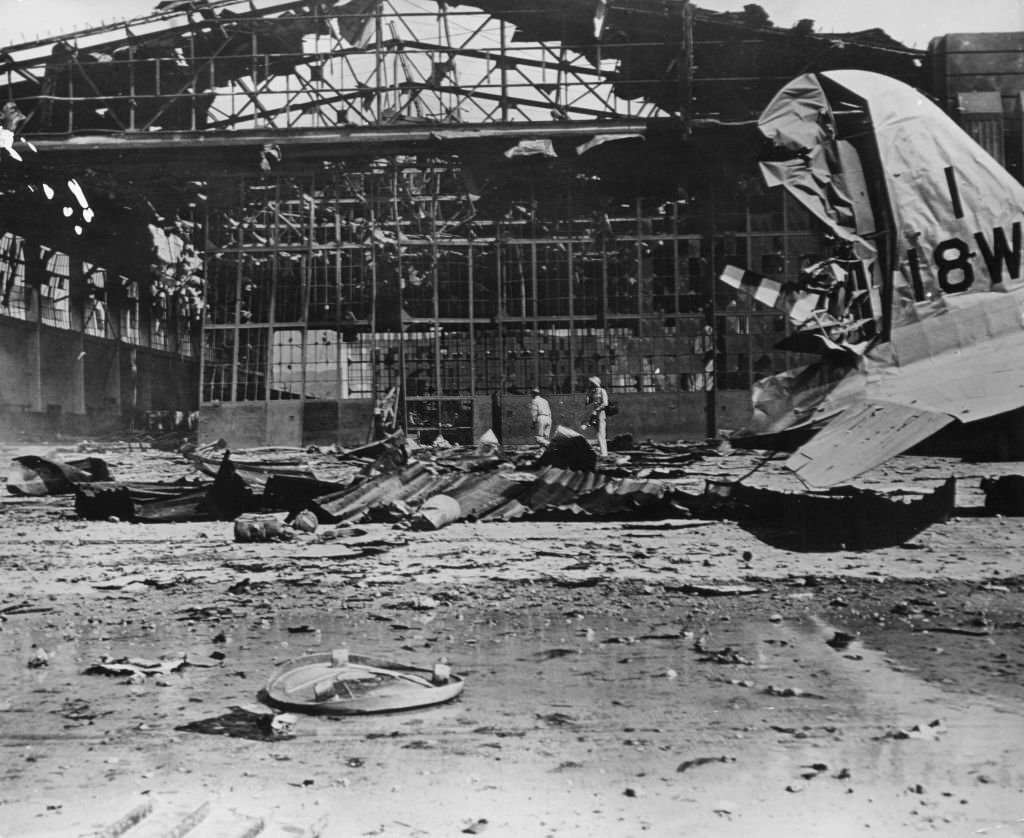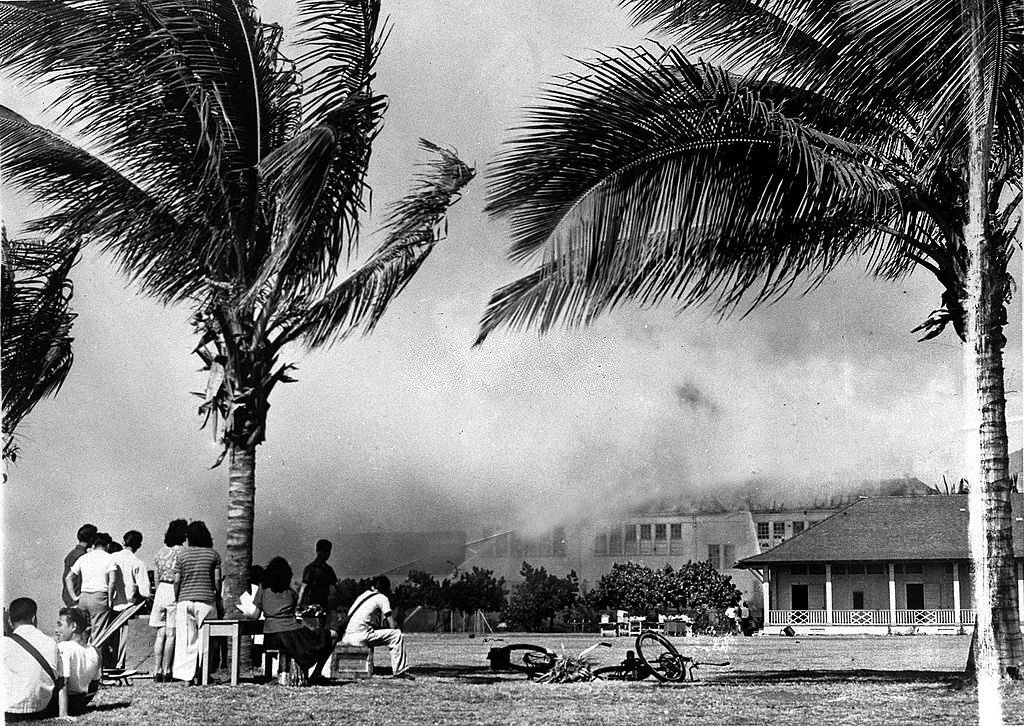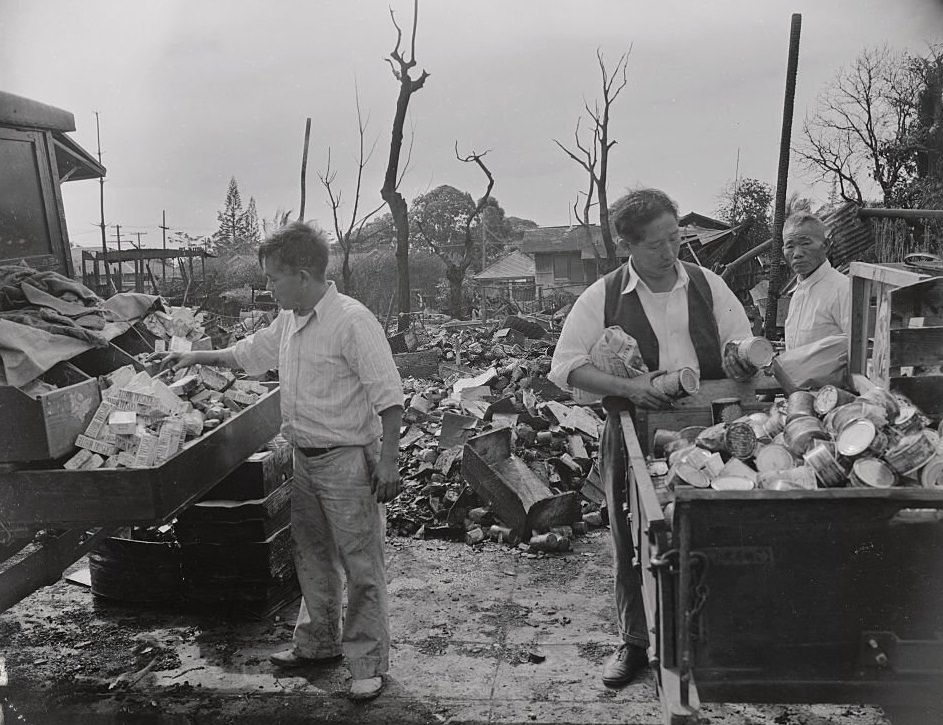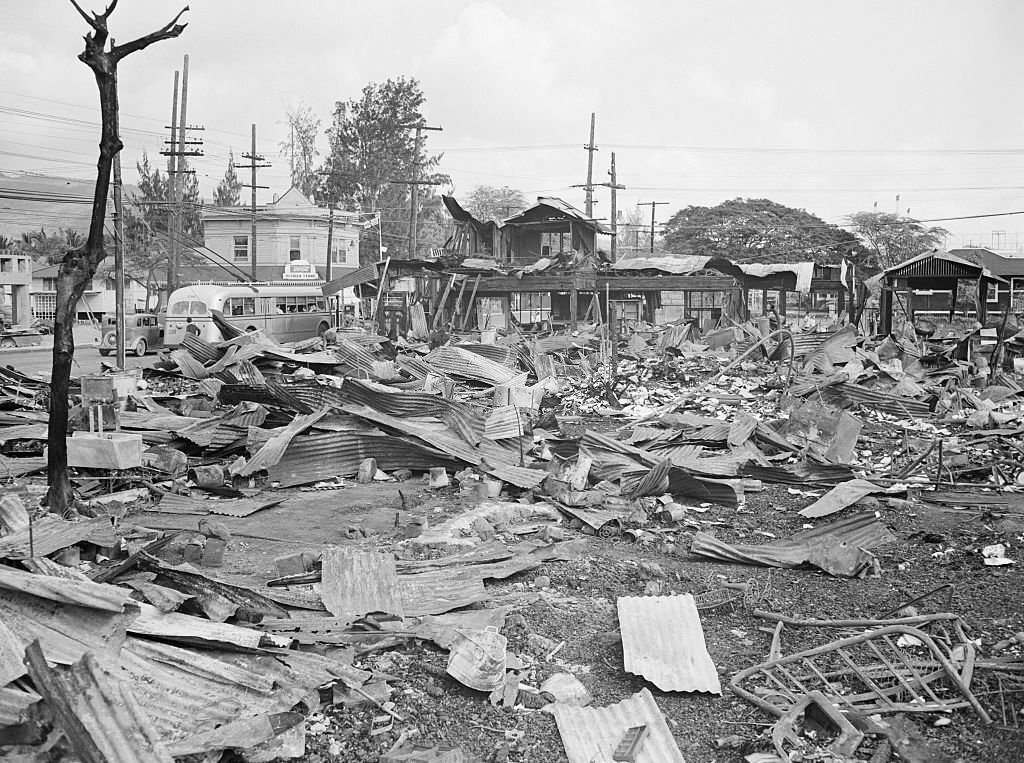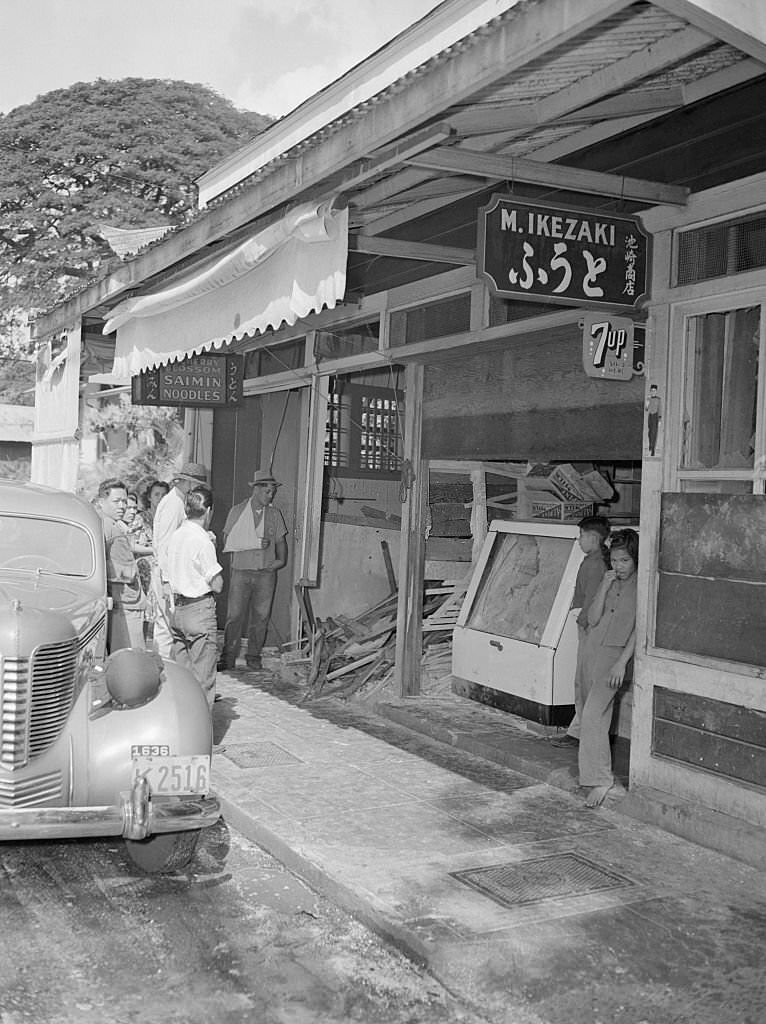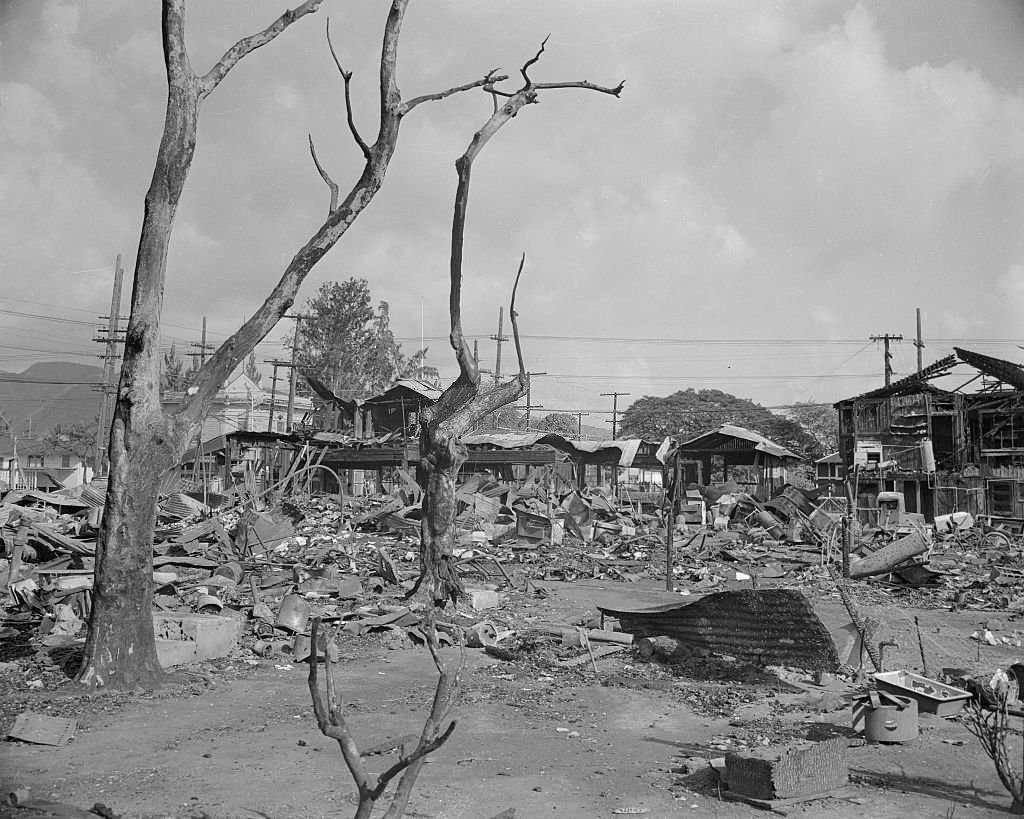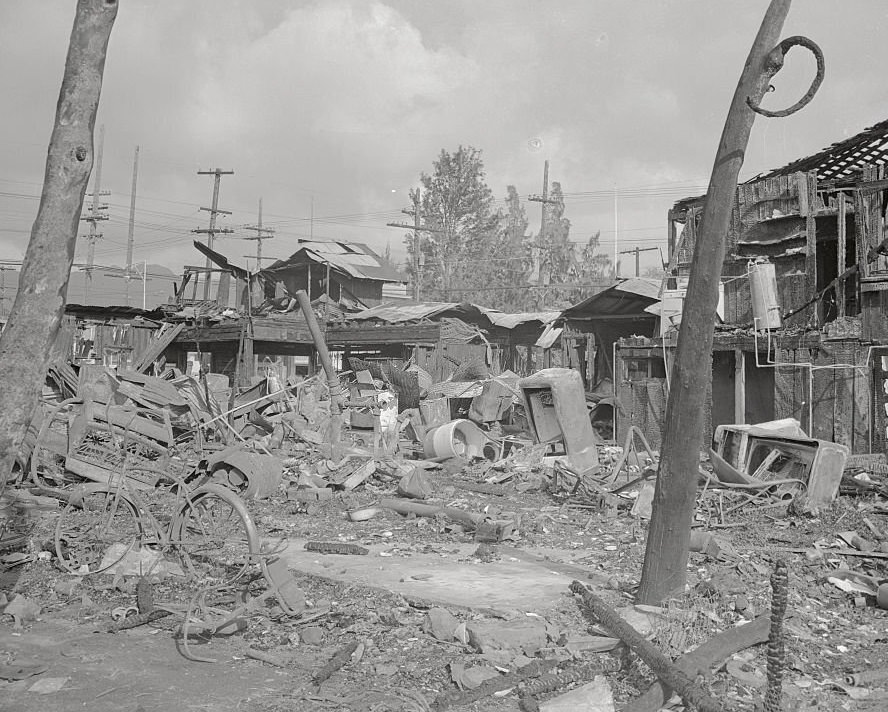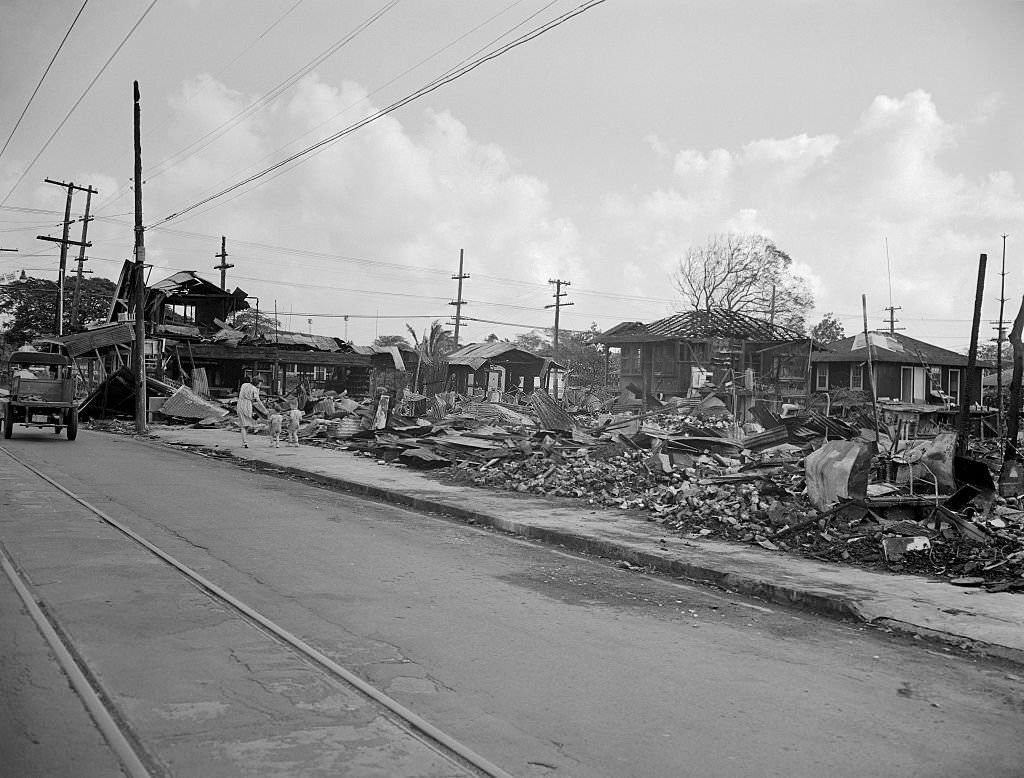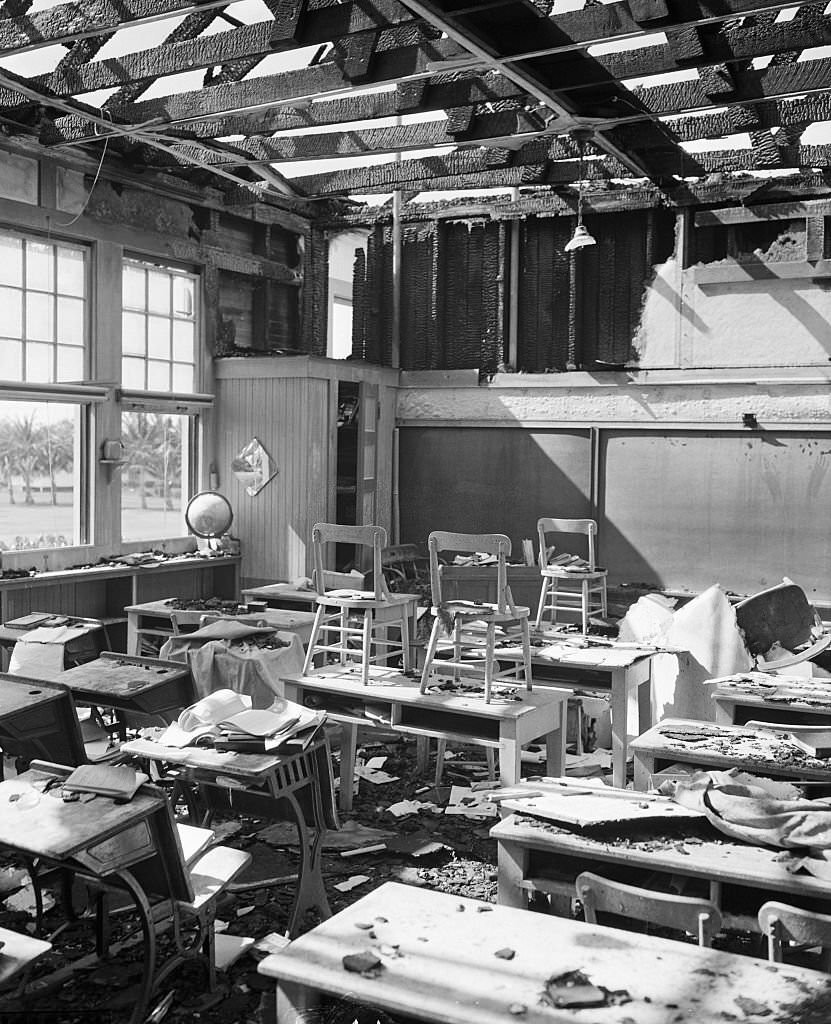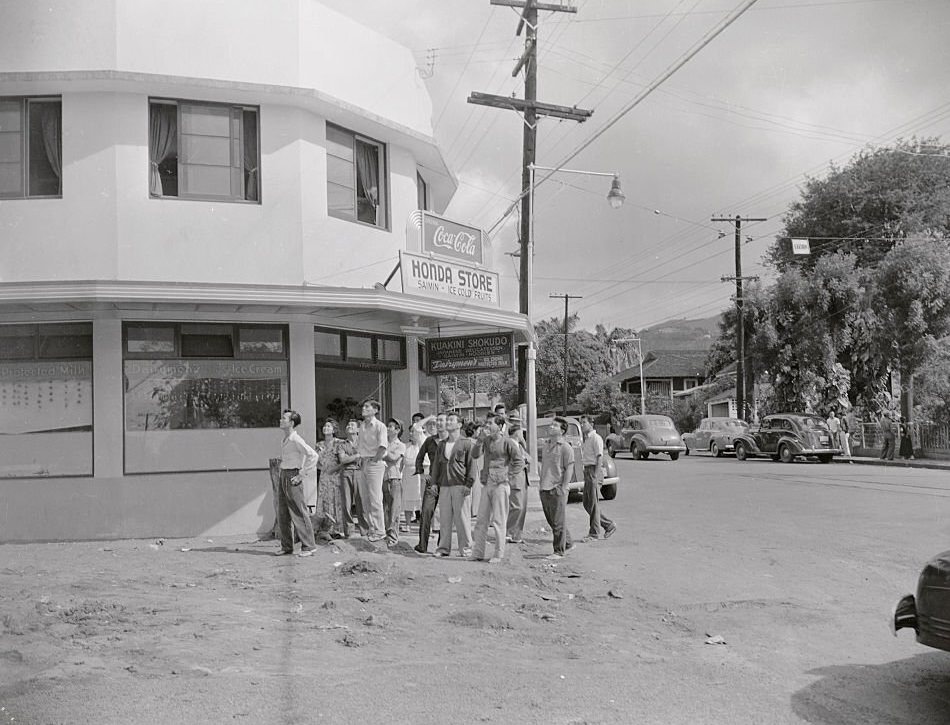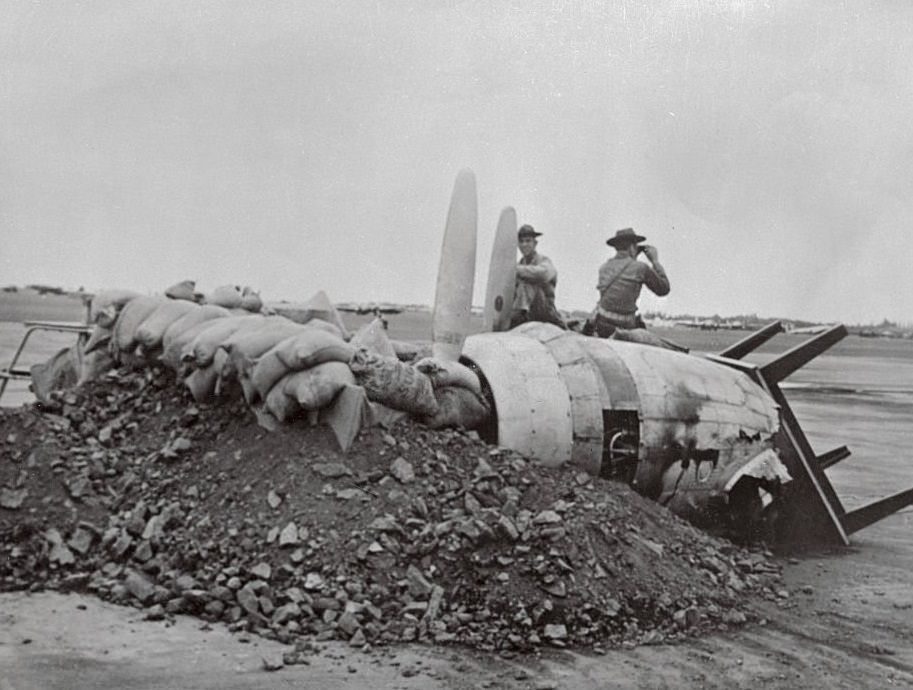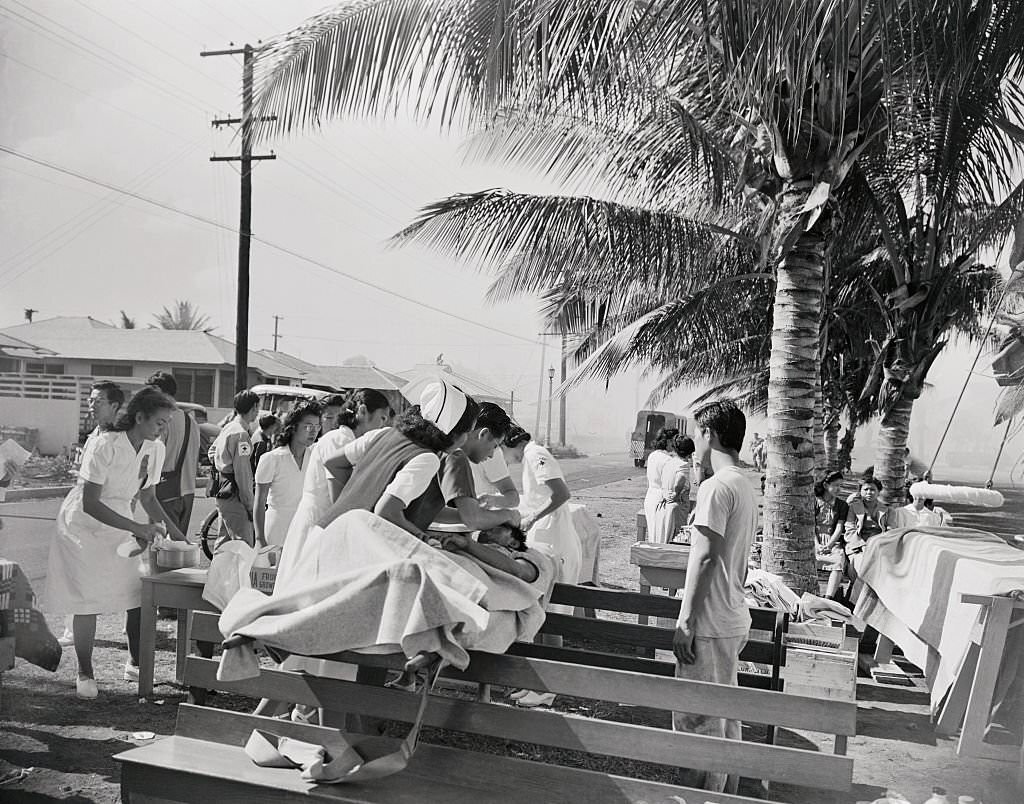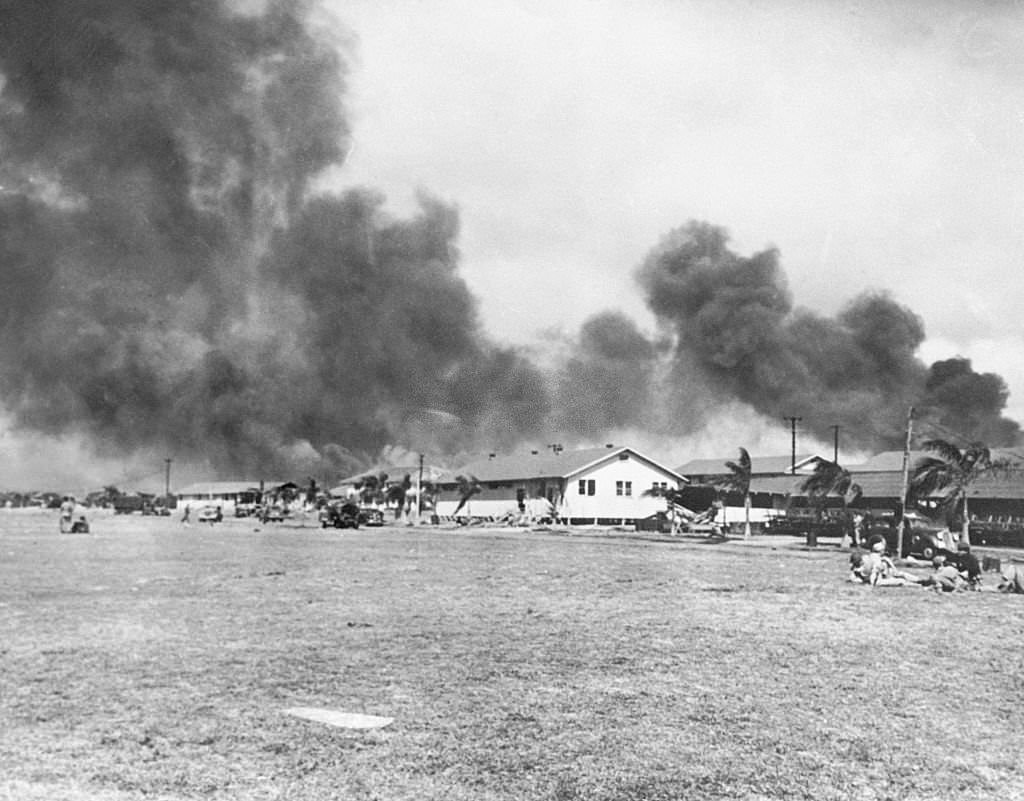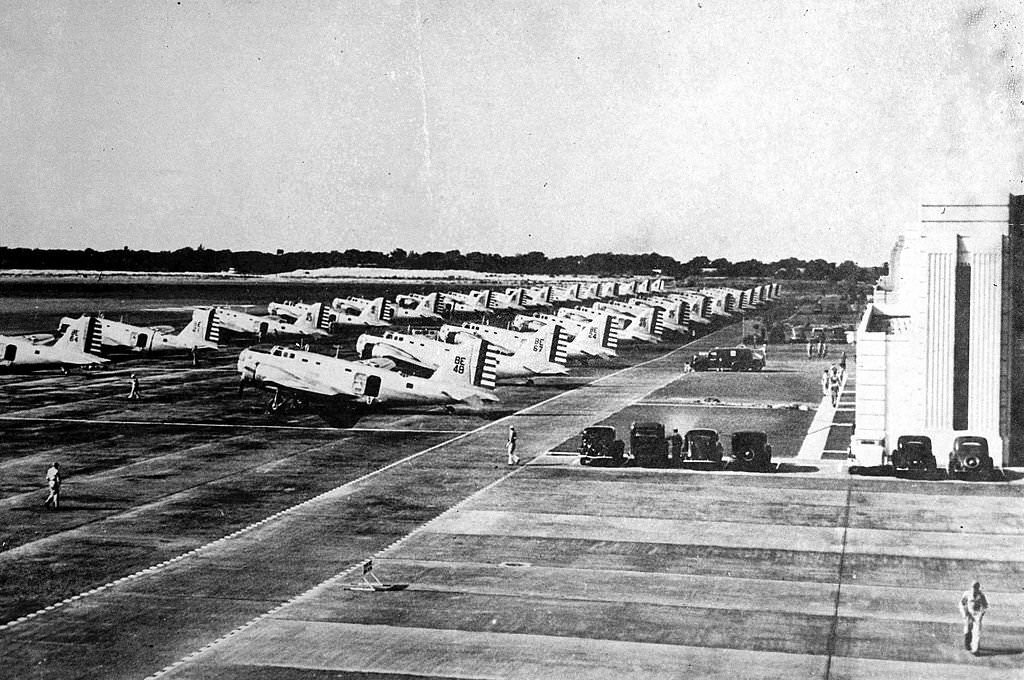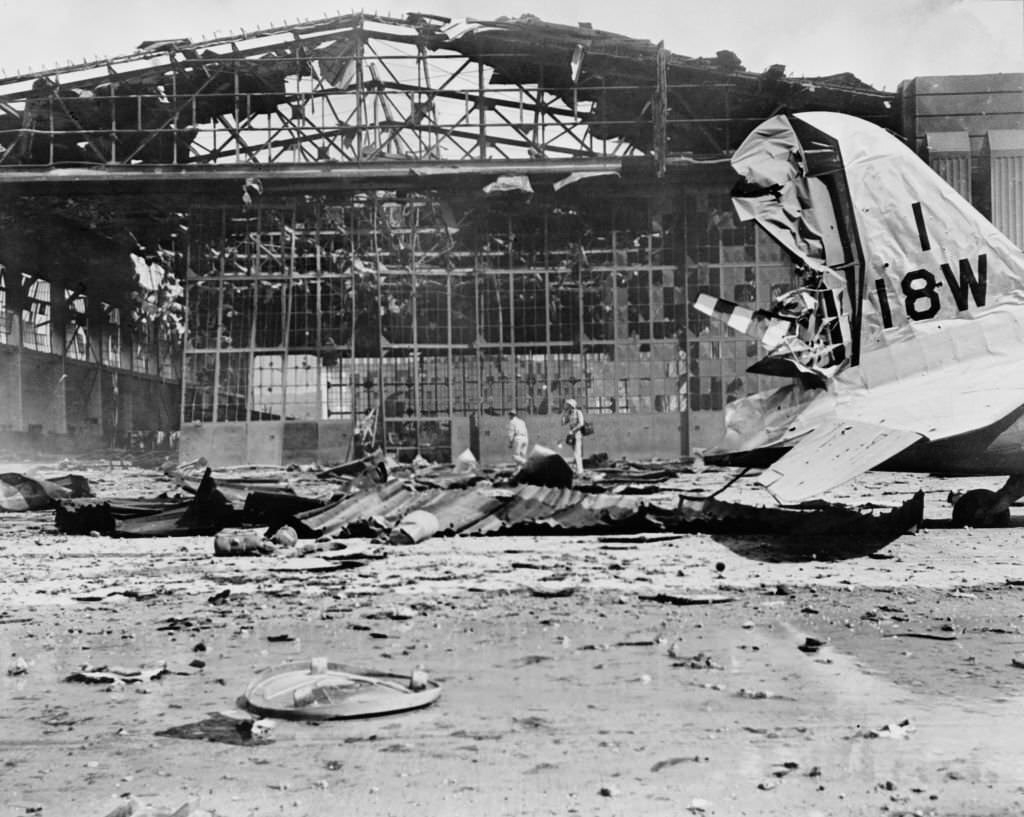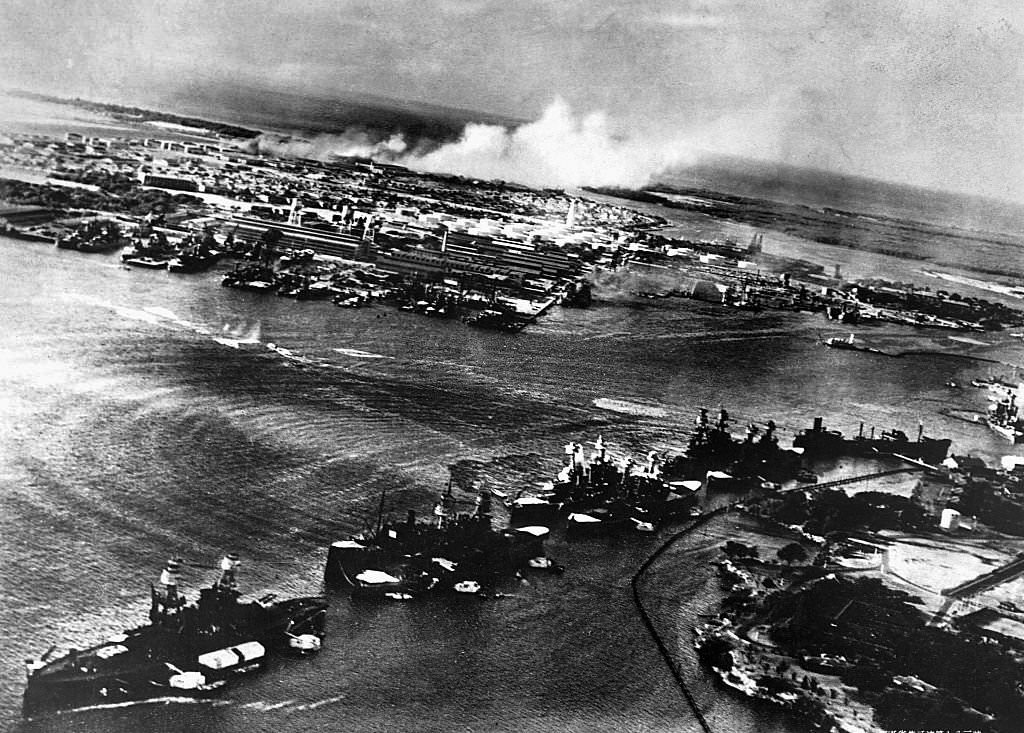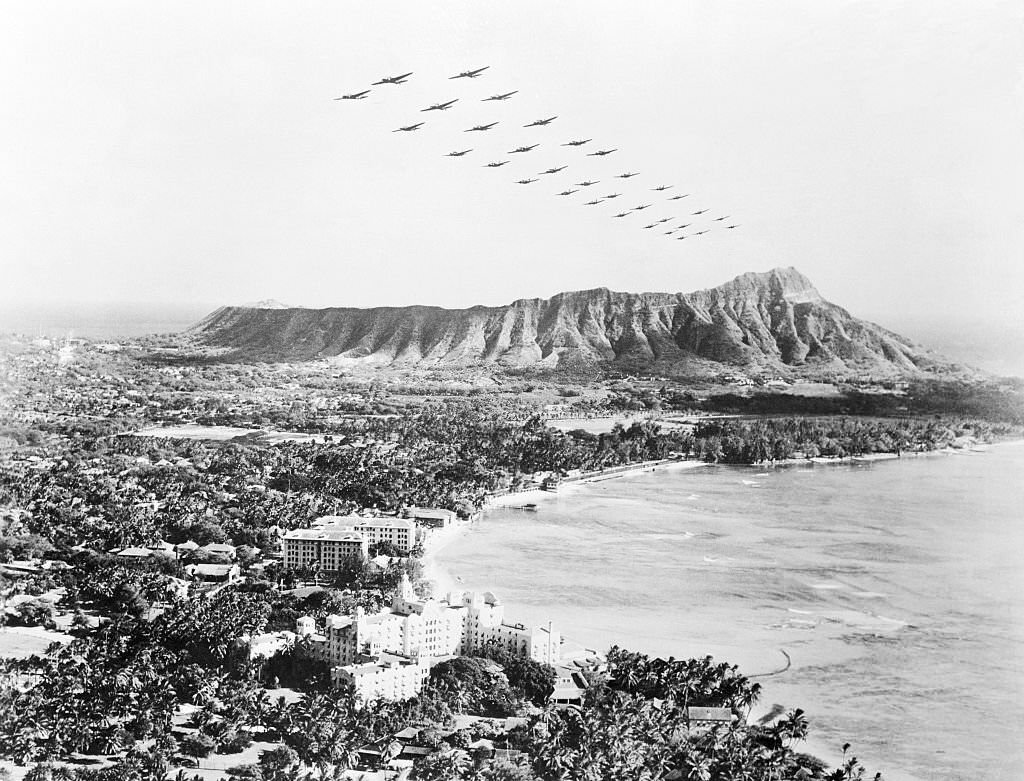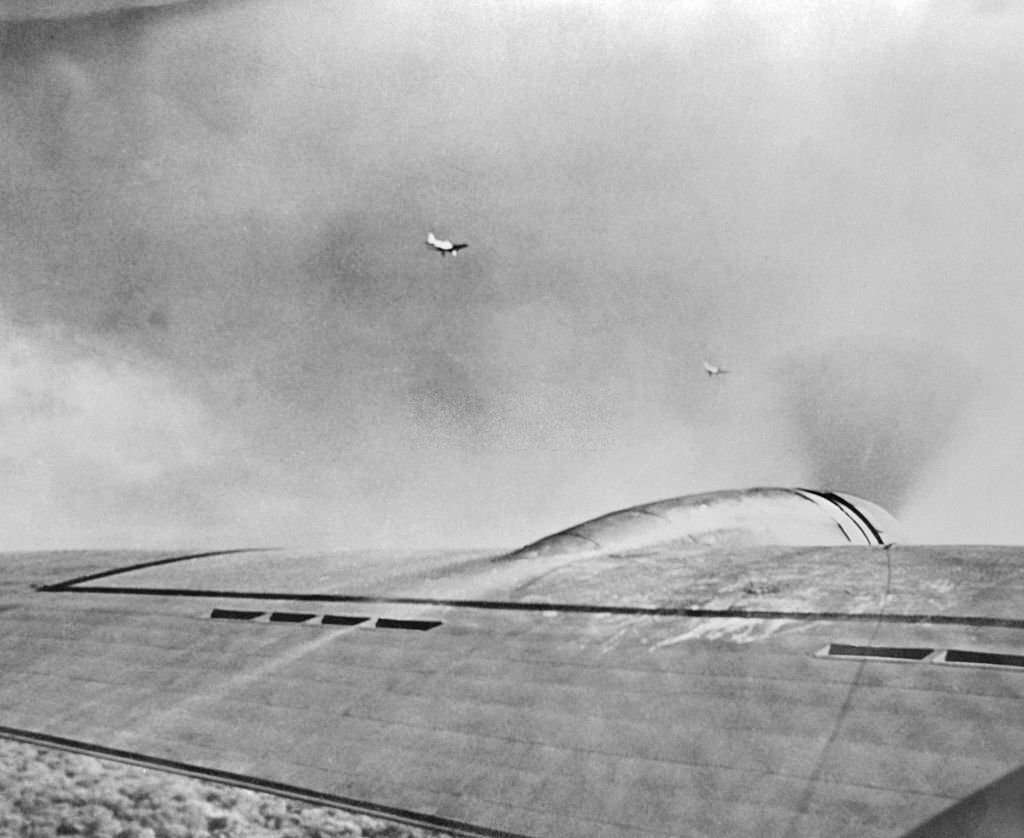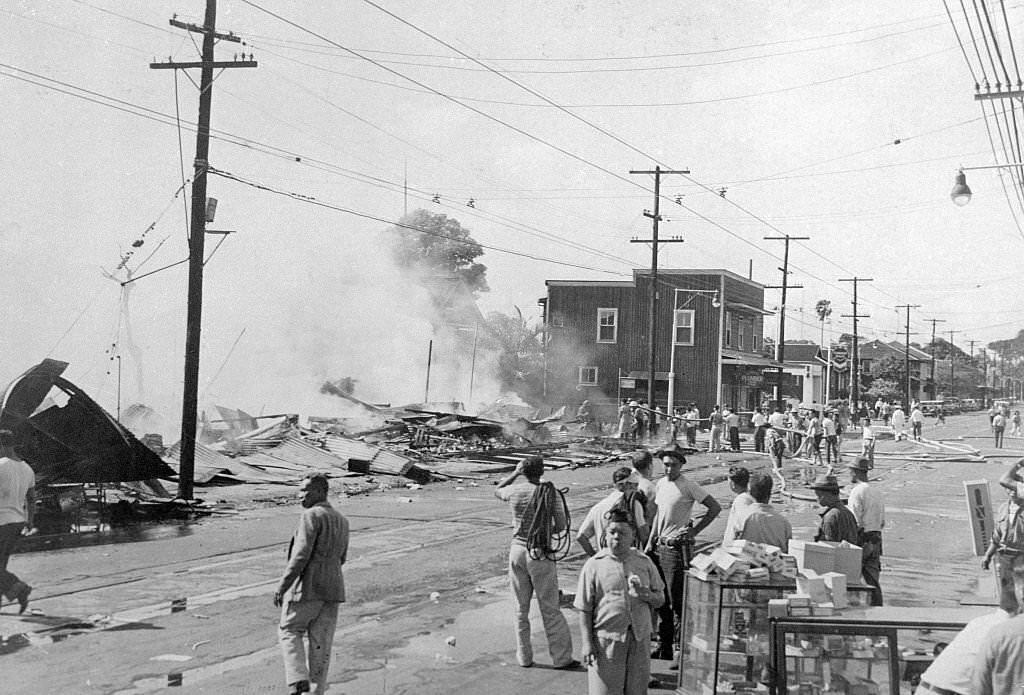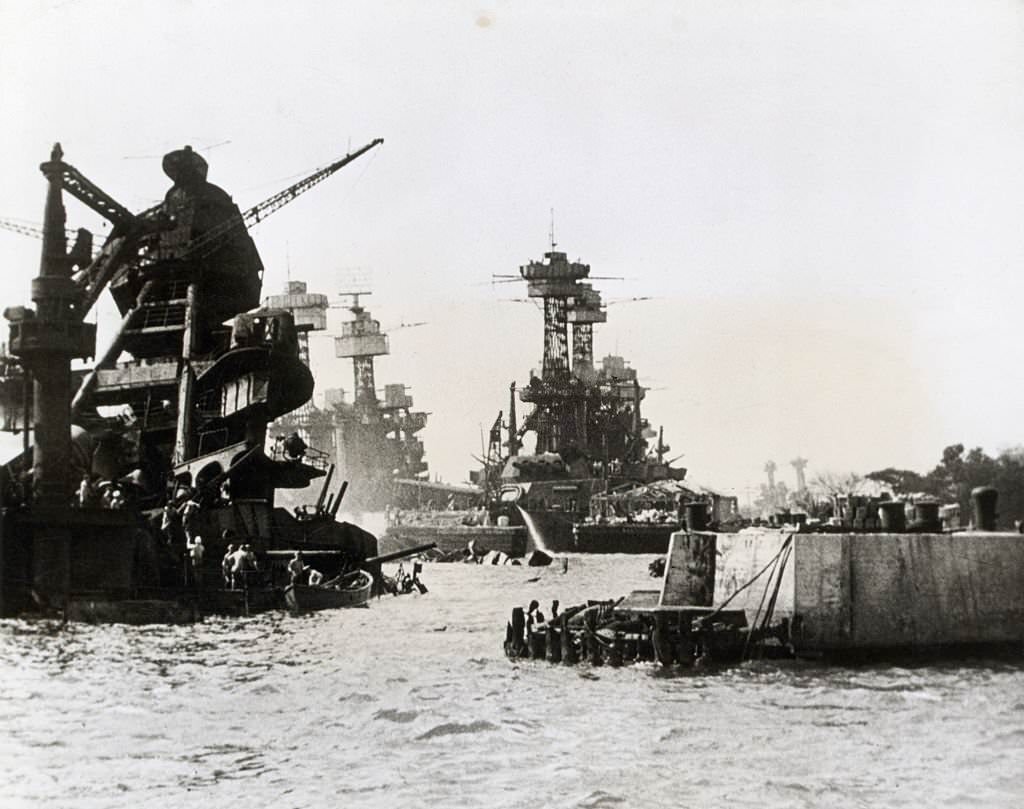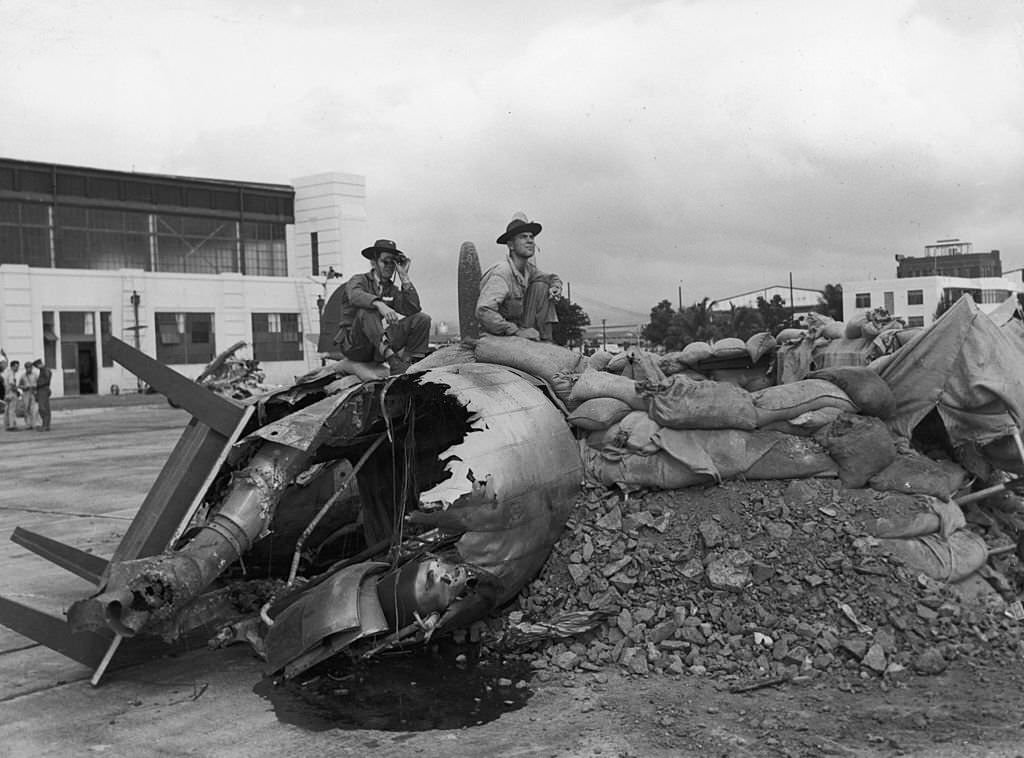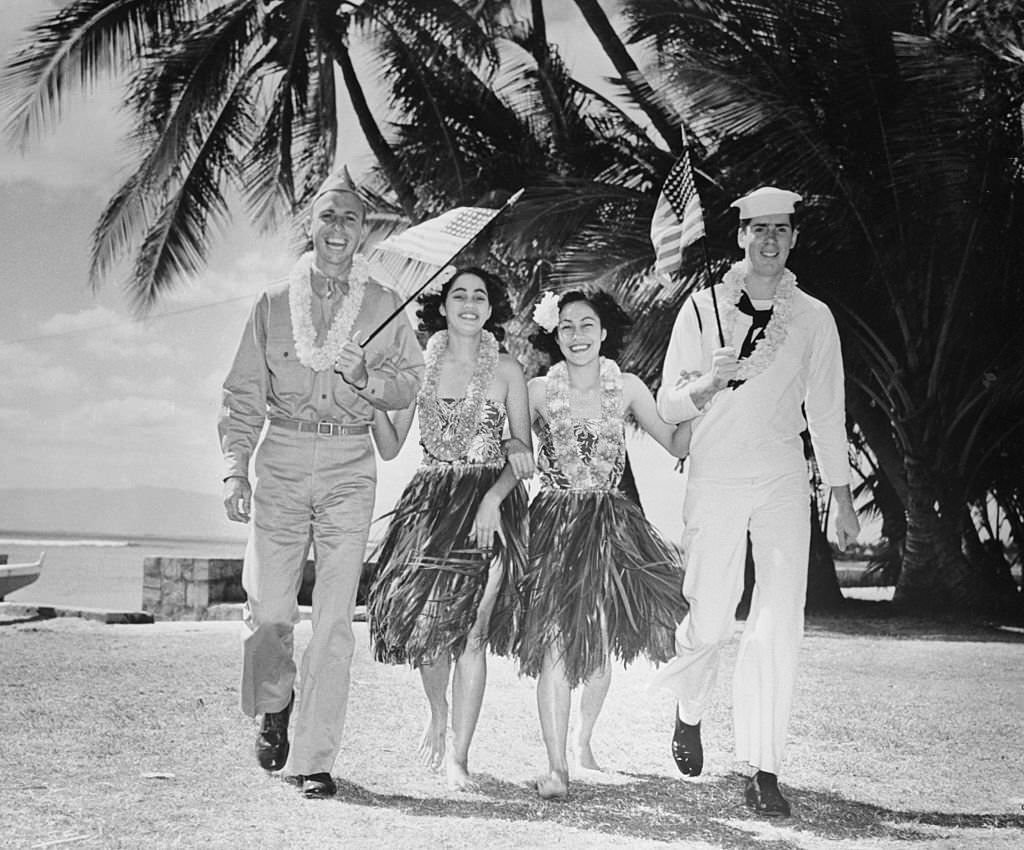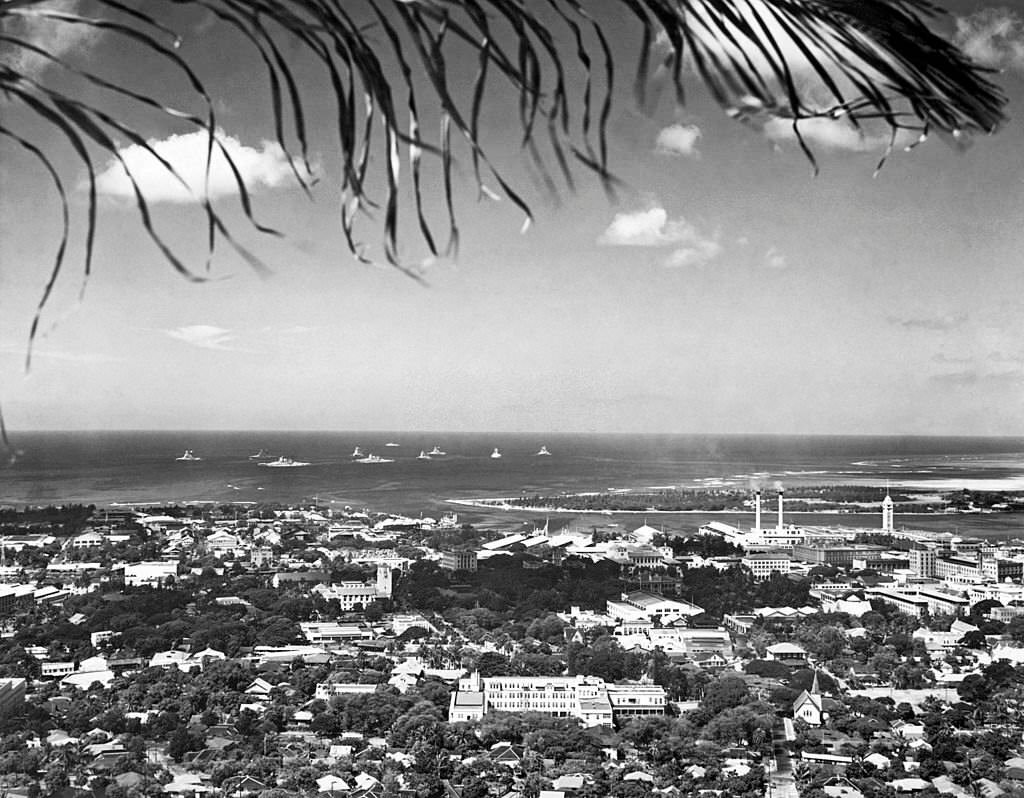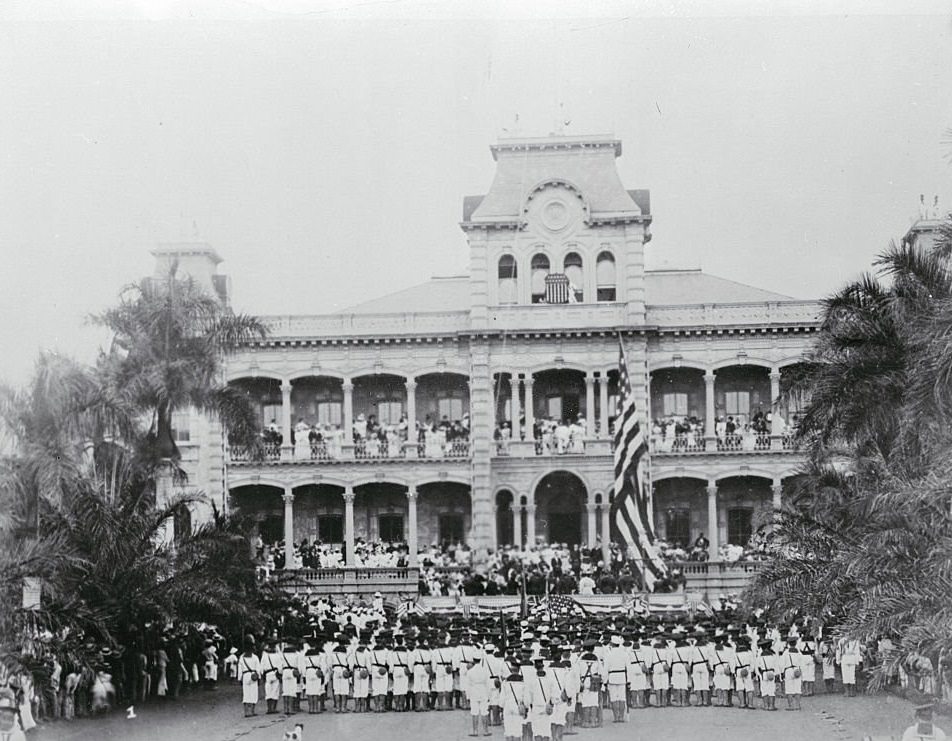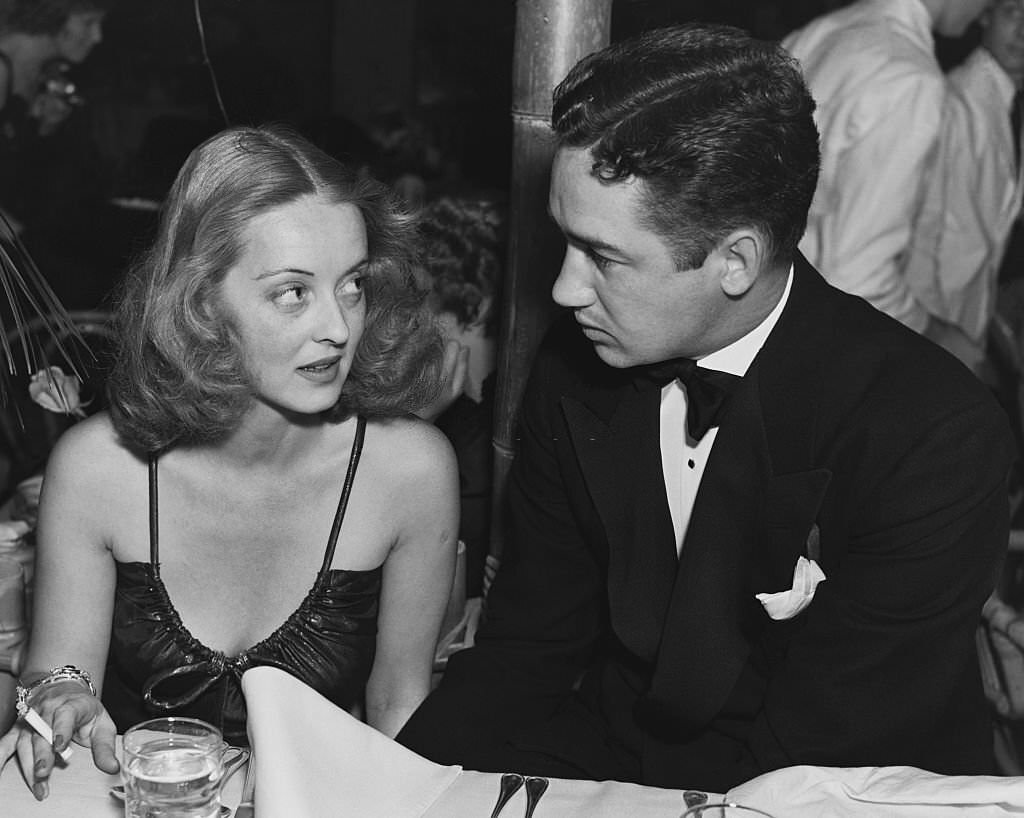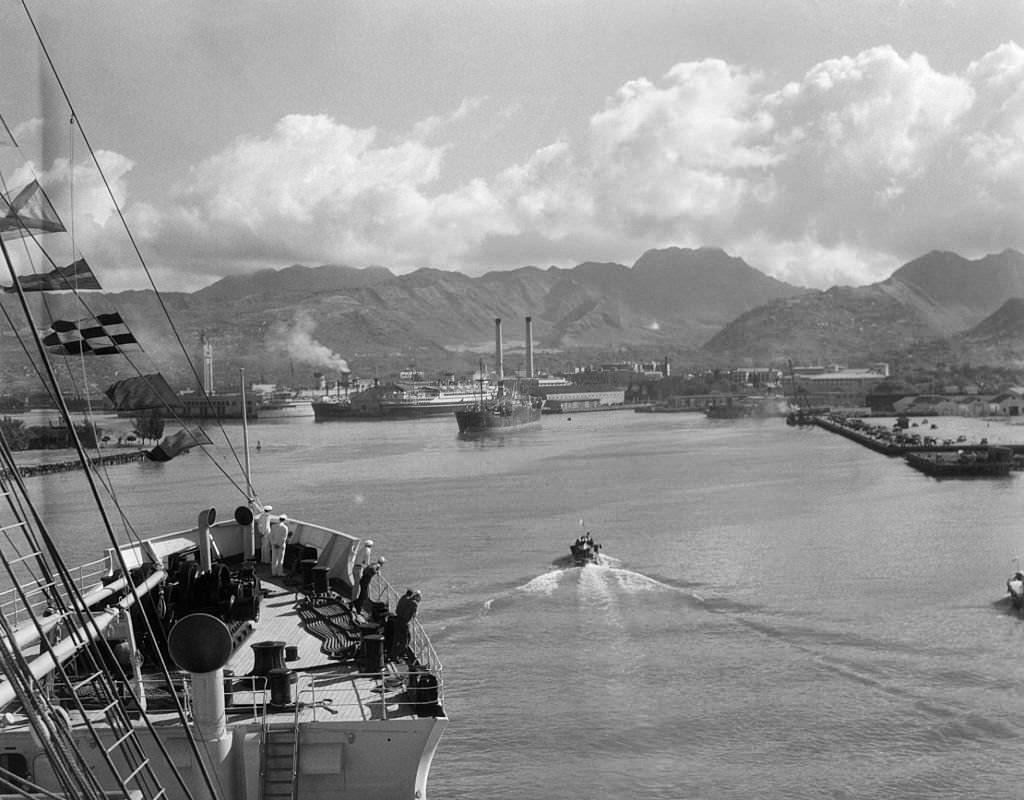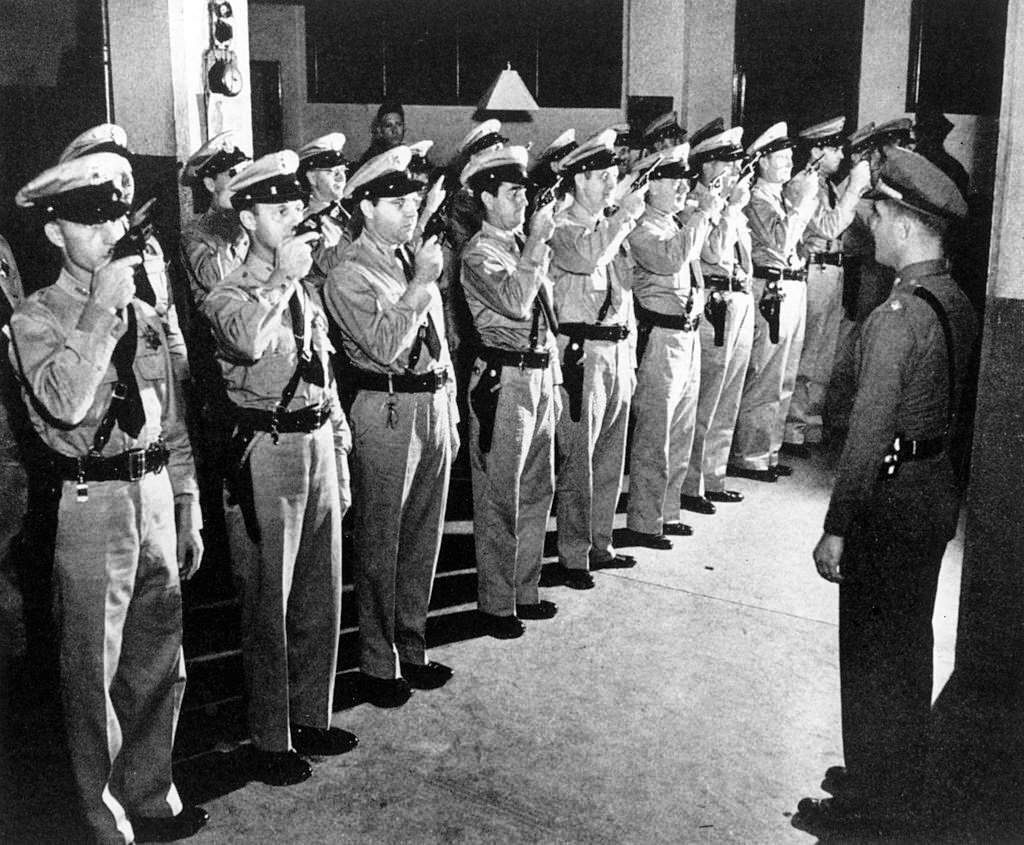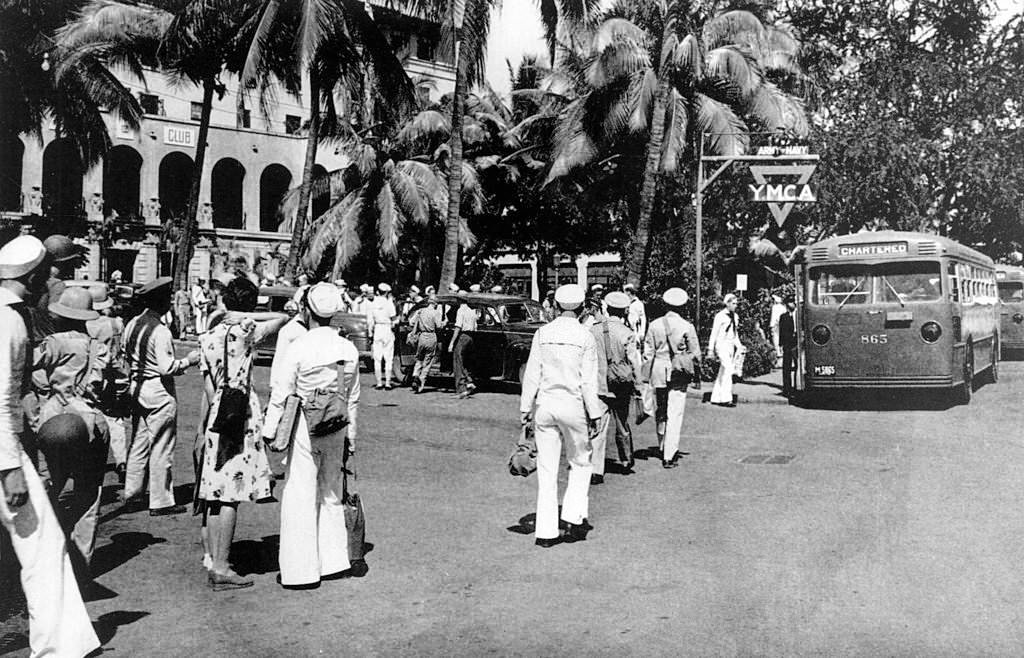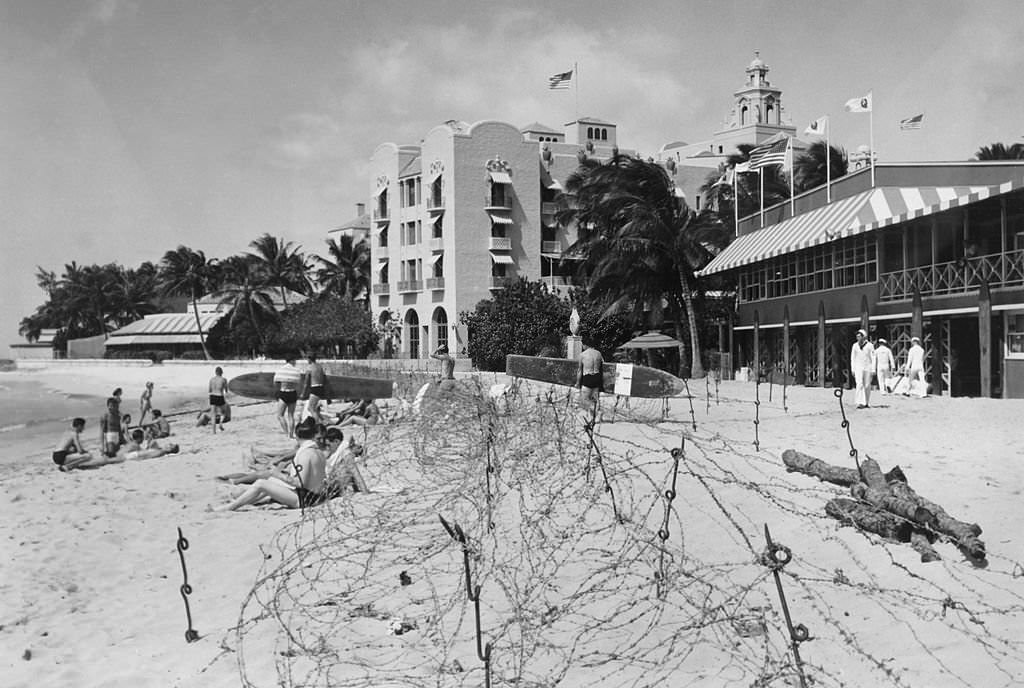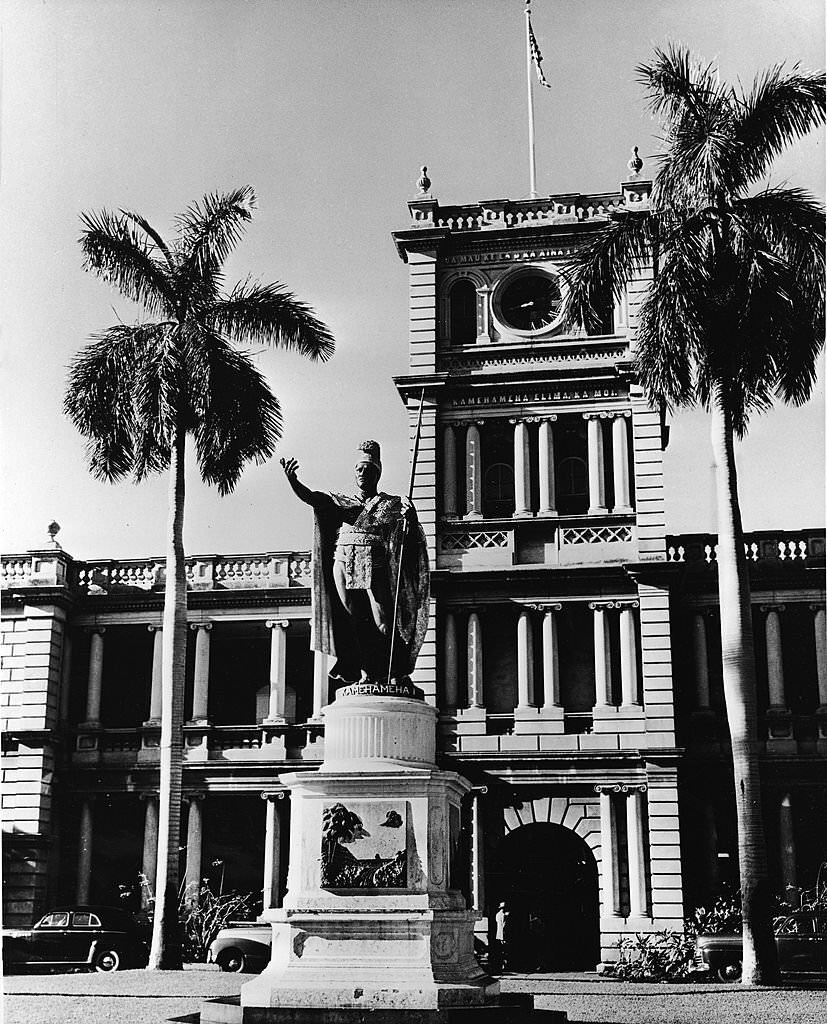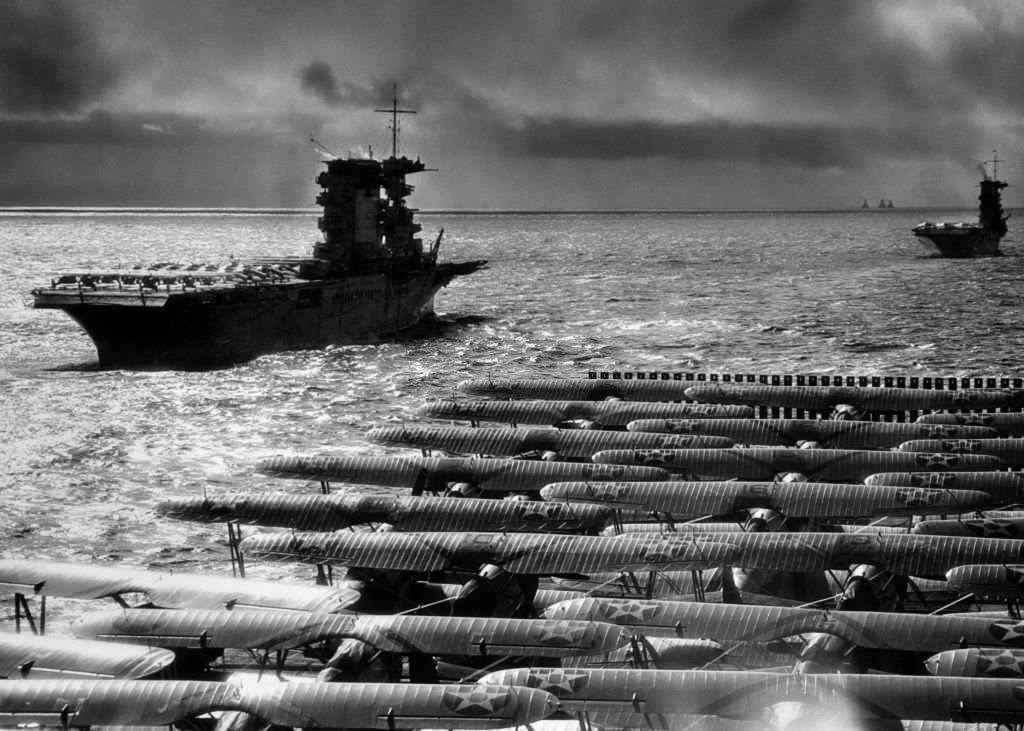Honolulu is Hawaii’s capital and largest city, famous for Waikiki Beach, luxury shopping, and proximity to Pearl Harbor. Honolulu’s rich history extends far beyond surf, sand, sunshine, and palm trees. The historic treasures in this cosmopolitan city may be hidden among modern high-rises, but they reflect the unique culture of Hawaii.
Honolulu’s early history was marked by turbulence and conflict. While Hawaii was one of the last areas to be explored and exploited by Europeans (James Cook was the first European to visit it in 1778), it was also subject to strong pressures from American missionaries and opportunistic whalers. Honolulu was originally built by whalers, which brought trade, commerce, and prosperity, leading to the industry’s expansion of sugar and pineapples. Russia attempted to move in as early as 1814, and Russian soldiers built a bastion at the harbor’s edge. Honolulu was occupied by French forces in 1849 after the British flag was raised in 1843. Every time, control was returned to the independent native kingdom without bloodshed. A group of Americans completed an annexation to the United States, which had been attempted intermittently for 65 years.
Honolulu was incorporated as a city in 1907. Before tourism, sugar planters and pineapple growers controlled these islands with impunity and prospered, despite developing strong cultural identities. During this time, the U.S. military built a large Pacific presence. With Pearl Harbor as its key asset, the Navy and Army considered Honolulu the most important place in the North Pacific. Hawaii differed from military bases on the mainland of the Philippines, where civilians and the military lived separately. Military officers dominated Honolulu society. On Dec. 7, 1941, Japan bombed Honolulu in a surprise attack on Pearl Harbor, an unprepared U.S. naval base.
Here are some fascinating historical photos that show Honolulu in the 1940s.
#1 Honolulu Harbor BEV Mauka, 1940s
#2 Detailed birdseye view from Punchbowl Crater looking down on Honolulu Harbor, 1940s
#3 Downtown Honolulu and the harbor viewed from the Punchbowl Crater lookout at the start of the wartime era, 1941
#4 Diamond Head view from high up Mount Tantalus behind Honolulu, 1947
#5 Morris Fruits & Vegetables Market at 2501 South Beretania Street in Honolulu’s Moiliili district, 1944.
#6 The Honolulu YWCA on Richards Street between Hotel and King Streets in downtown Honolulu, next to the State Capitol District, 1940
#7 The Spanish Mission style Army and Navy YMCA on South Hotel Street in the capitol district of Honolulu, 1930s
#8 Manoa Valley in Honolulu from viewed from Round Top Drive, 1949
#9 Honolulu’s business district looking mauka (inland) from Ala Moana Blvd, 1940
#10 Palace Square Honolulu, 1930s.
#11 Waialae Beach Park Makai, 1940s
#12 A bombed truck still burns off the Hickam Field Parade Ground at “F” Street, three hours after the first Japanese planes appeared over the Hawaiian Island of Oahu, on December 7, 1941.
#13 Noted painter Jean Charlot’s 1949 mural “Relation of Man and Nature in Old Hawaii” on the first floor of the University of Hawaii’s modernistic Administration Building, 1949.
#14 Farrington High School Kalihi, 1940s
#15 Farrington High School, 1940s
#16 Nice sharp color photo of Farrington High School on North King Street at Kalihi Steet, 1949
#17 Roosevelt High School, 1940s
#18 The campus of St. Louis College above Honolulu’s Kaimuki neighborhood seen from the school’s entrance on Waialae Avenue at 3rd Avenue, 1940s.
#19 Glass bottom boat in Ala Wai Canal near the Kalakaua Avenue Bridge, 1940
#20 Boats docked along the 1926 Ala Wai Canal. The boats had to be small enough to fit under the Ala Moana Bridge visible in the distance at right, 1940s
#21 Ala Wai Canal Small Boats, 1940s
#22 Mauka view looking inland across the Ala Wai Canal from Ala Wai Blvd, 1949
#23 Looking mauka towards Manoa Valley from the Ala Wai Canal which separates Waikiki from the rest of Honolulu, 1947
#24 PY Chong’s Ala Moana Detail, 1940s
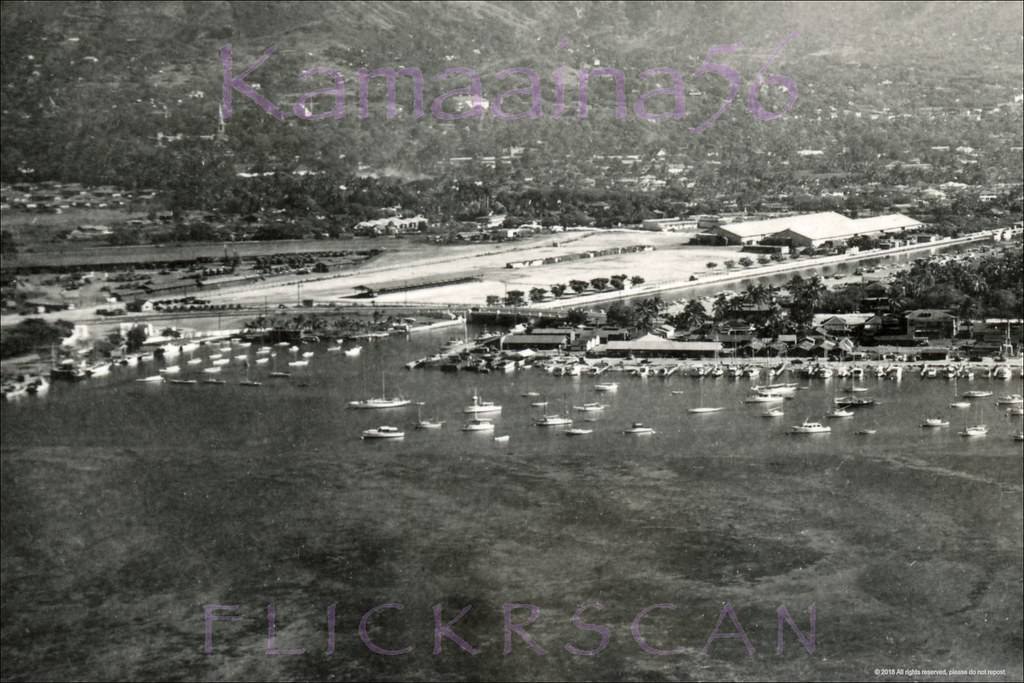
The House of P.Y. Chong Chinese Restaurant at 1683 Ala Moana Road can be seen in this detail of a previously uploaded photo. The building was a Japanese restaurant in the 1920s known variously as Ikesu Villa, Ikesu Hotel & Cafe, and just Ikesu. It became another Japanese restaurant, Moyoshiro Tea House, 1934 and House of P.Y. Chong 1942.
#25 Honolulu Yacht Harbor, 1940s
#26 Ala Moana Yacht Anchorage, 1944
#27 Ala Moana Yacht Anchorage, 1946
#28 The 1939 Ala Moana Road bridge over the Ala Wai Canal on the western edge of Waikiki, 1949
#29 Mauka (inland) view of south shore Oahu taken from the water off Ala Moana Park, 1949
#30 Transpac Boats Kewalo, 1949
#31 Ala Moana Diamond Head, 1930s
#32 Aku boats moored at Honolulu’s Kewalo Basin on south shore Oahu, 1940s
#33 Tuna fishermen display their catch at Kewalo Basin on Oahu’s sunny south shore, 1949.
#34 Fishermen unloading catch from sampans at Kewalo Basin on south shore Oahu, 1948
#35 Power boats moored in Honolulu Harbor with Sand Island in the distance, 1949
#36 Ala Moana Bridge Mauka, 1949
#37 Sears Beretania Honolulu, 1940s.
#38 Sears Beretania Street, 1940s
#39 Sears Beretania Honolulu, 1946.
#40 Kapiolani Blvd, 1948.
#41 McKinley High Kapiolani Ave, 1949
#42 Honolulu Rapid Transit Bldg, 1940s.
#43 The United States Immigration building on Ala Moana Blvd. at Forrest Avenue in the Kakaako area of Honolulu next to the harbor, 1930s
#44 Dole Pineapple Iwilei Road, 1940s.
#45 Aloha Tower View West, 1949.
#46 Diamond Head view from the Aloha Tower next to Honolulu Harbor, 1949
#47 The Honolulu Harbor area looking towards a low-rise Waikiki from the 1926 10-story Aloha Tower, 1949
#48 Aloha Tower View North, 1949
#49 Matsonliner SS Lurline docked at Pier 10 in Honolulu Harbor, 1949
#50 Matson Liner SS Lurline moored at Pier 10 with the Aloha Tower in the background, 1949
#51 Street-level view of a Boat Day at the Matson Lines Terminal on Ala Moana Road (now Nimitz Highway) at Queen Street in downtown Honolulu, 1941
#52 Bishop Street Makai, 1941.
#53 Bishop Street Honolulu Makai, 1939.
#54 Bishop at Merchant Mauka, 1949.
#55 Young Hotel Honolulu, 1920s.
#56 Alexander Young Hotel View, 1941.
#57 Fort Street at King Makai, 1930.
#58 Looking along Fort Street towards Honolulu Harbor in the distance from the South King Street intersection, 1938
#59 Looking along Fort Street towards Honolulu Harbor from between South King and Hotel Streets, 1941
#60 Underexposed but still interesting scene looking makai (seaward) along downtown Honolulu’s Fort Street, 1944.
#61 Fort Street at Hotel Mauka, 1940
#62 Looking mauka (inland) along Fort Street from the South King Street intersection in downtown Honolulu, 1949
#63 Downtown Honolulu’s commercial Fort Street seen from the corner of South King Street, 1937
#64 Looking inland along Fort Street from King Street in downtown Honolulu, 1940
#65 Entrance to The Liberty House department store on Fort Street at the mauka corner of South King Street in Honolulu, 1942
#66 Fort Street at Hotel Honolulu, 1939.
#67 The 1942 romantic comedy “The Male Animal” starring Henry Fonda and Olivia DeHavilland on the marquee of downtown Honolulu’s Princess Theater, 1942
#68 Looking more or less northwest along South King Street from Bishop Street in downtown Honolulu, 1940s
#69 Nuuanu at Pauahi Honolulu, 1940s
#70 Chinese Christian Church, 1949.
#71 Beretania St Bridge Honolulu, 1949.
#72 River Street Honolulu Mauka, 1940s.
#73 River Street Honolulu Makai 1940s.
#74 Nuuanu Stream Honolulu 1940s.
#75 Old Cars at Iolani Palace, 1941.
#76 Honolulu Post Office, 1940s.
#77 Honolulu Hale Punchbowl St, 1949.
#78 Honolulu Hale, 1946.
#79 Honolulu Hale Mauka Side, 1947.
#80 Diamond Head Light, 1948.
#81 Koko Crater and Koko Head seen from Waialae Beach Park on Maunalua Bay on the south shore of Oahu, 1947
#82 Looking from Waialae Beach Park with Wilhelmina Rise in the distance, 1940s
#83 Scenic Waialae Golf Club, 1946
#84 Aina Haina Wailupe Valley, 1949.
#85 Sailor rides bicycle by Crossroads of the Pacific sign, 1940s
#86 Sailor on bicycling in front of Crossroads of the Pacific sign, 1940s
#87 Canal lined with row boats and small buildings, 1940s
#88 Men in bathing suits walk near surf. Buildings line beach, 1940s
#89 Sailors standing by Crossroads of the Pacific sign, 1940s
#90 High angle shot of city street with trolley cars, American flags and sailors, 1940s
#91 Two sailors walk in uniform on beach. Diamondhead in background, 1940s
#92 Numerous sailors on both sides and crossing city street, 1940s
#93 City street scene with cars, barber poles and a few pedestrians, 1940s
#94 Sailors mill outside of Waikiki theater block on quiet street with parked cars and palm trees, 1940s
#95 Sailors walking in front of six story building, 1940s
#96 Long line of sailors. A few other sailors crossing street, 1940s
#97 Crowded beach scene with sun umbrellas, 1940s
#98 Sailors on a broad commercial street in Hawaii with cars parked on either side, 1940s
#99 Broad commercial street with cars and sailors, 1940s
#100 Servicemen on sidewalk in front of Playland awning, 1940s
#101 Soldier posing by Crossroads of the Pacific sign, 1940s
#102 Two sailors hugging two woman in arcade photo. One woman wears hula skirt, 1940s
#103 Honolulu Recreation Center, 1940s
#104 Women wearing leis and hula skirts standing on grass in front of building holding musical instruments, 1940s
#105 The wreckage-strewn Naval Air Station, Pearl Harbour, Hawaii, USA, 7 December 1941.
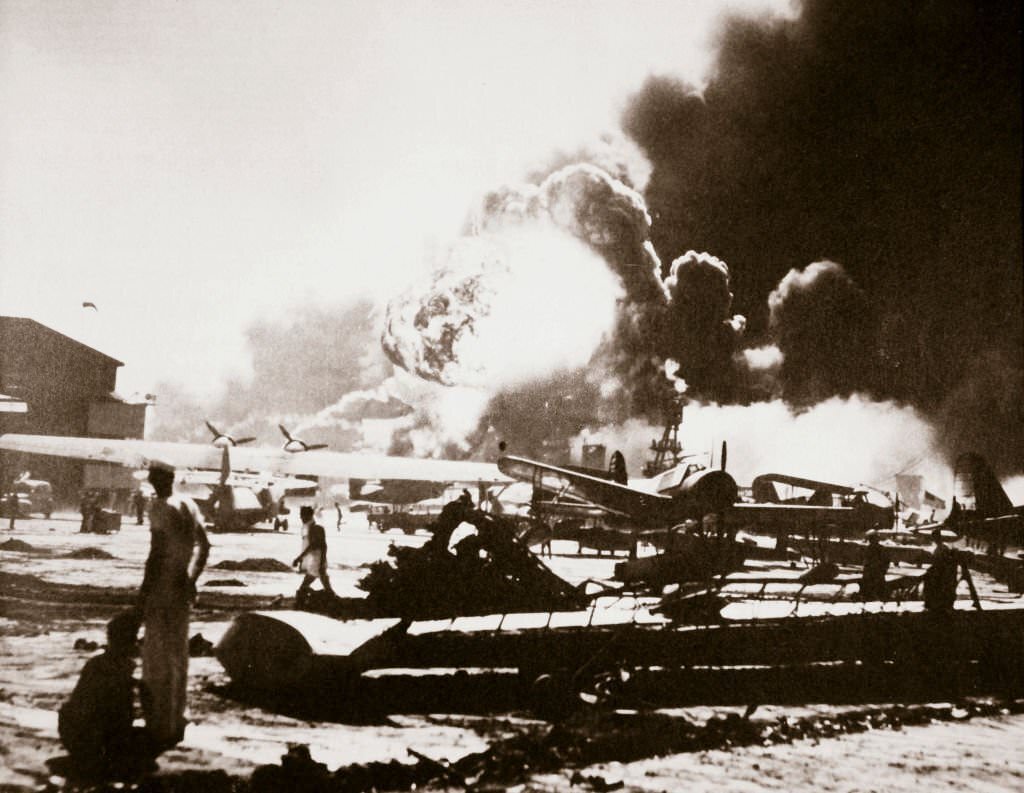
The Japanese Navy launched a surprise attack on the US military facilities at Pearl Harbour on the morning of 7 December 1941 using bombers launched from aircraft carriers. The attack succeeded in sinking 4 battleships and damaging 4 others, and destroyed 188 aircraft. 2345 servicemen lost their lives along with 57 civilians.
#106 A wounded POW is unloaded from a transport plane to a Red Cross ambulance in Honolulu. October 1945.
#107 Sailors Playing Pinball in Honolulu, 1940s
#108 The beach of the Royal Hawaiian Hotel in Honolulu which has been leased by the American navy for officers and men on leave. The barbed wire on the beach does not stop them enjoying a swim, 1940s
#109 In Honolulu a policeman runs traffic to allow the passage of a line of tanks. Honolulu, March 1942
#110 These two men, behind makeshift sand barricades, are two company employees, who take time out from their regular work, to stand guard with rifles cocked, against any possible Japanese move.
#111 Volunteers During Pearl Harbor Standoff, 1940s
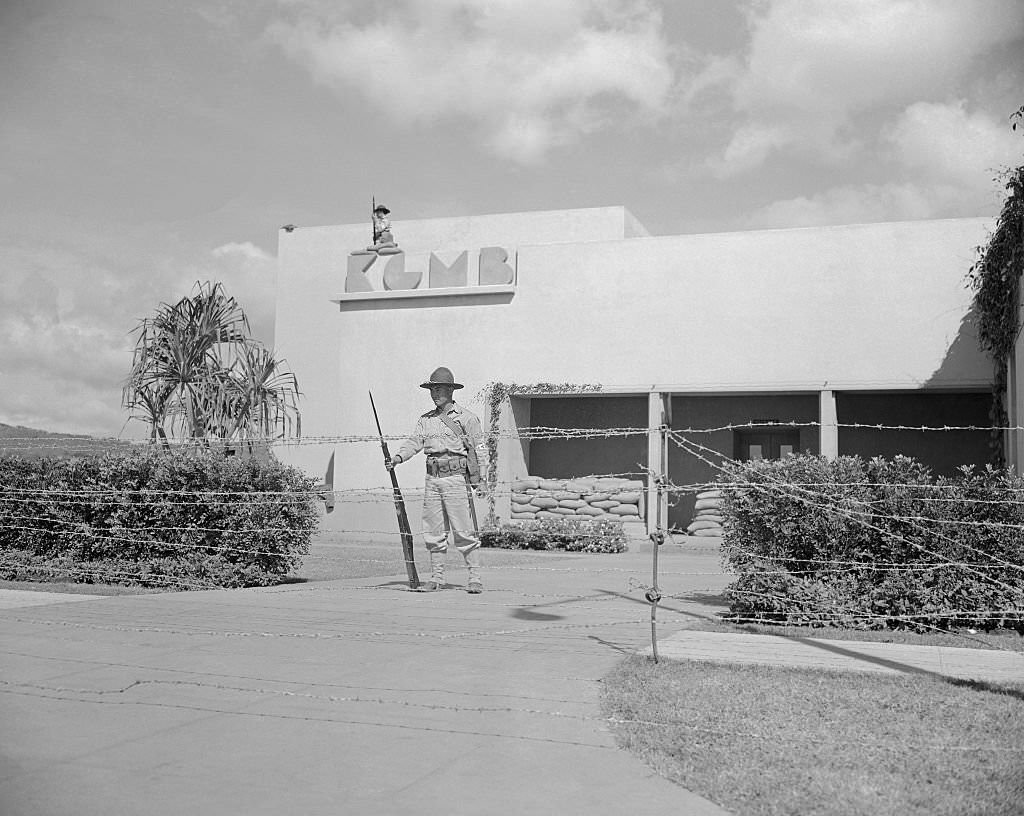
With barbed wire stretched around the grounds, members of the newly formed Hawaii territorial guard are pictured on duty at Honolulu's radio station KGMB. The entire island was reinforced and the fighting personnel was ready fro the Japs to return, so that they could repay the "Aryans" back tenfold.
#112 Hawaiian Territorial Guard, 1942
#113 Hickam Field aircraft hangar at Pearl Harbour (Pearl Harbor), Hawaii, destroyed by Japanese bombs during World War II, 1942
#114 Hawaiians watch as a school building used as an emergency hospital burns fiercely after a heavy bombing attack by Japanese raiders in Honolulu, World War II, 30th December 1941,
#115 Destroyed Japanese Submarine Found Near Pearl Harbor, 1942
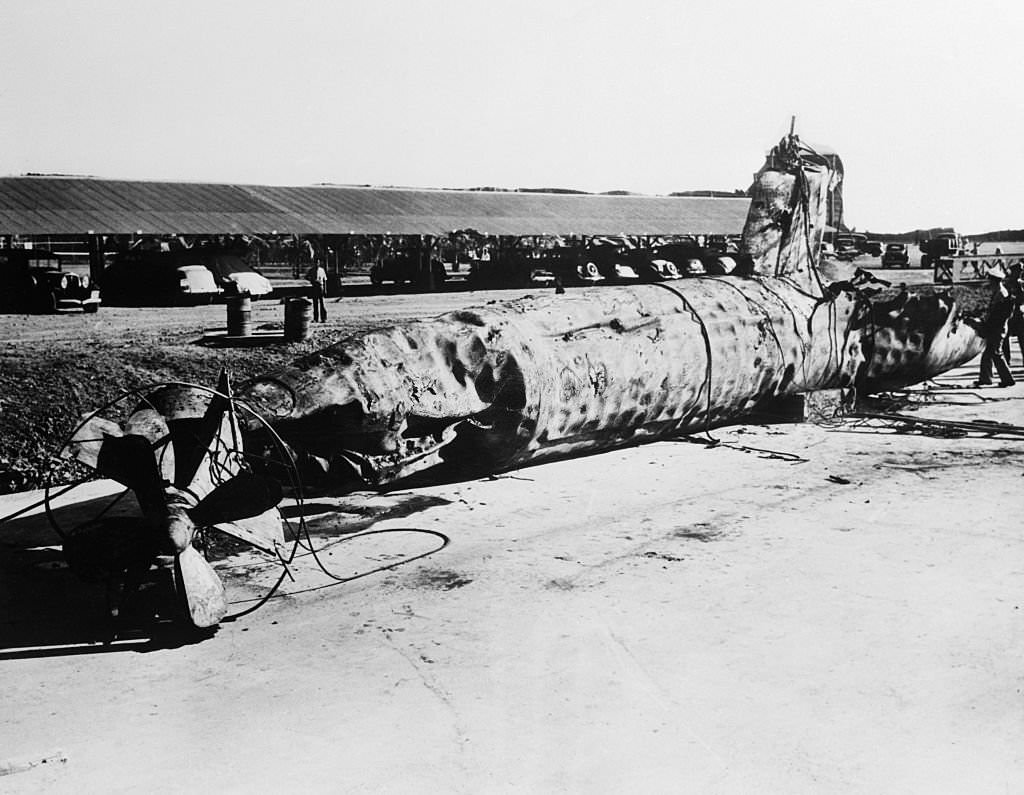
All that remains of a Japanese two-man "suicide submarine," after it tried to attack an aircraft tender at Pearl harbor, December 7th is shown. The tender's gun put through a shell through the conning tower, killing the pilot, (hole visible in center of tower). Then a U. S. destroyer rammed the sub, tearing off the bow of the submersible, and finished the job with depth charges. Photo here shows the battered hull on the beach.
#116 Japanese Merchants Going Through Debris of Bombed out Store, 1940s
#117 Wreckage in Honolulu following the Japanese Attack on Pearl Harbor of December 7th, 1942
#118 This is a photo of wreckage in Honolulu following the Japanese sneak raid of December 7th.
#119 Wreckage in Honolulu following the Japanese Attack on Pearl Harbor of December 7th.
#120 Bombs dropped from Japanese planes rained suddenly out of the skies on December 7, 1941, leaving a wake of death and ruins on this Pacific Ocean outpost of the United States, a scene of devastation in suburban Wakiki Beach, a favorite resort spot of tourists from the island.
#121 View of Destroyed Honolulu Homes and Businesses After Pearl Harbor Attack.
#122 Damaged Schoolroom in Honolulu.
#123 School Building on Fire.
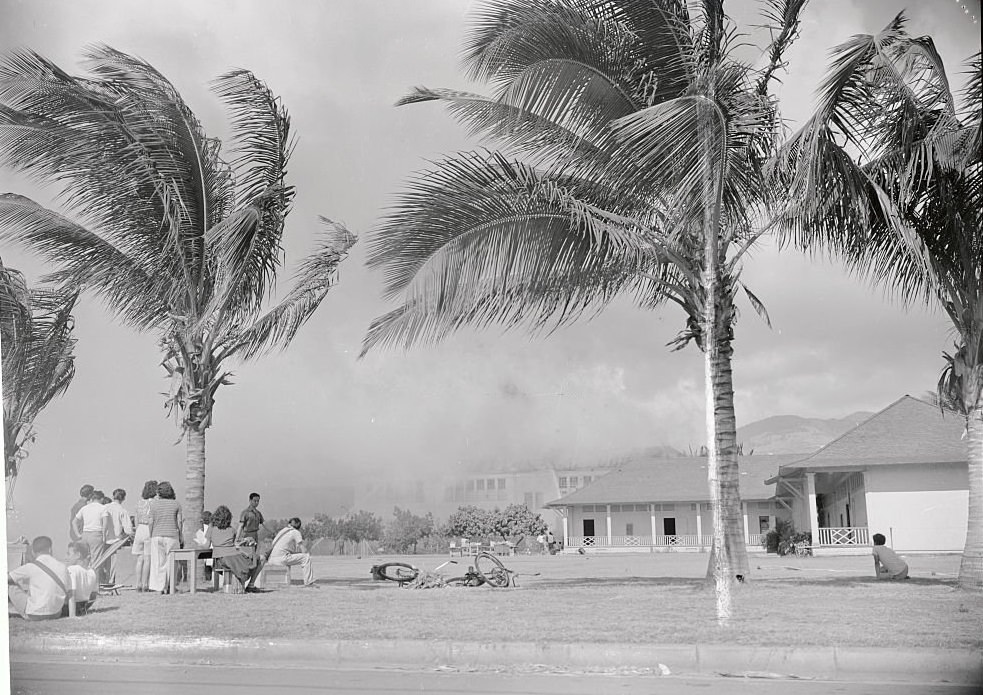
School building (background) which had been used as emergency hospital for those wounded in first Japanese bomb raid, was hit by high explosive and incendiary bombs in a later raid, and is shown burning fiercely after wounded were moved out on lawn to). Streams of water from firemen's hoses are seen playing on the blaze. Barracks at right (foreground were strafed by machine gun fire, in early raid).
#124 Spectators at Airfight.
#125 Soldiers Looking out of Hickam Field Trench.
#126 Families Fleeing Neighborhood.
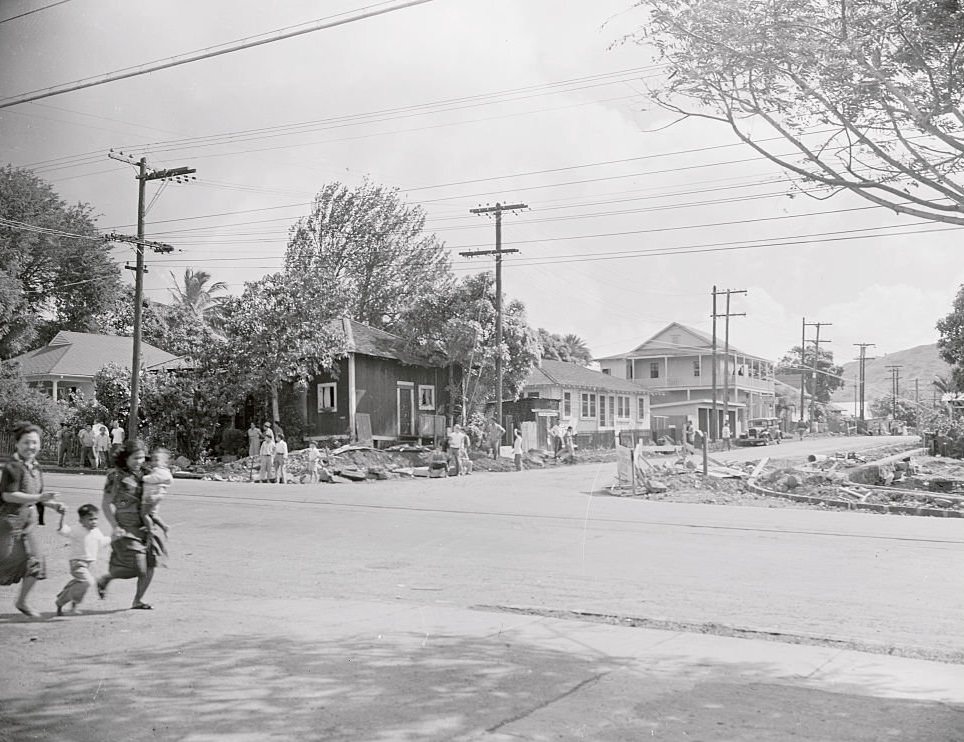
Puzzled by the roar of diving Japanese planes, the explosion of bombs and the rattle of machine guns, natives at this crossroads on the outskirts of Honolulu, register indecision and some curiosity, but mothers with their children (left) are fleeing instinctively from this unknown horror from the skies, December 7, as photographer took these first pictures of treacherous Nippon Attack.
#127 View of Smoking Area After Japanese Attack in Hawaii.
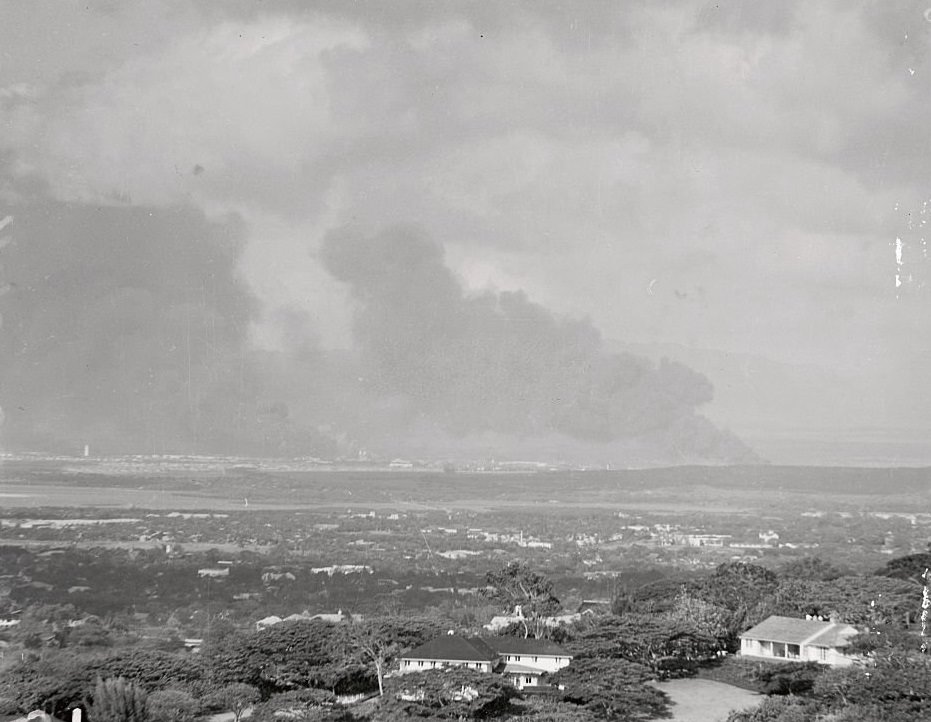
Pearl Harbor, U.S. military and Naval stronghold in the Pacific, lies under an ominous pall of black smoke here, shortly after the Japanese planes bombed the harbor and surrounding military objectives while Japan's "peace negotiators" still talked of peace to Secretary Hull in Washington and the United States Ambassador to Japan was being told in Tokyo that Nipon desired peace


